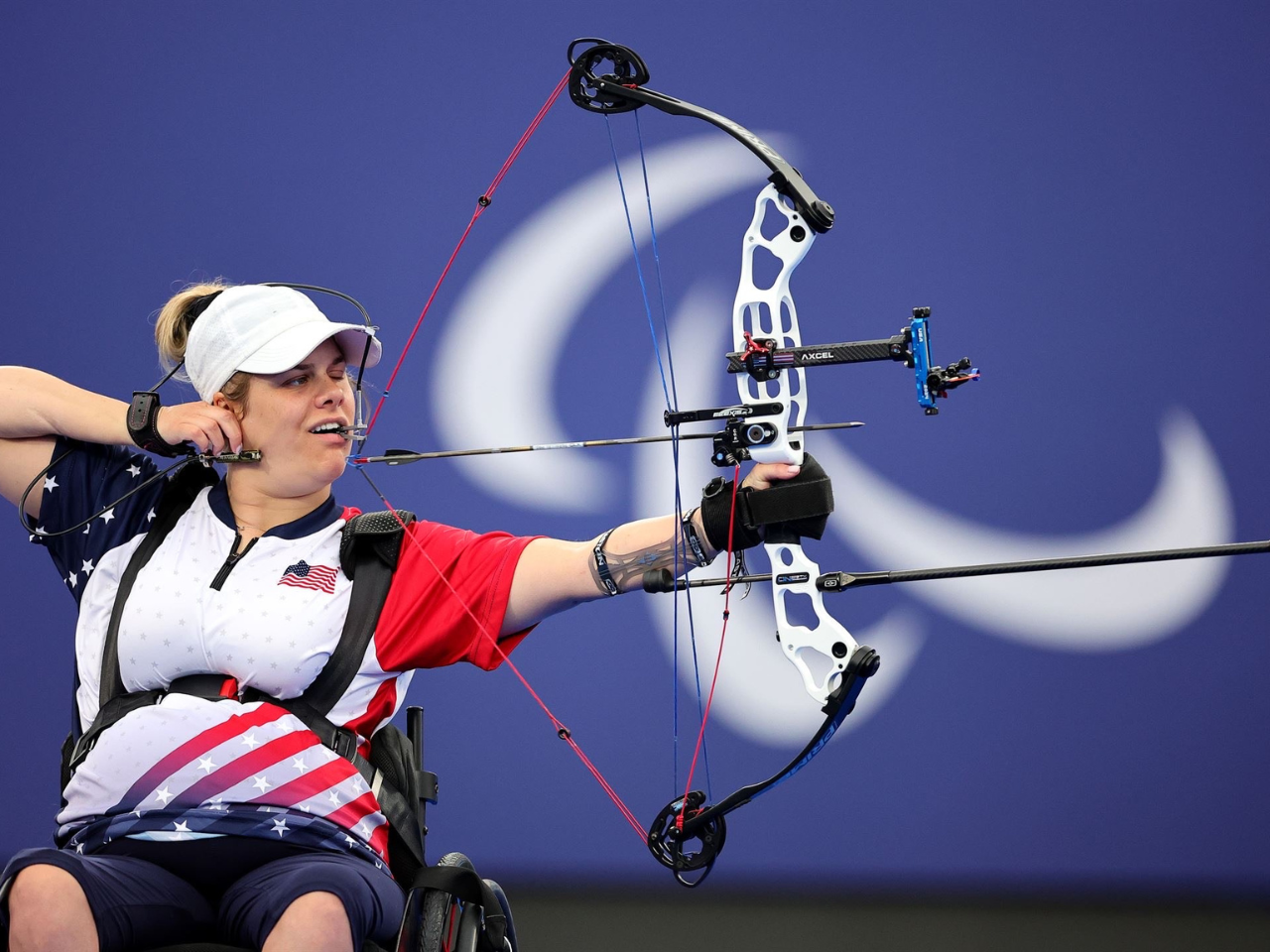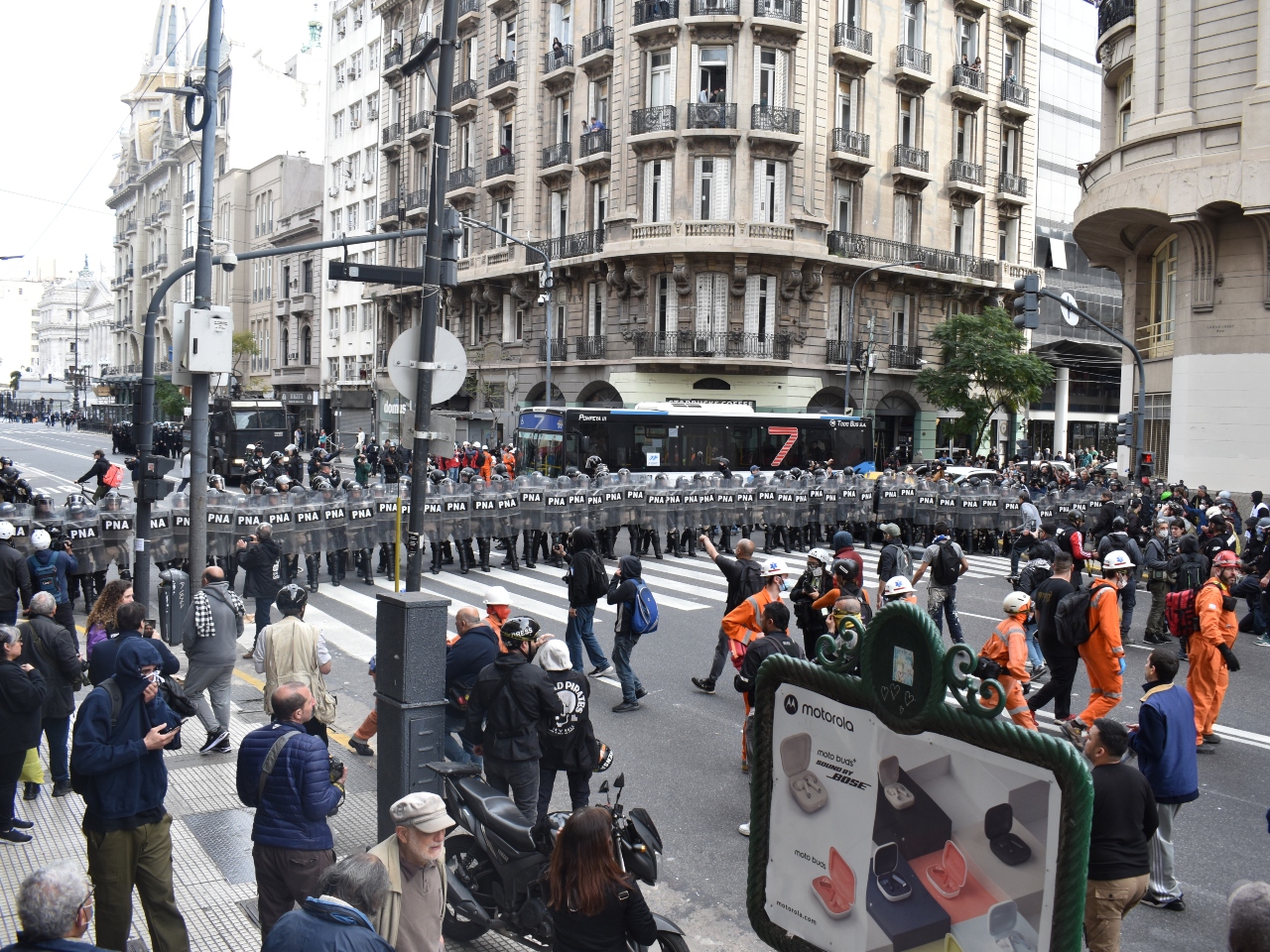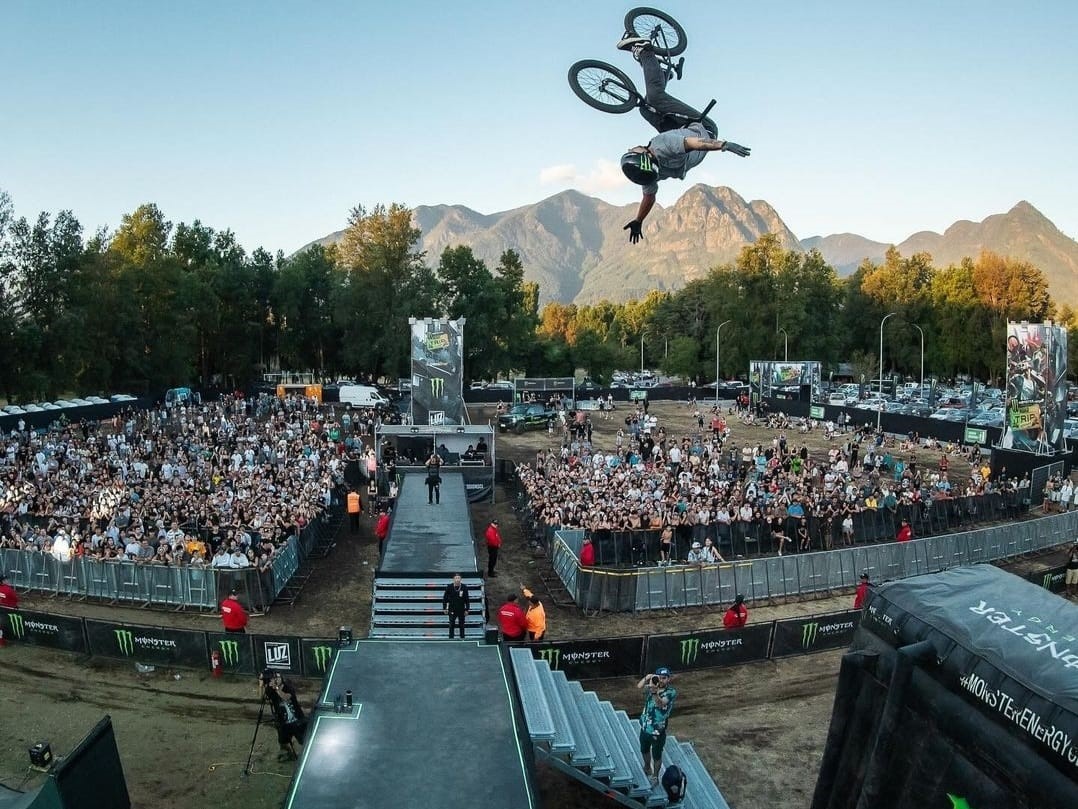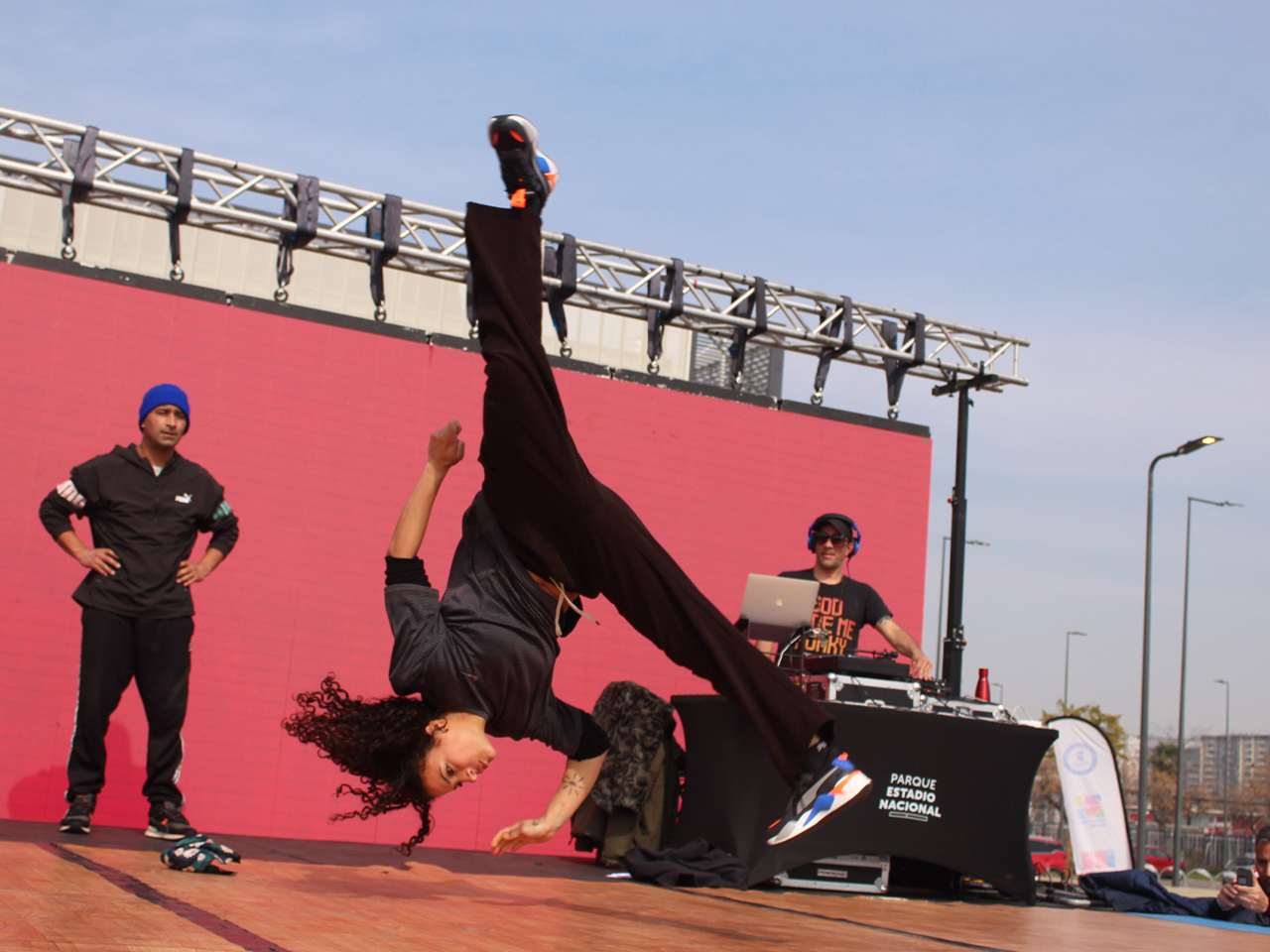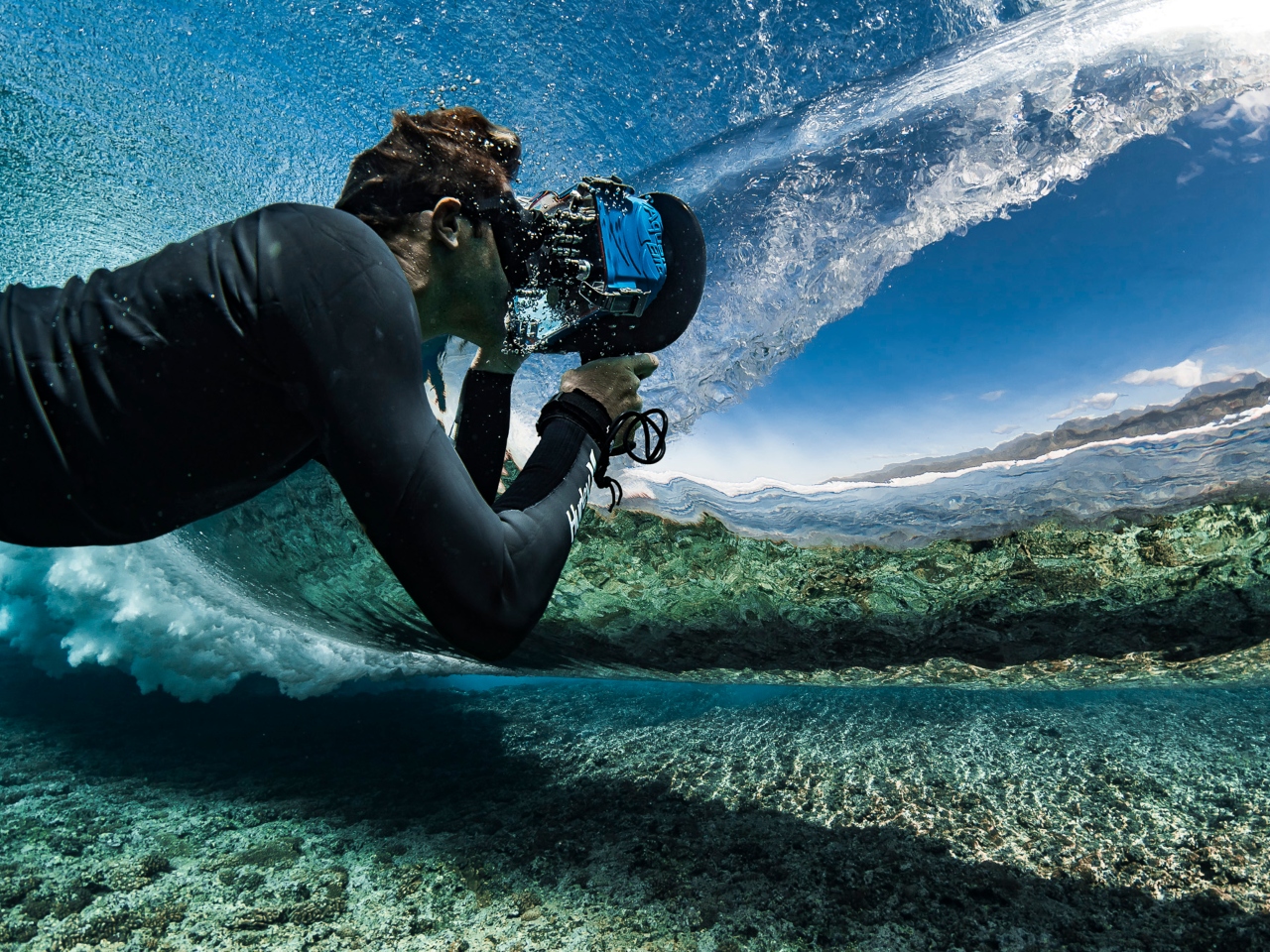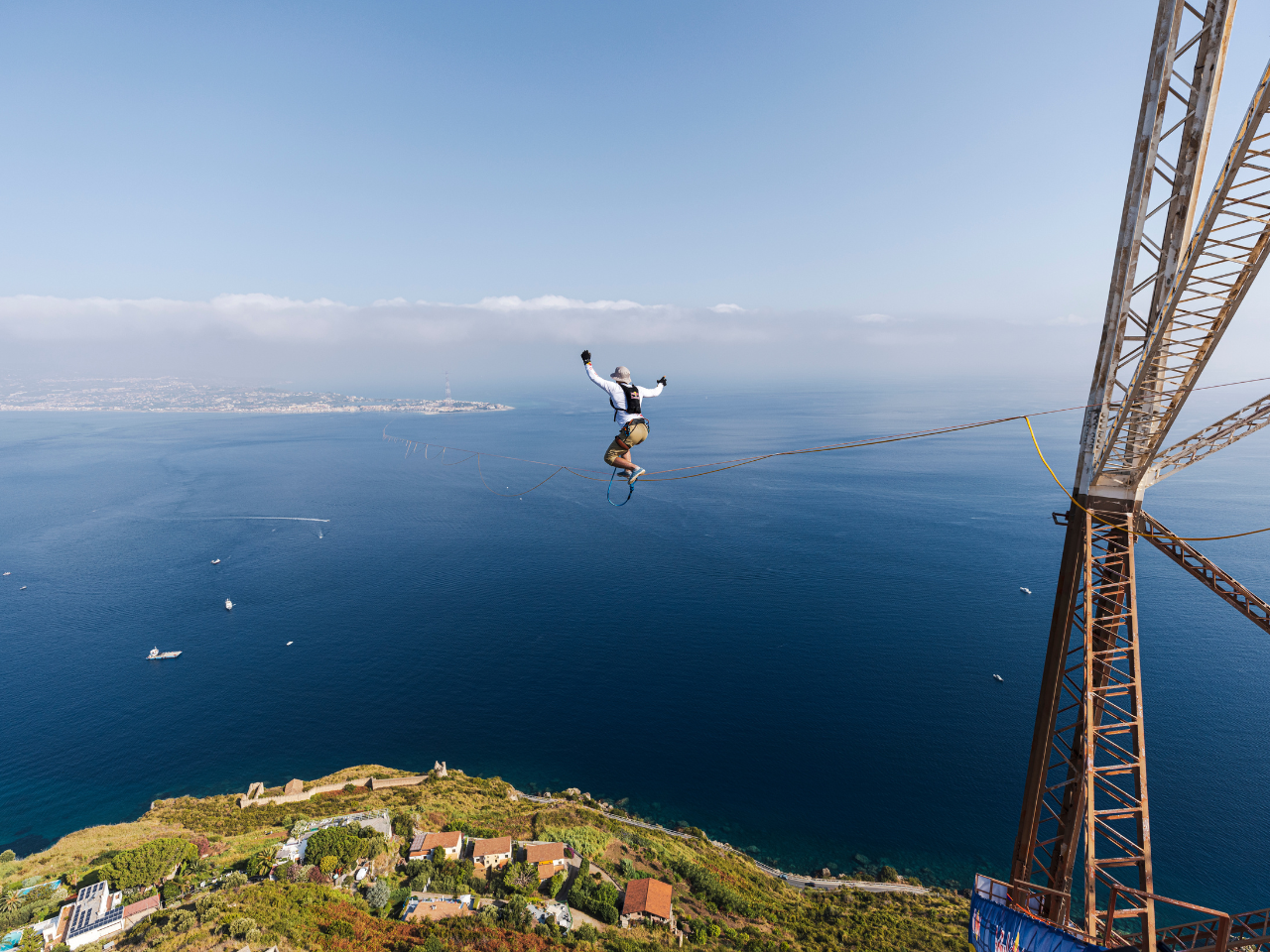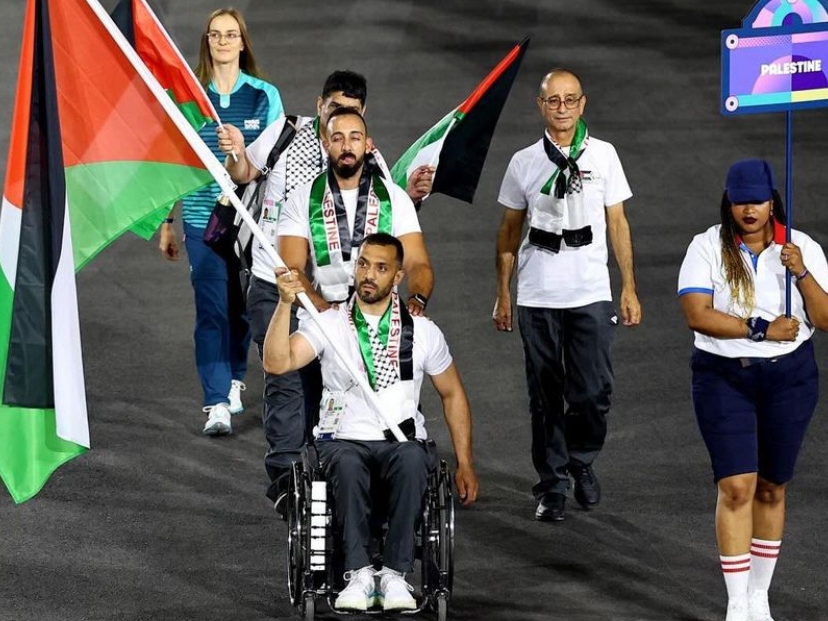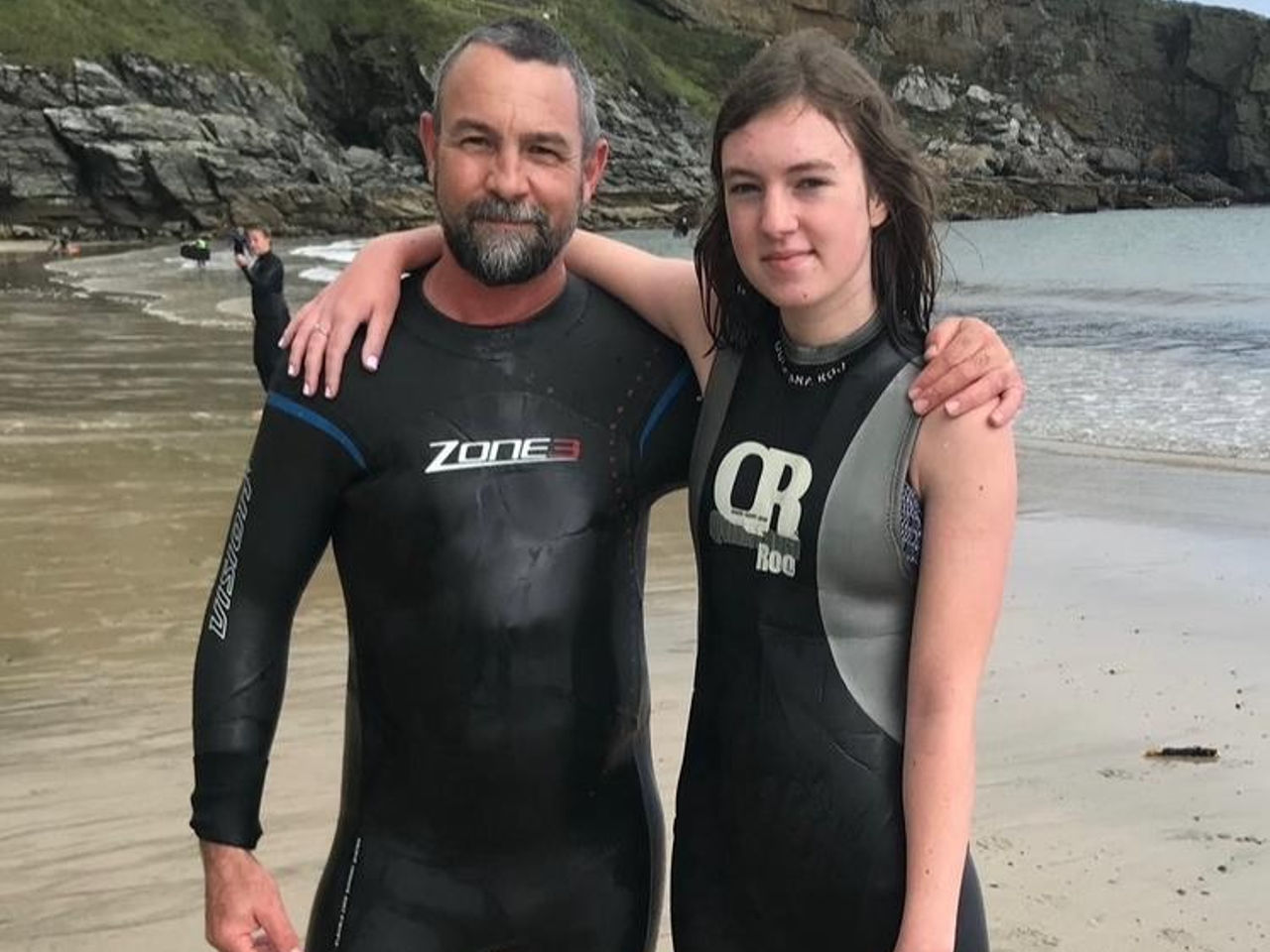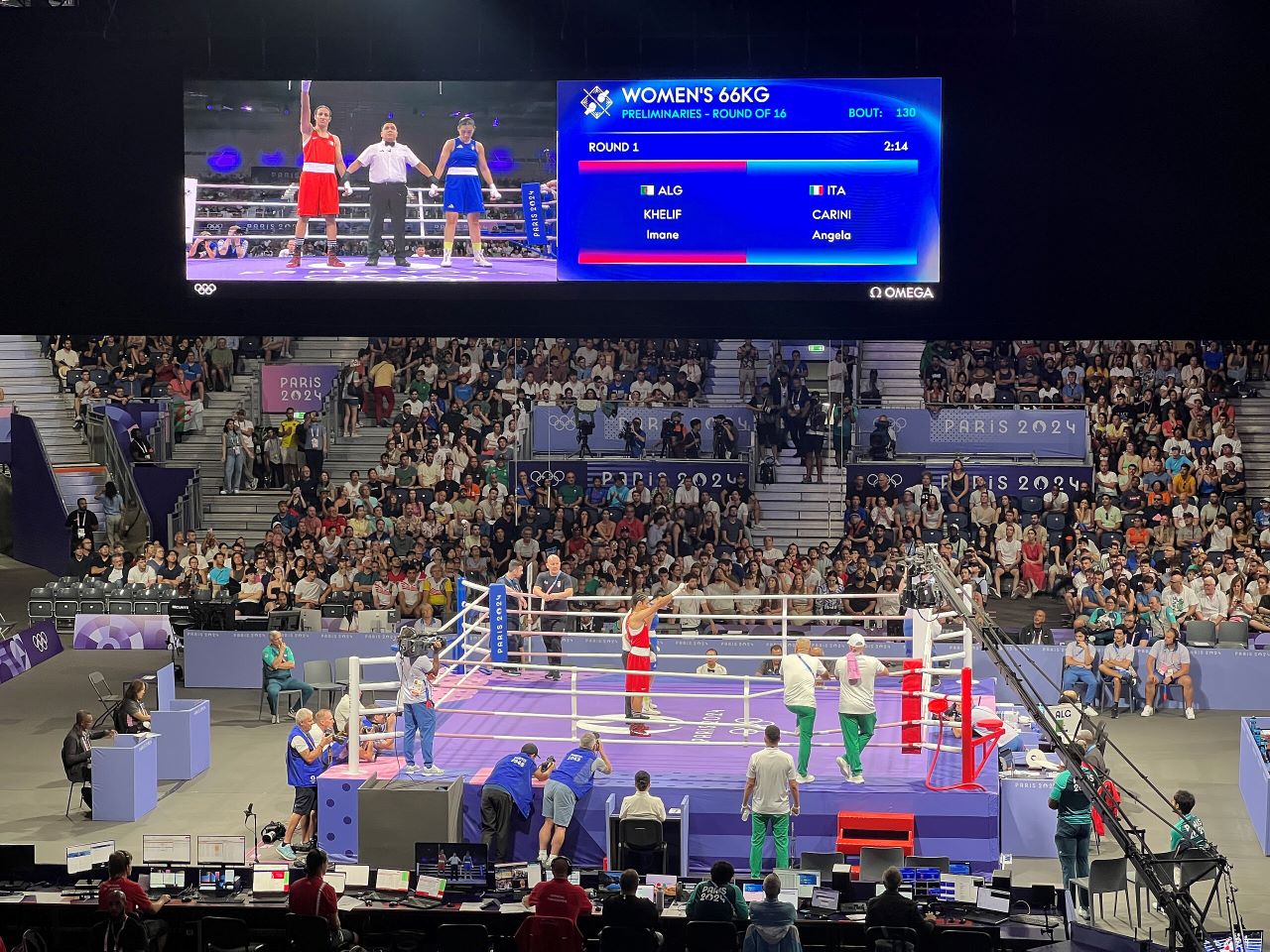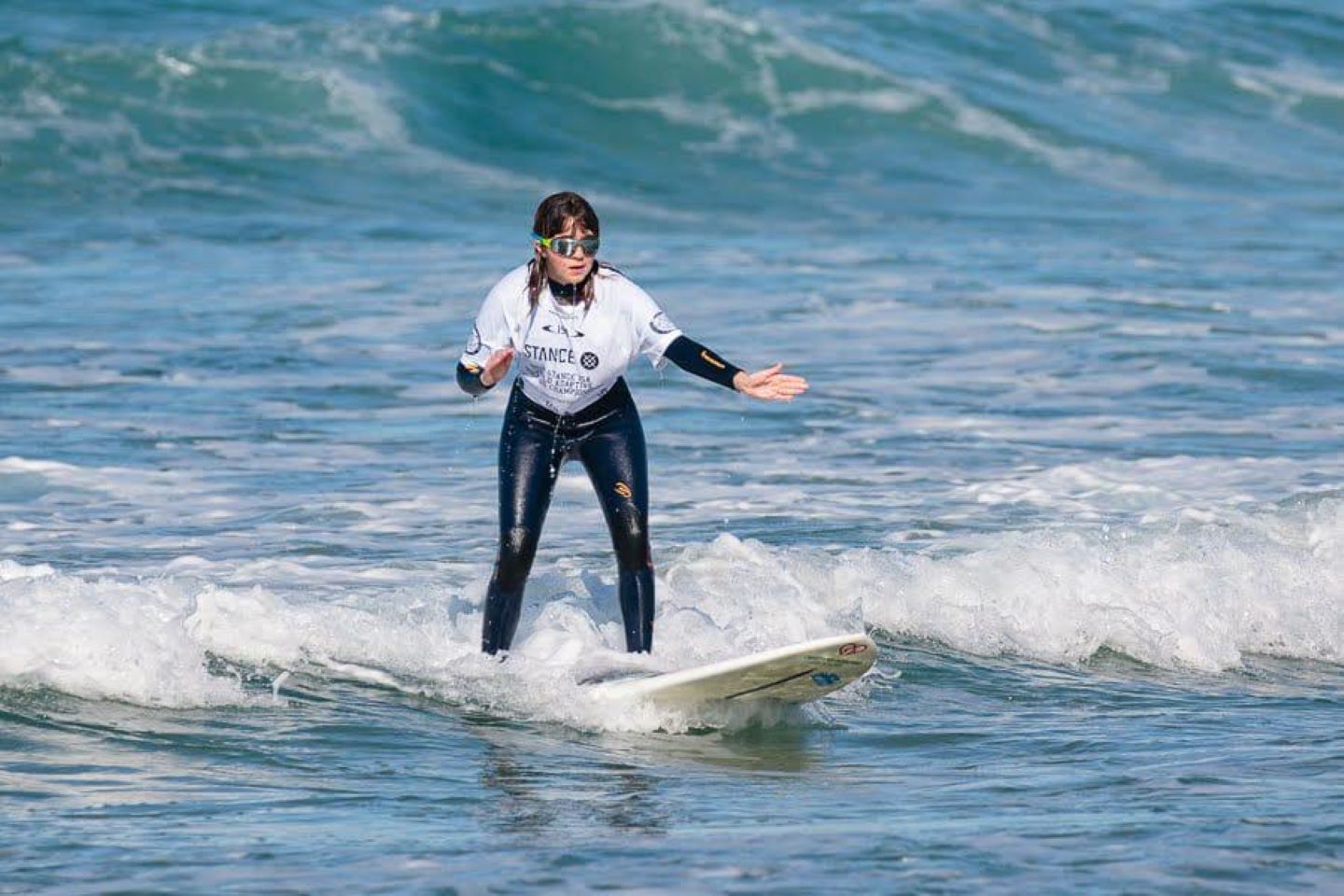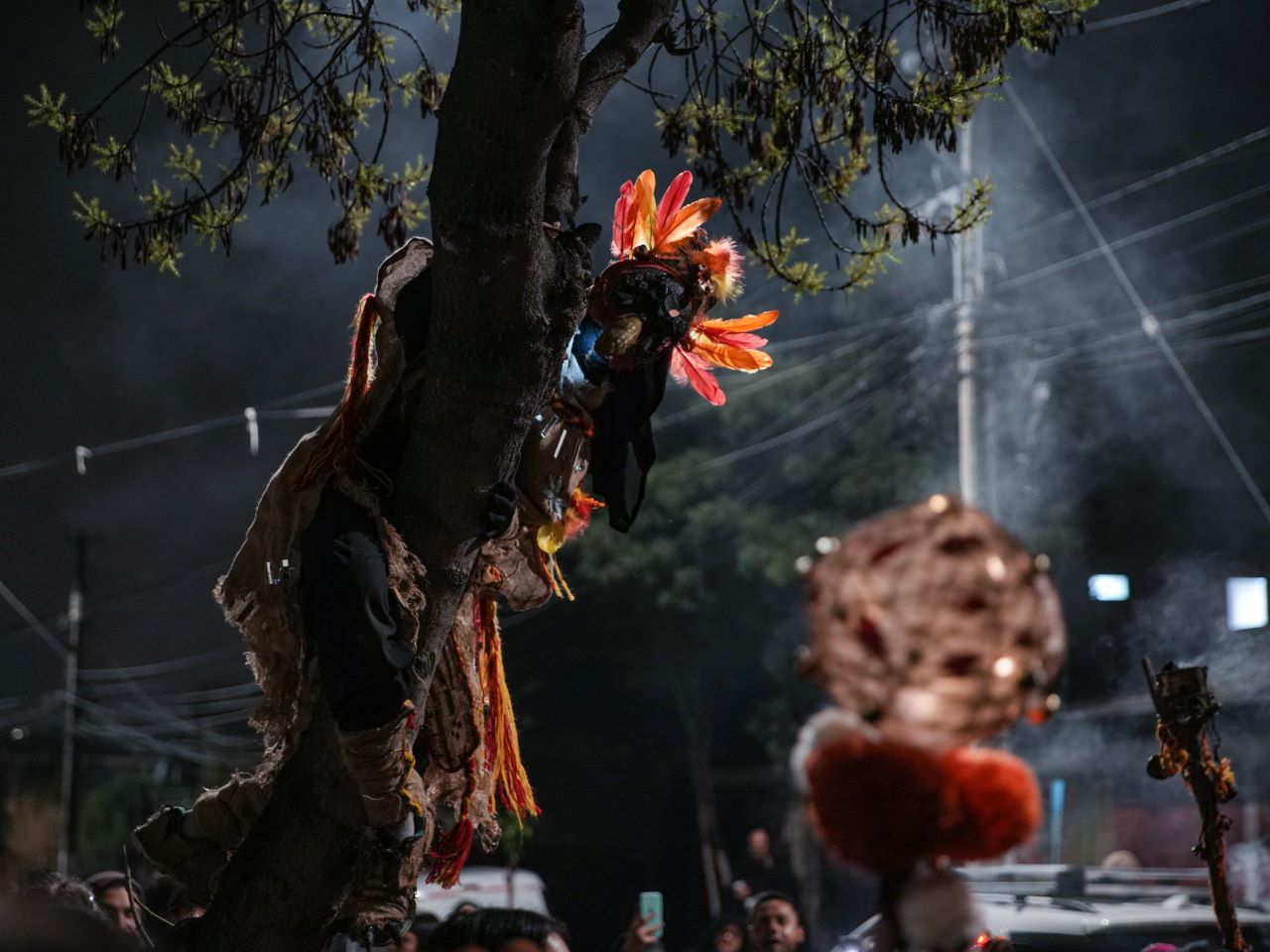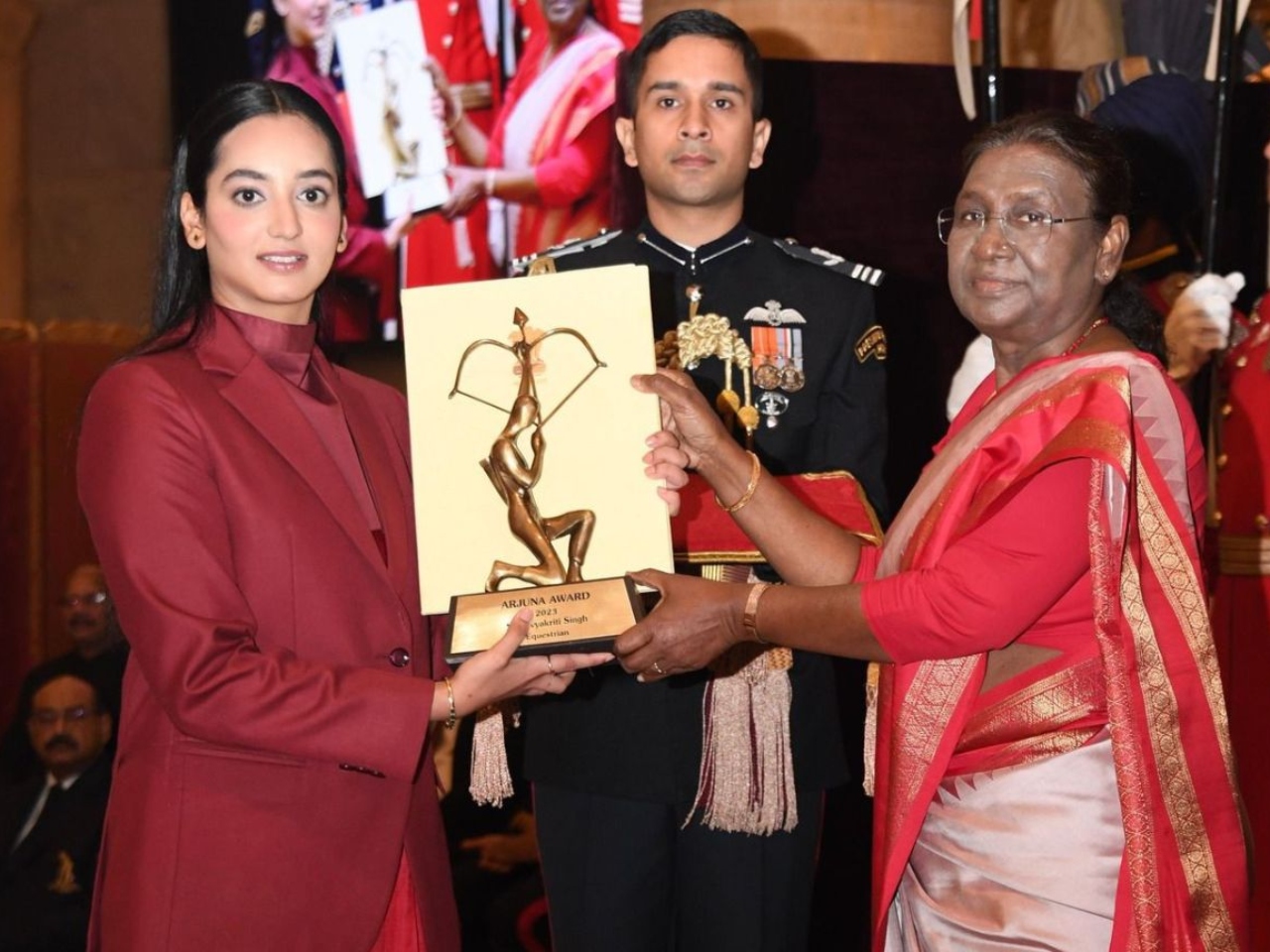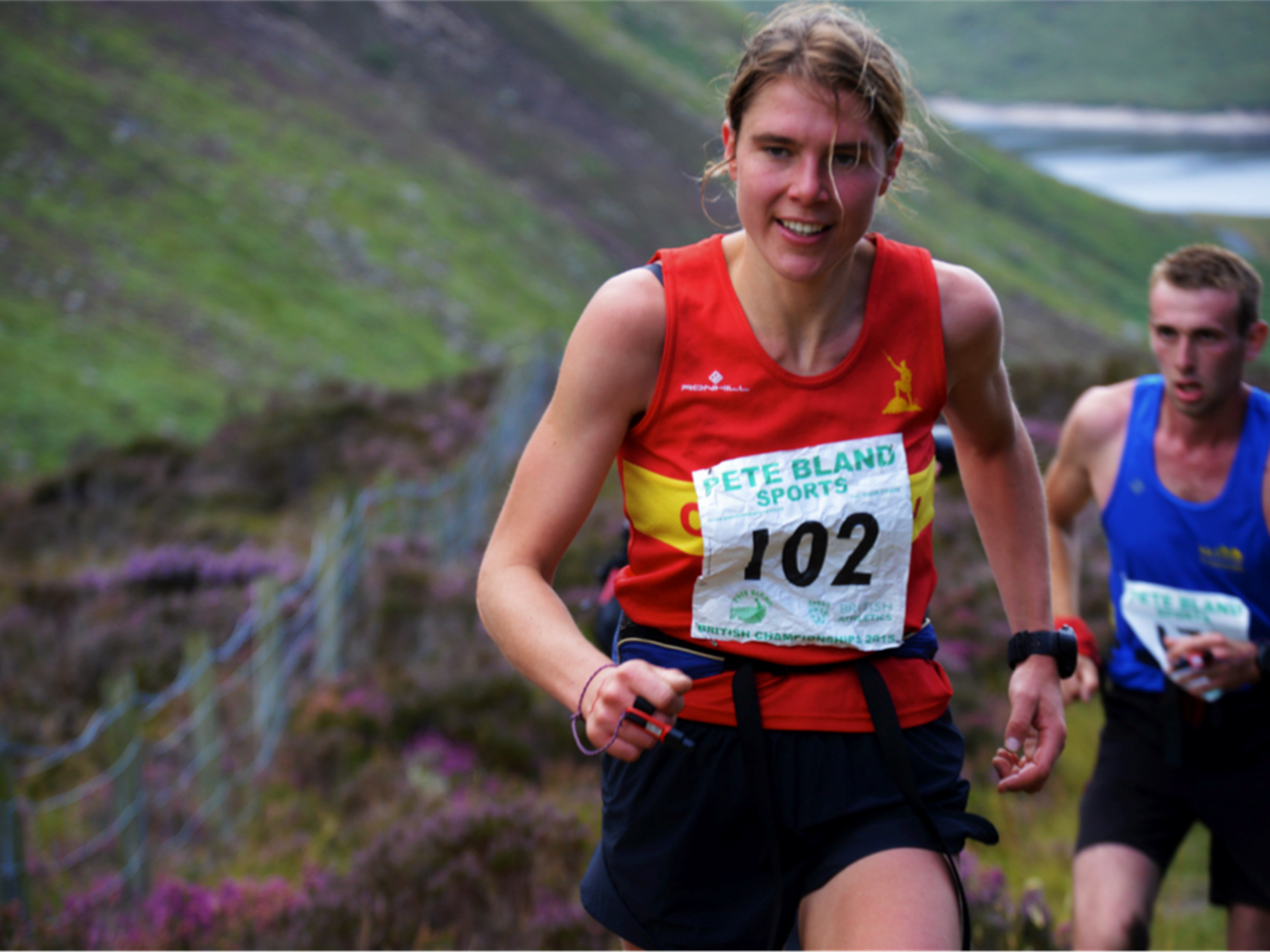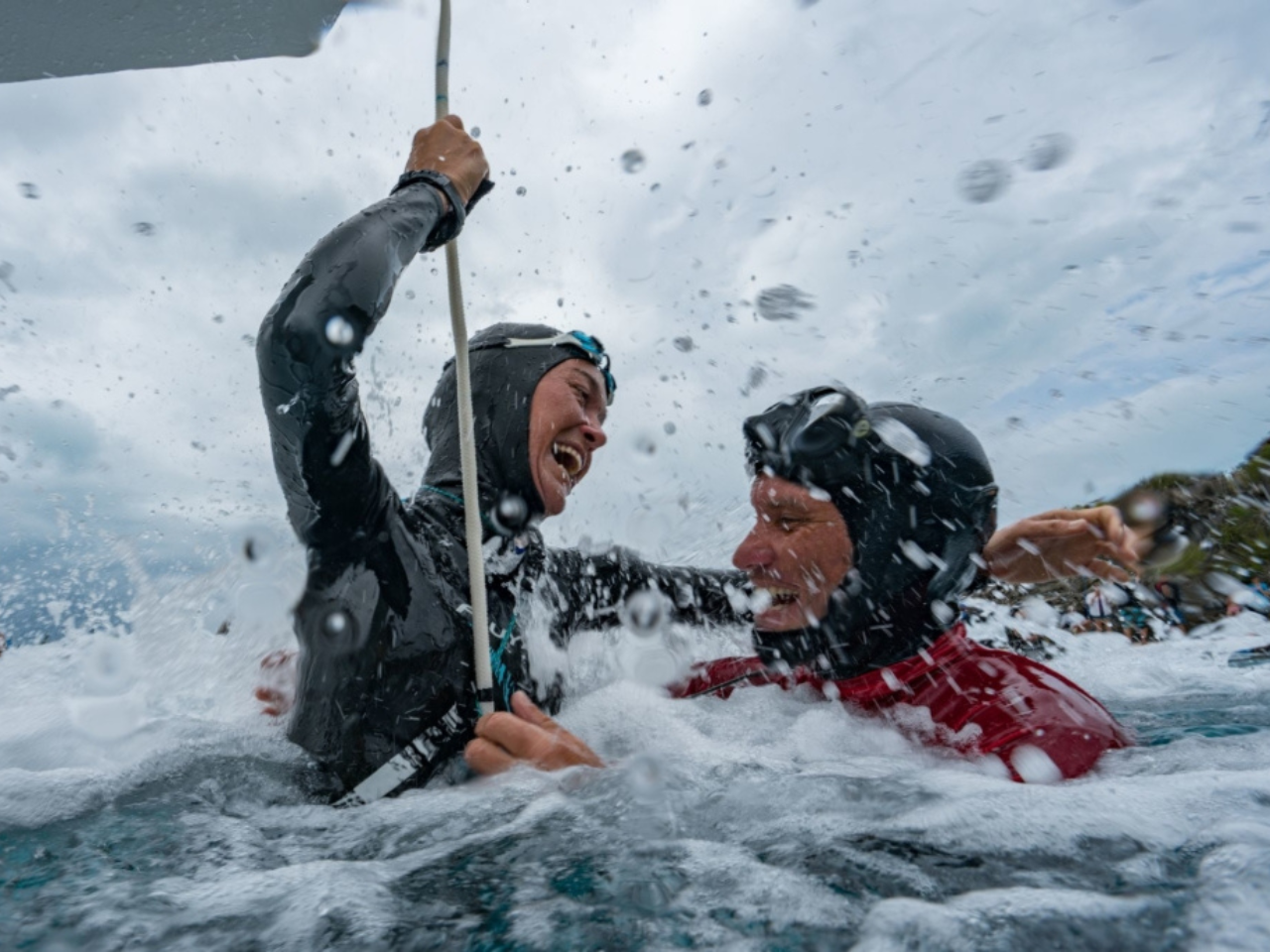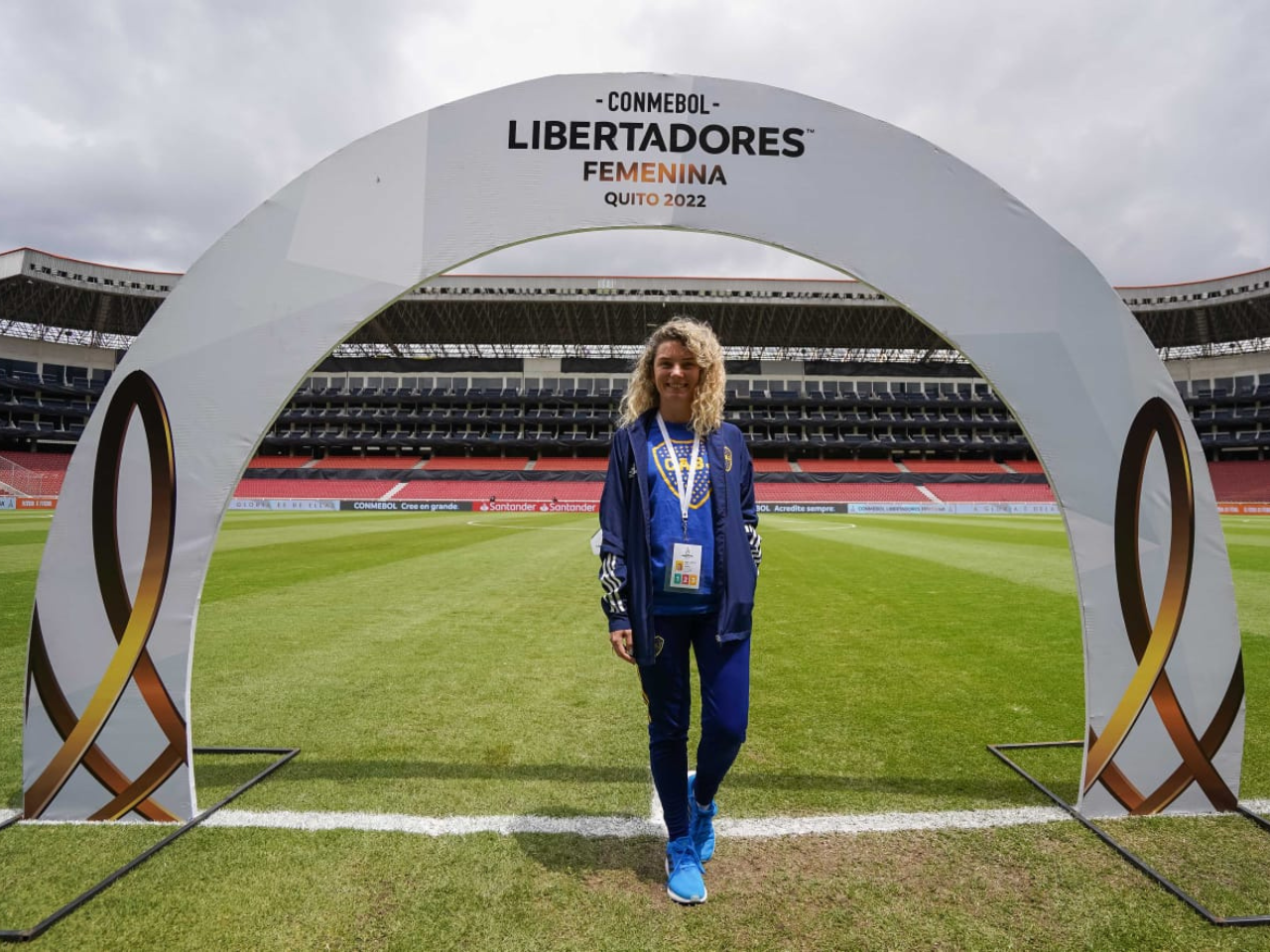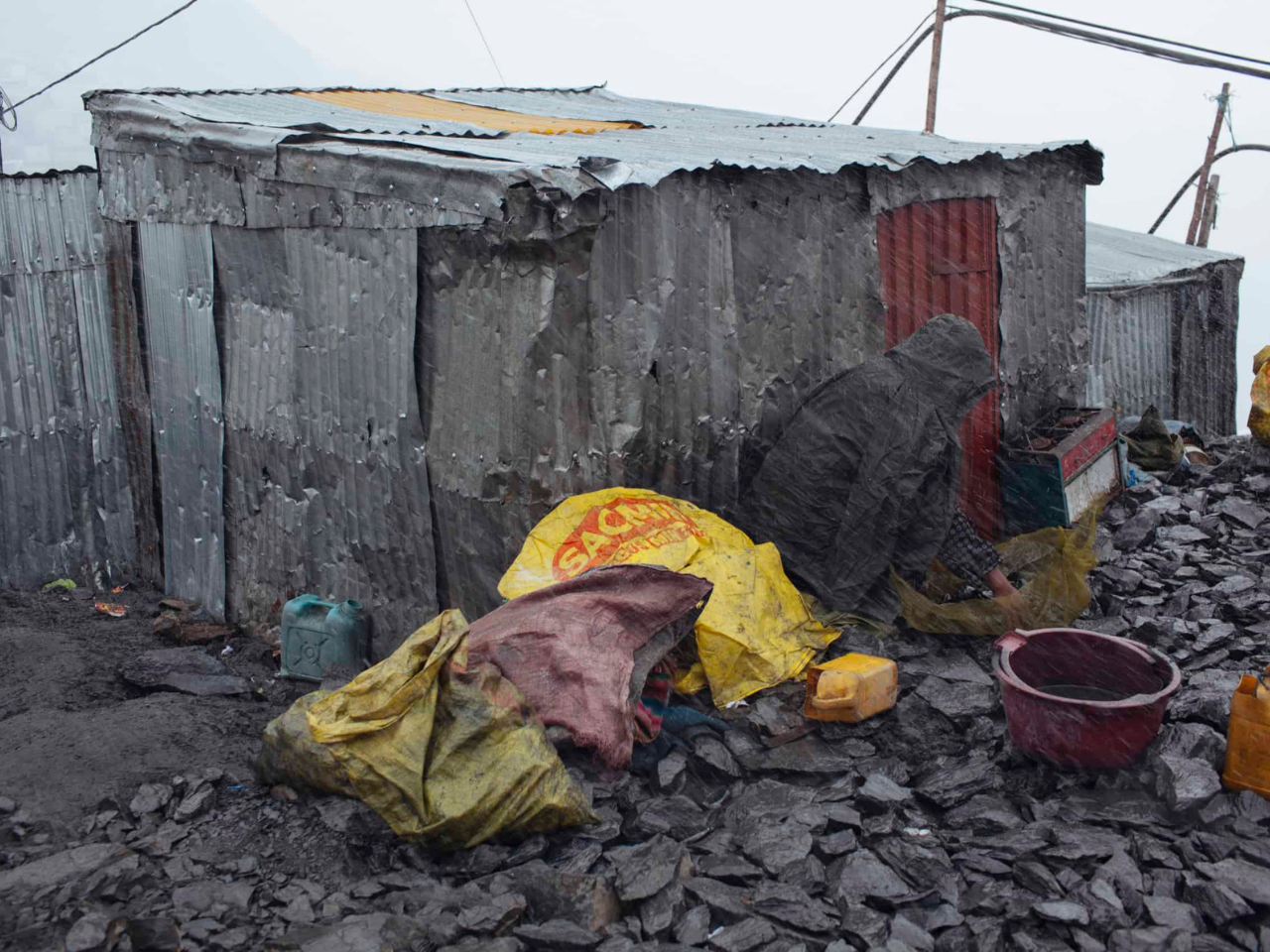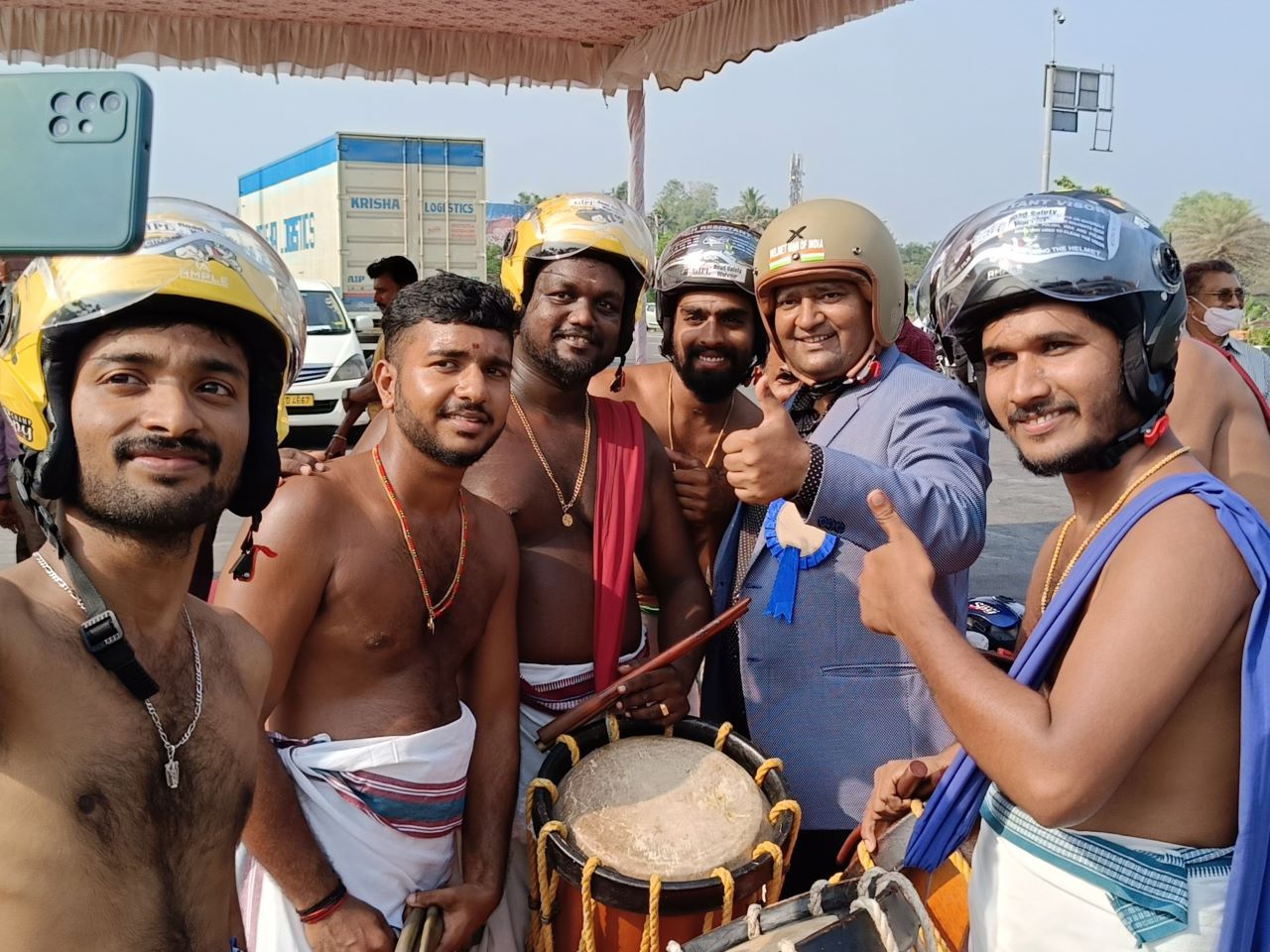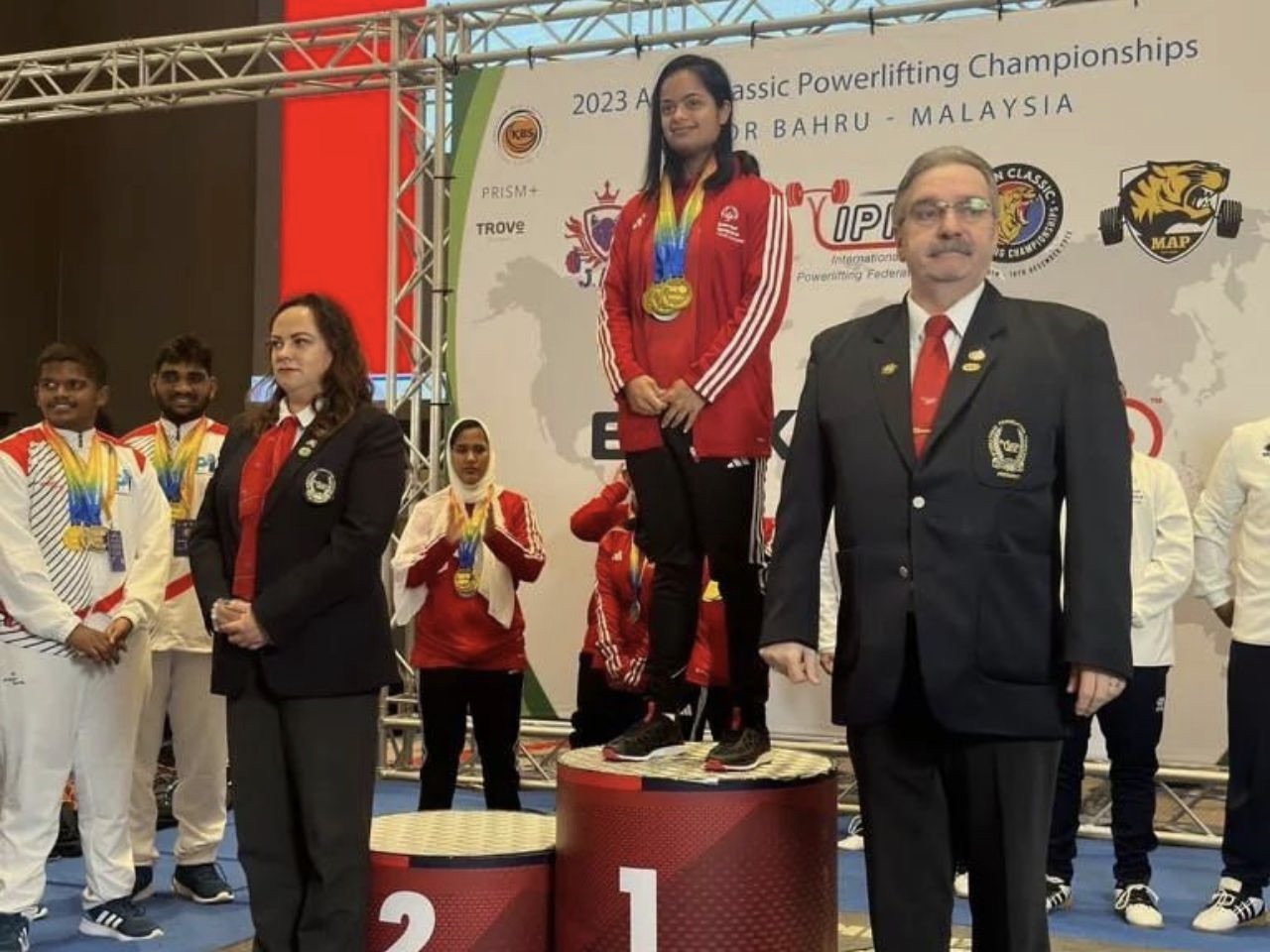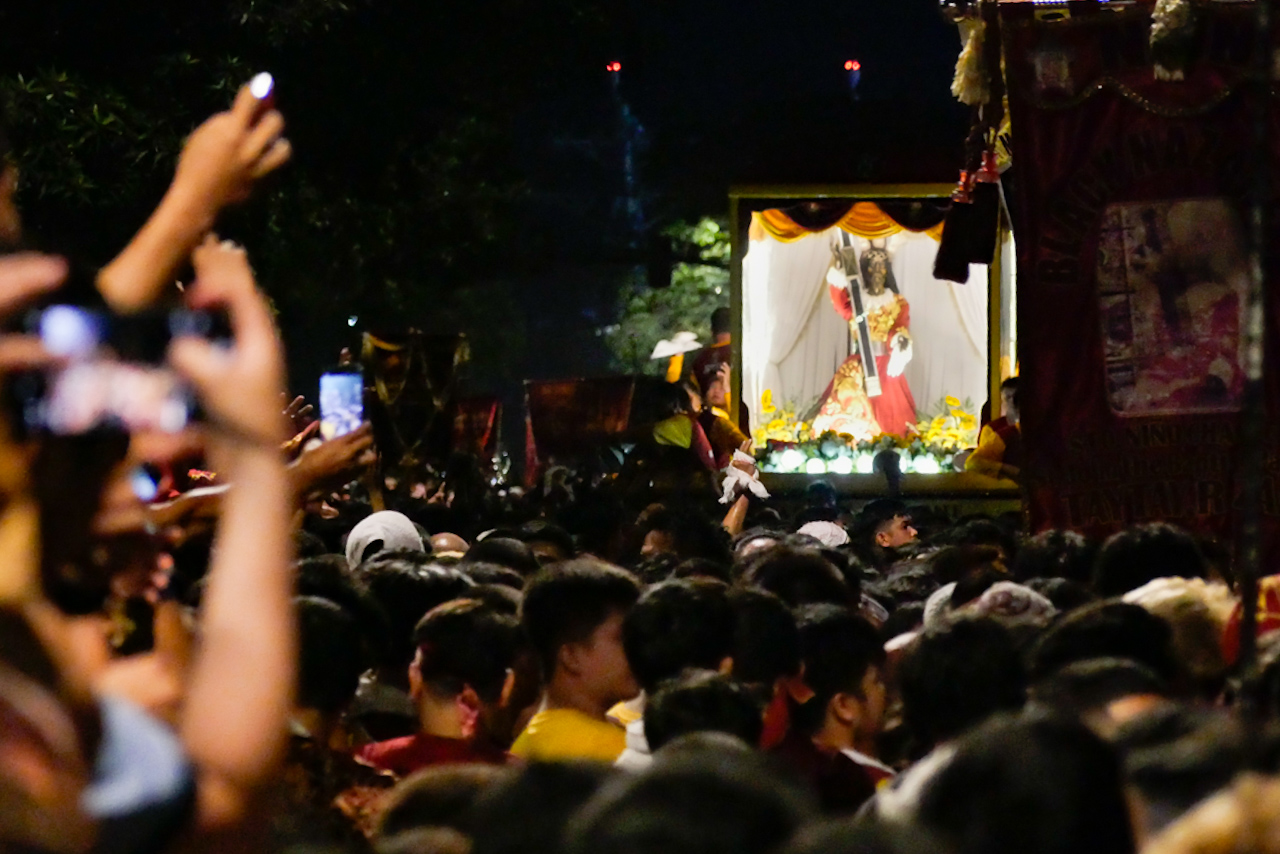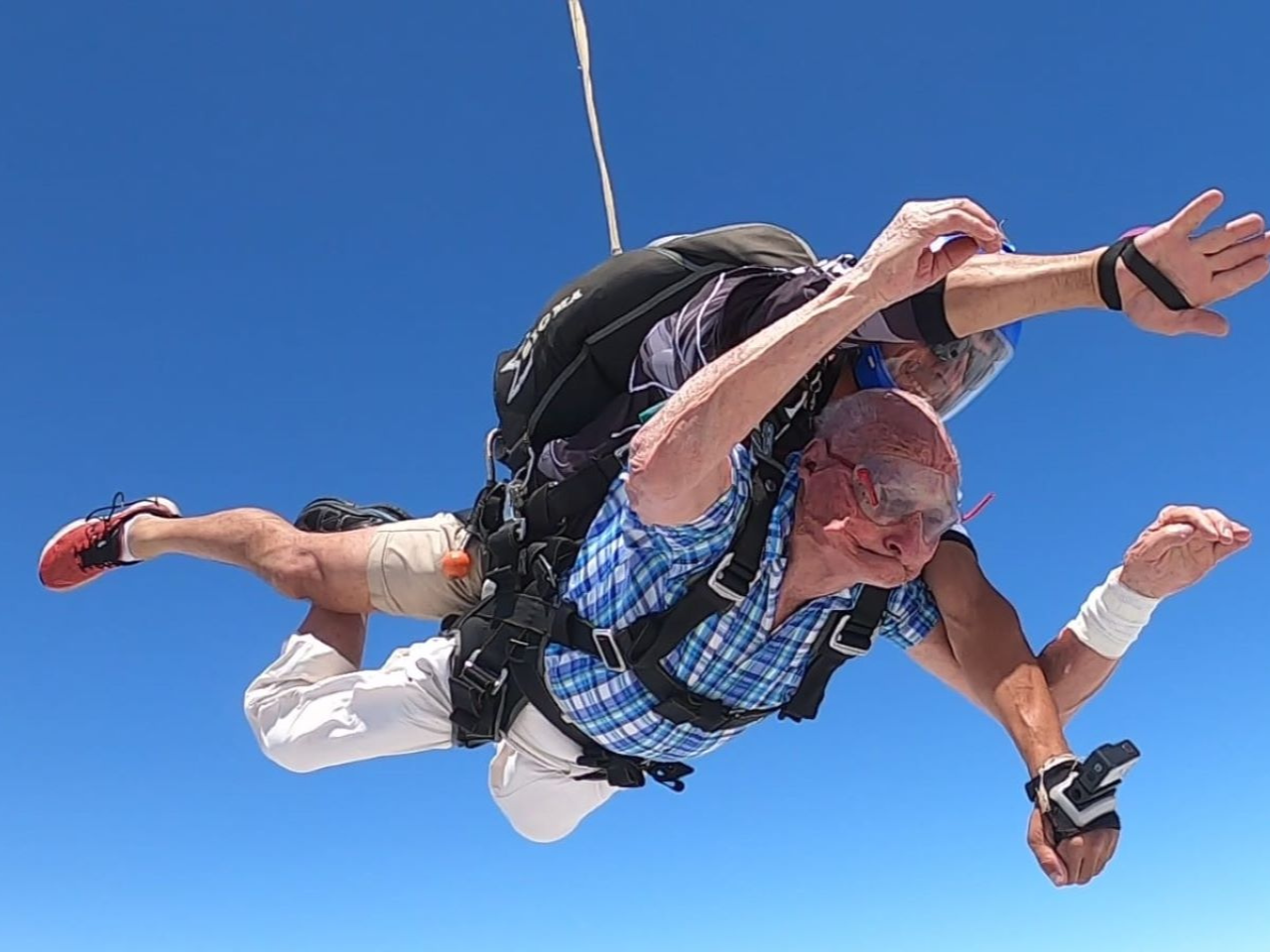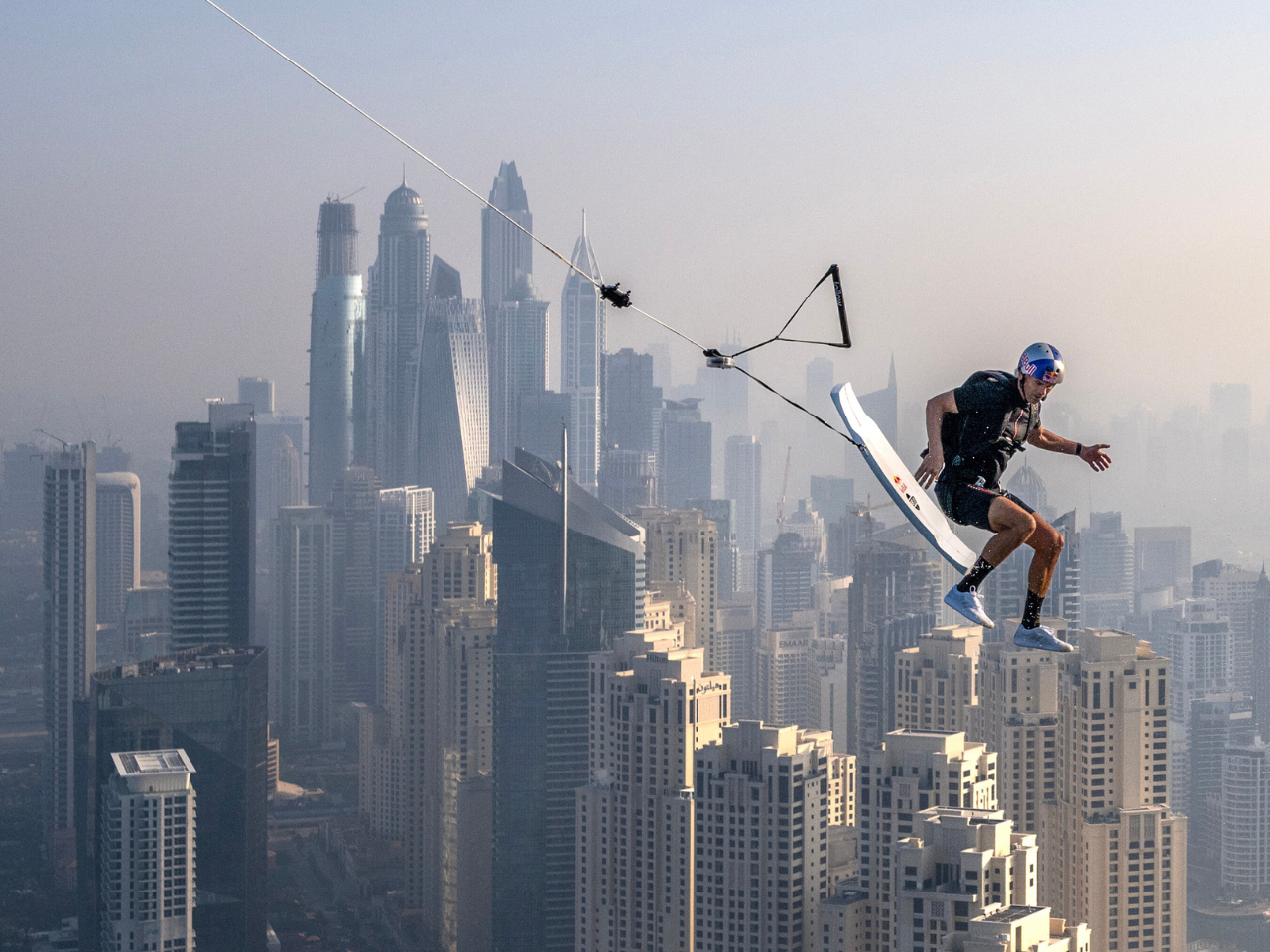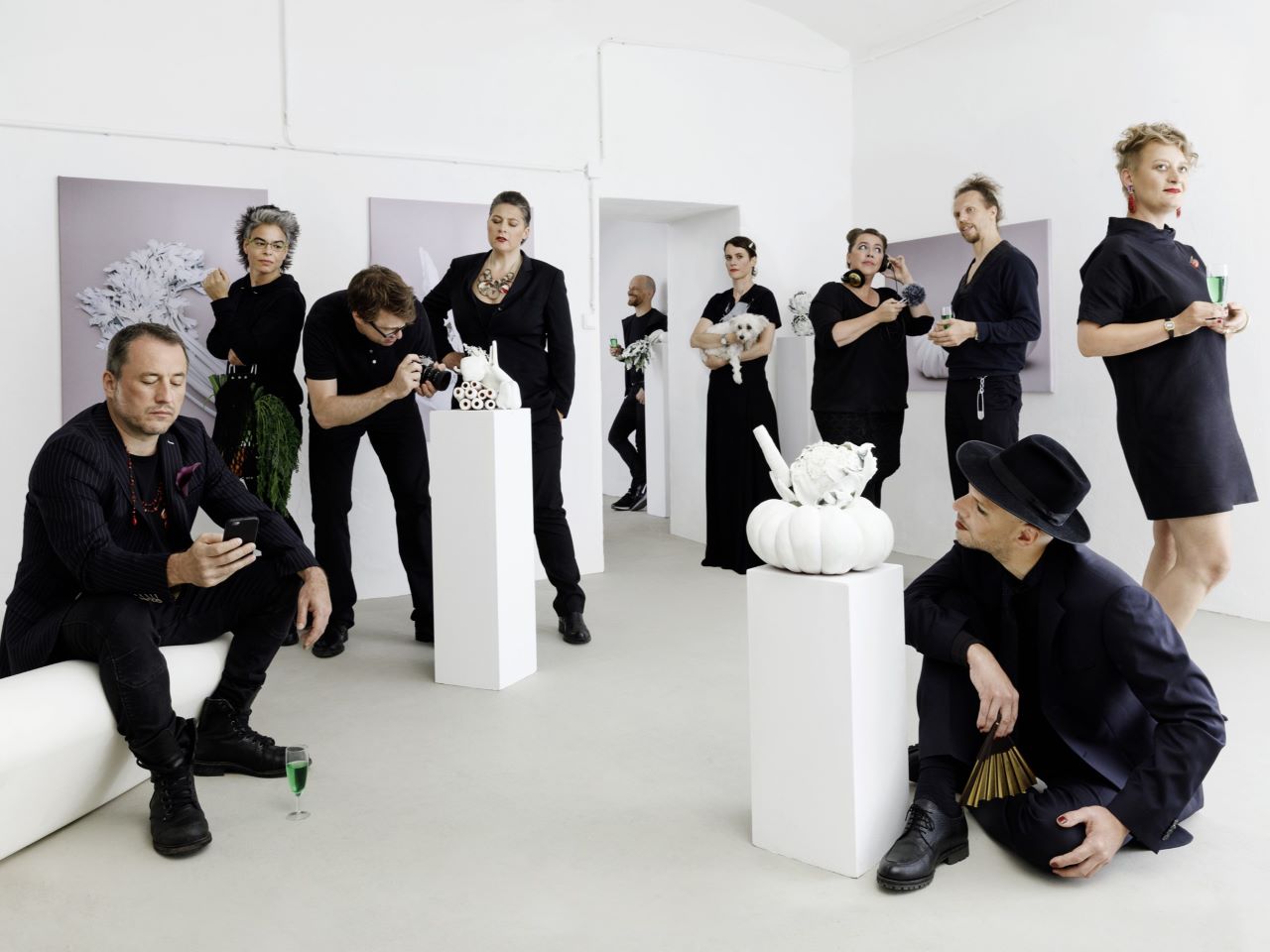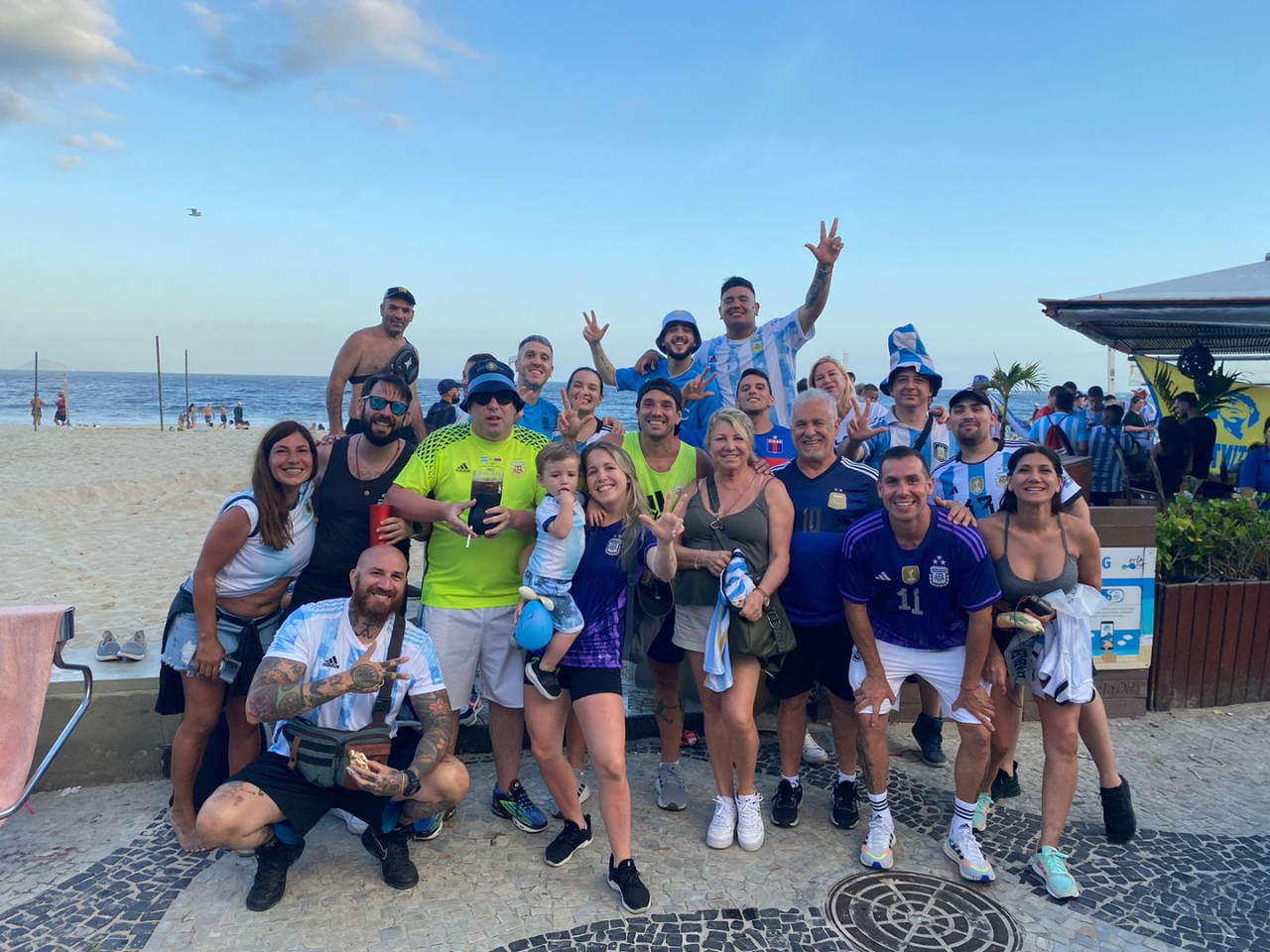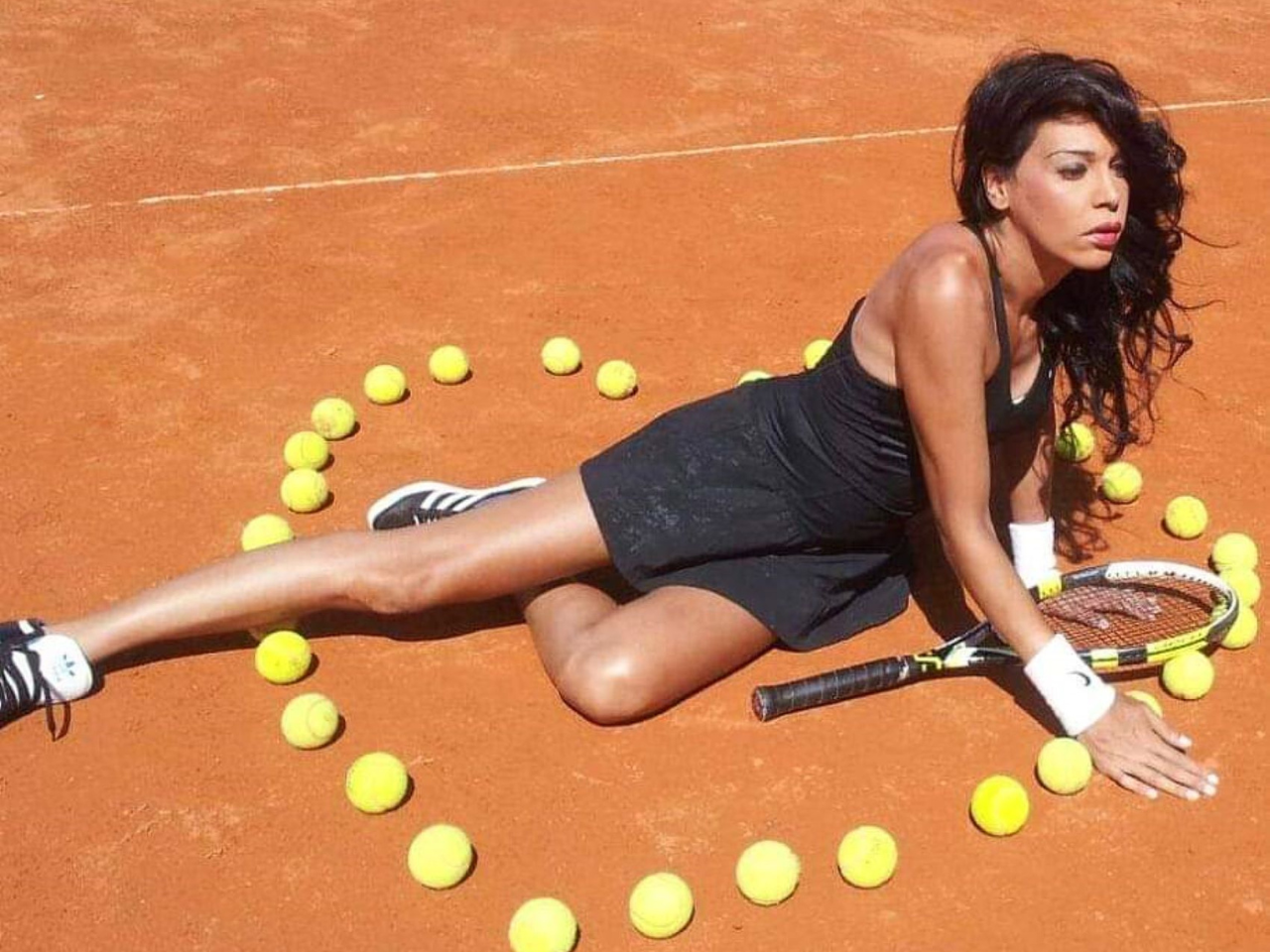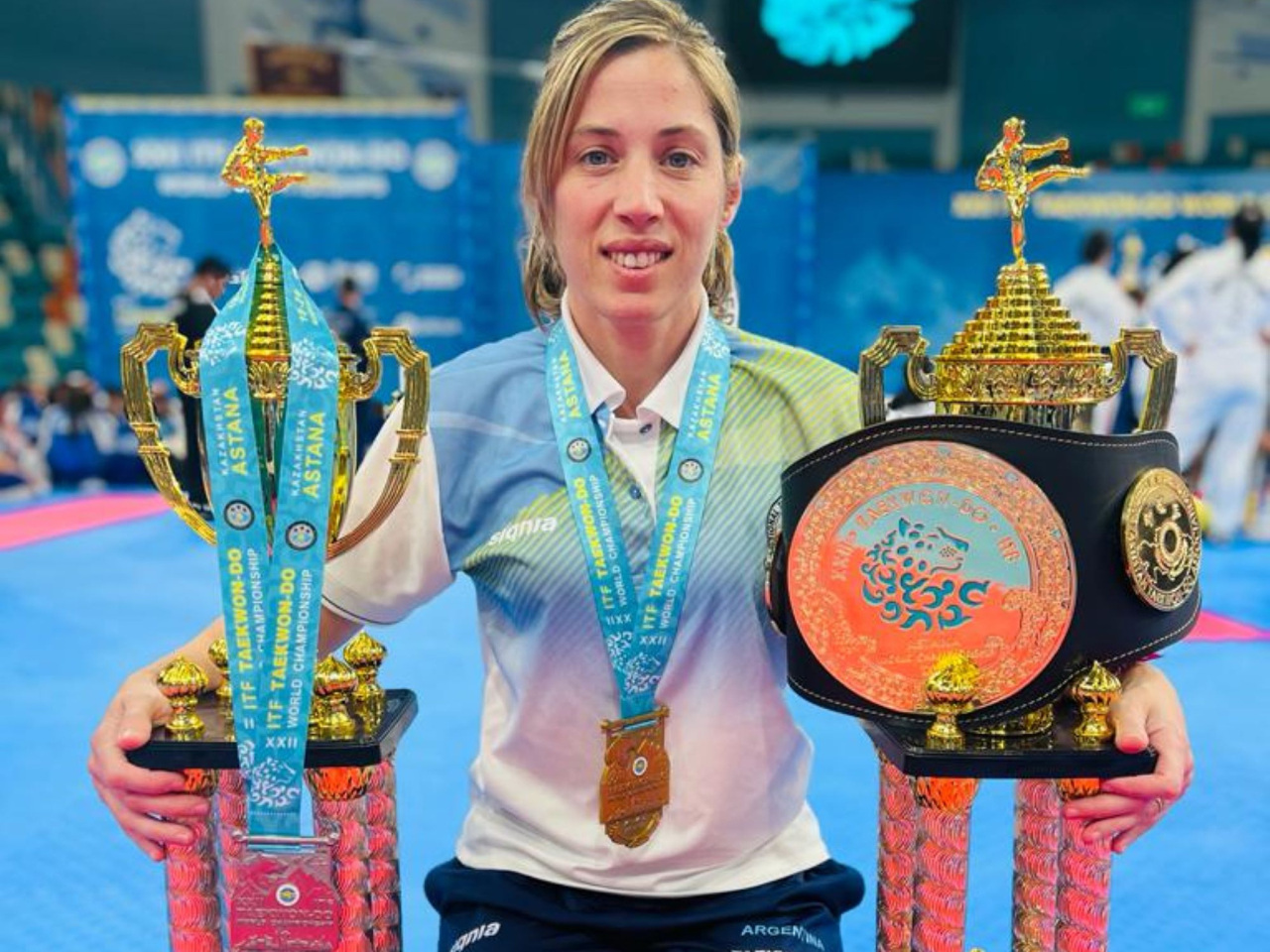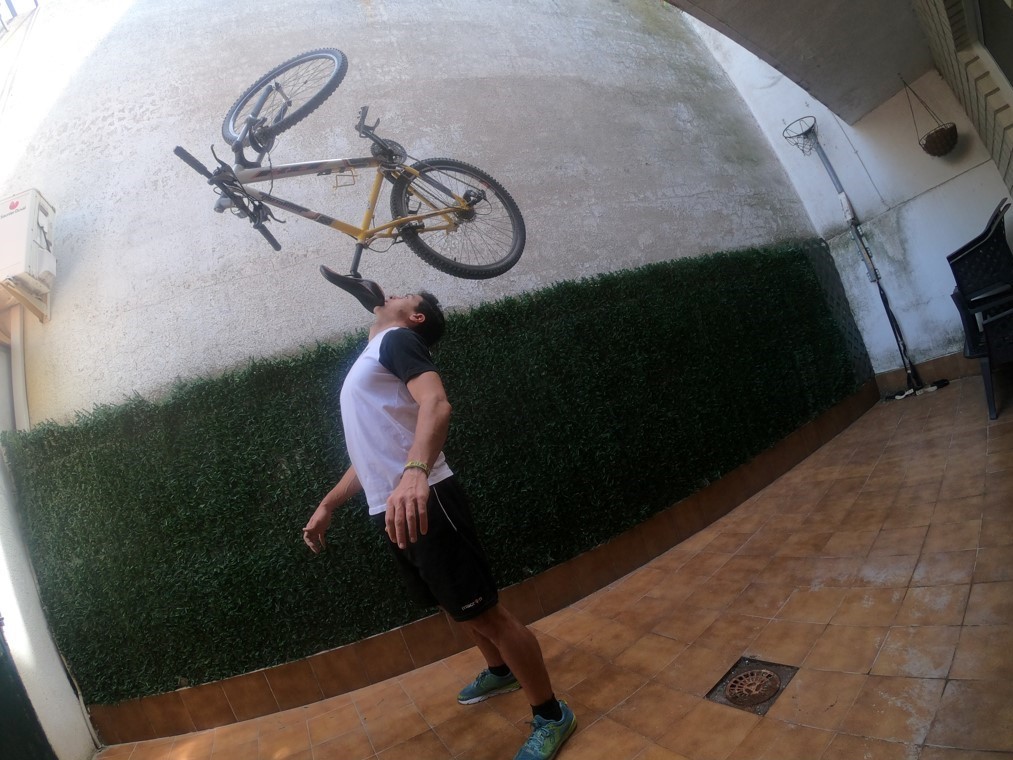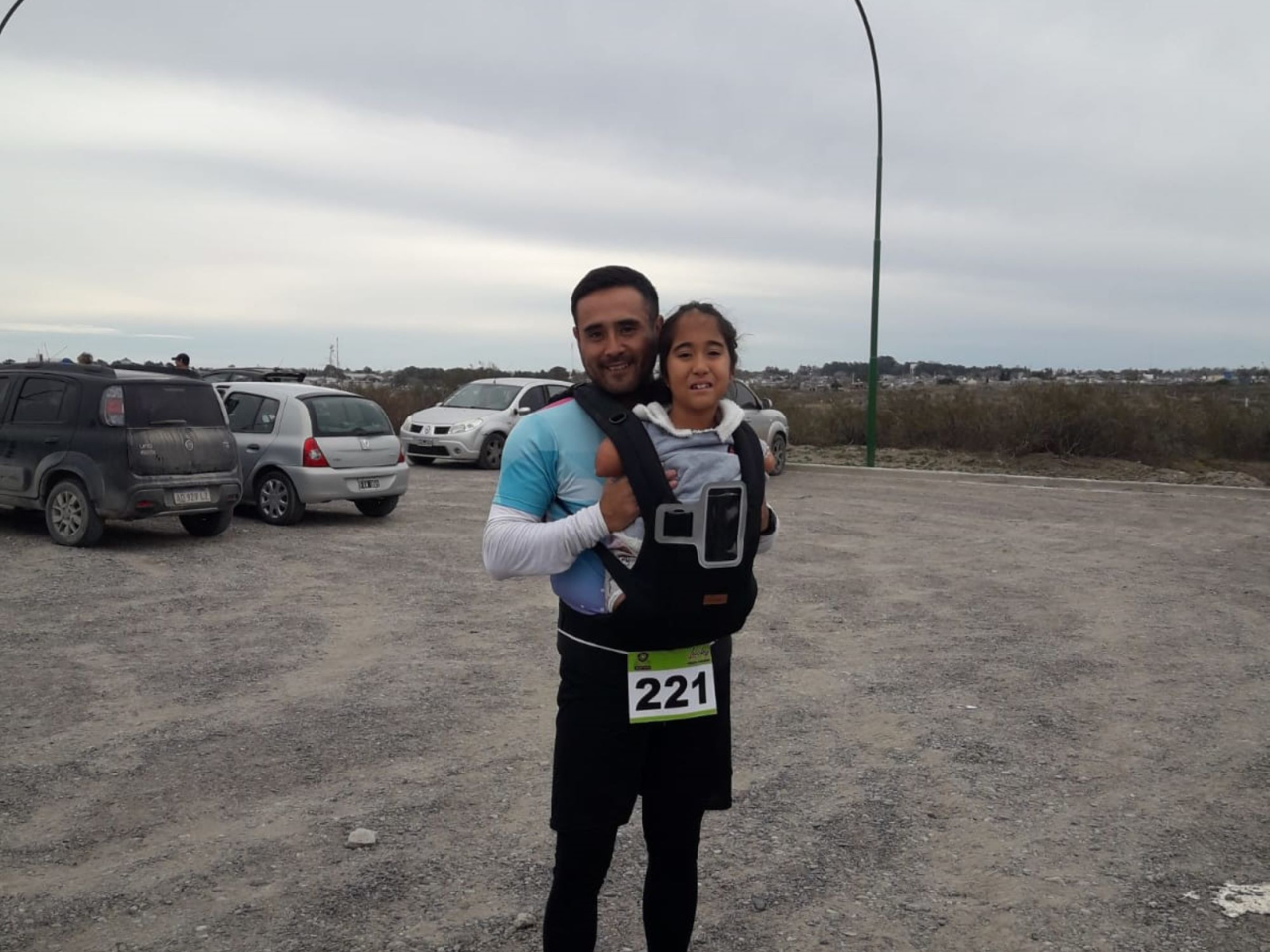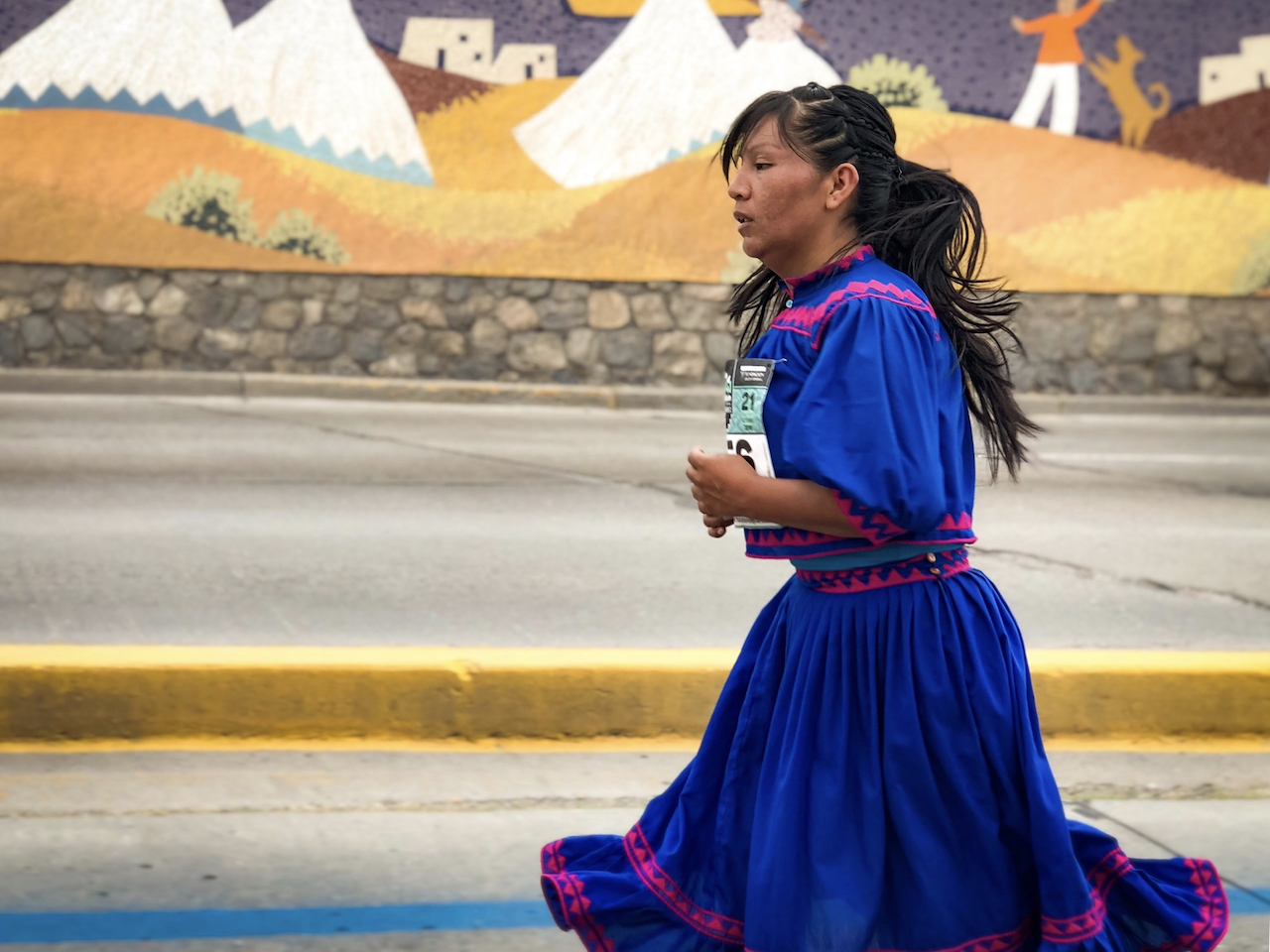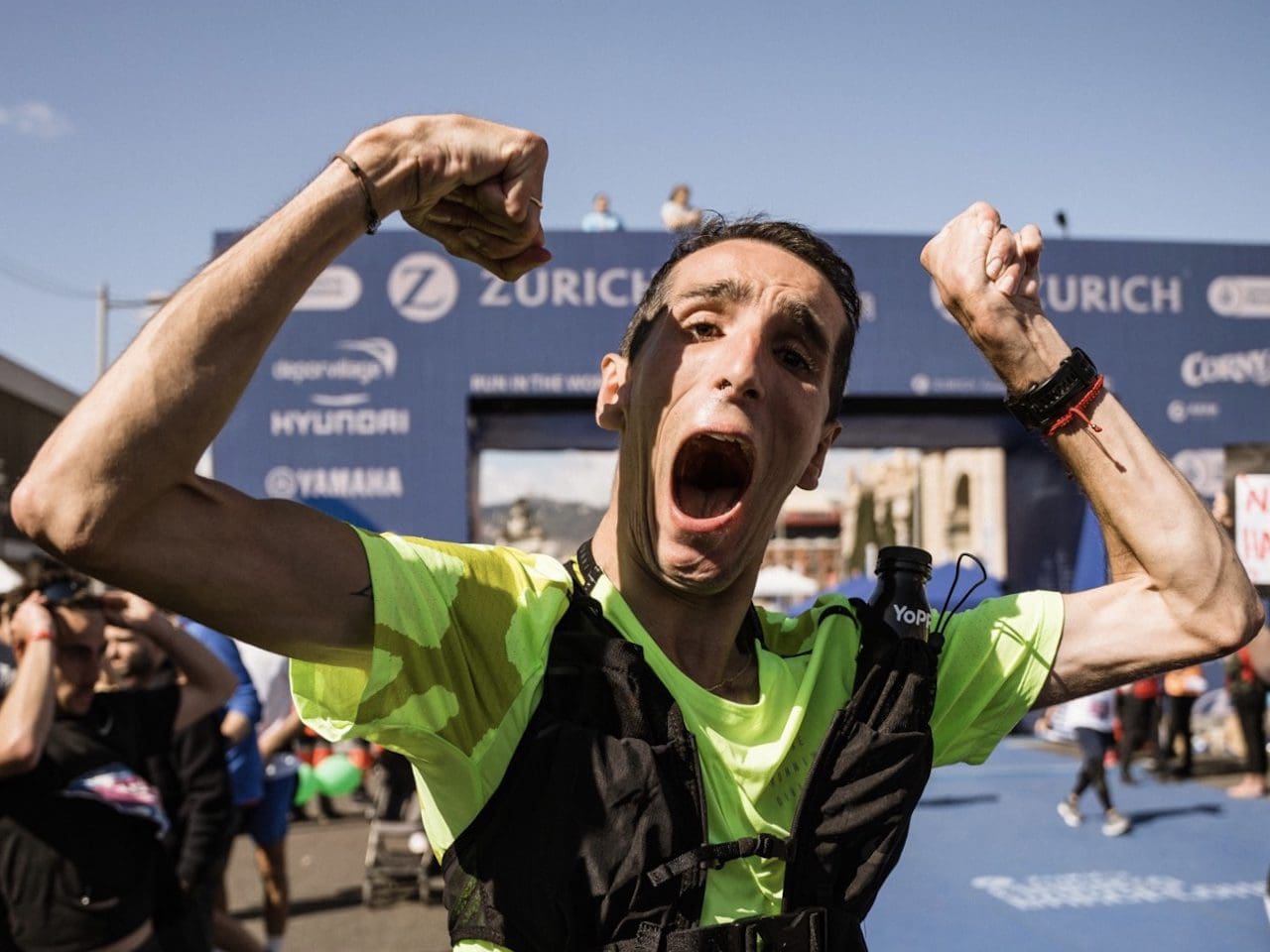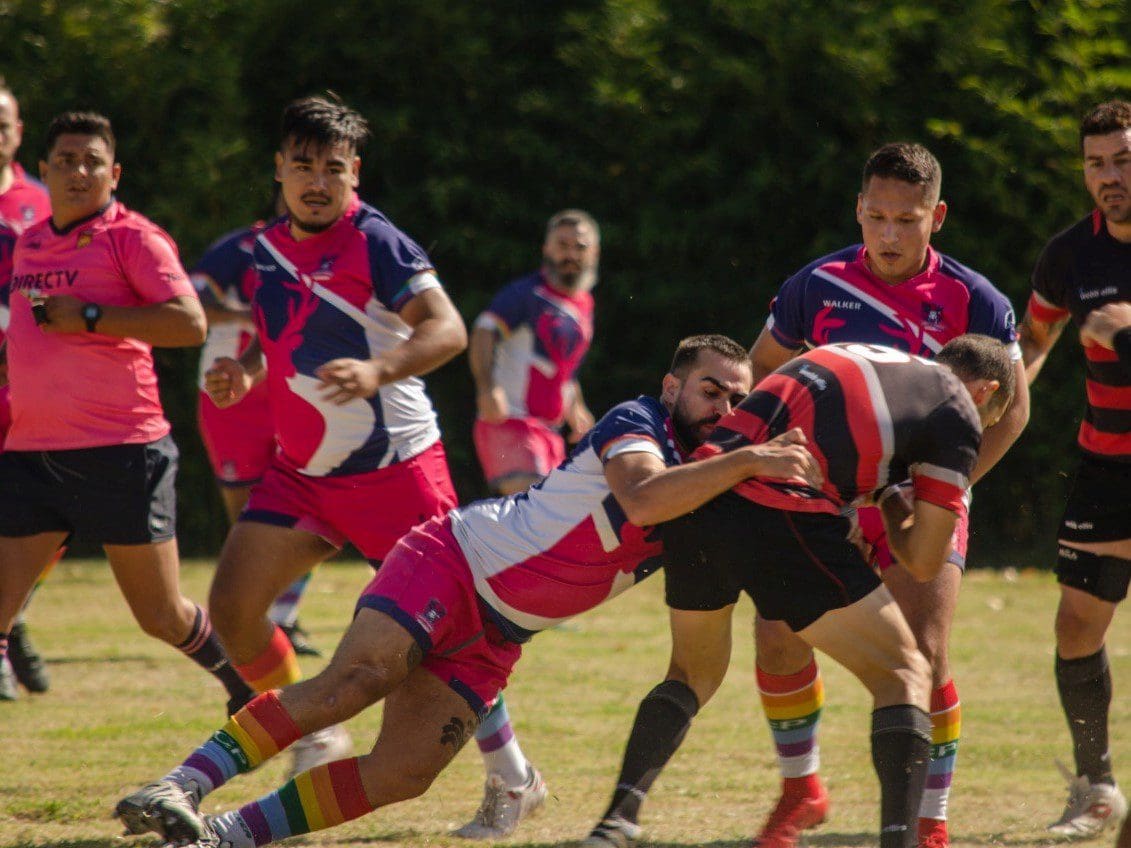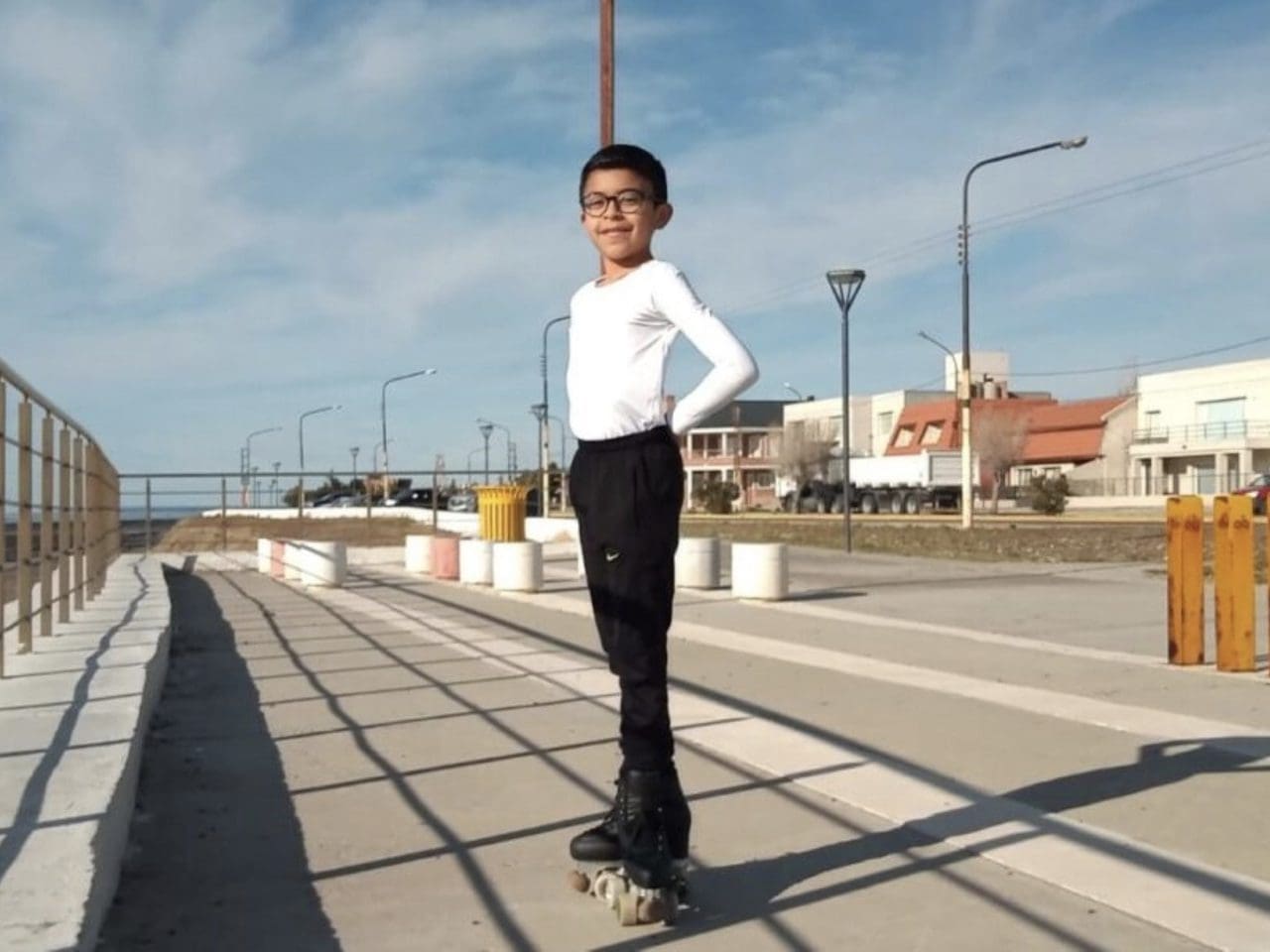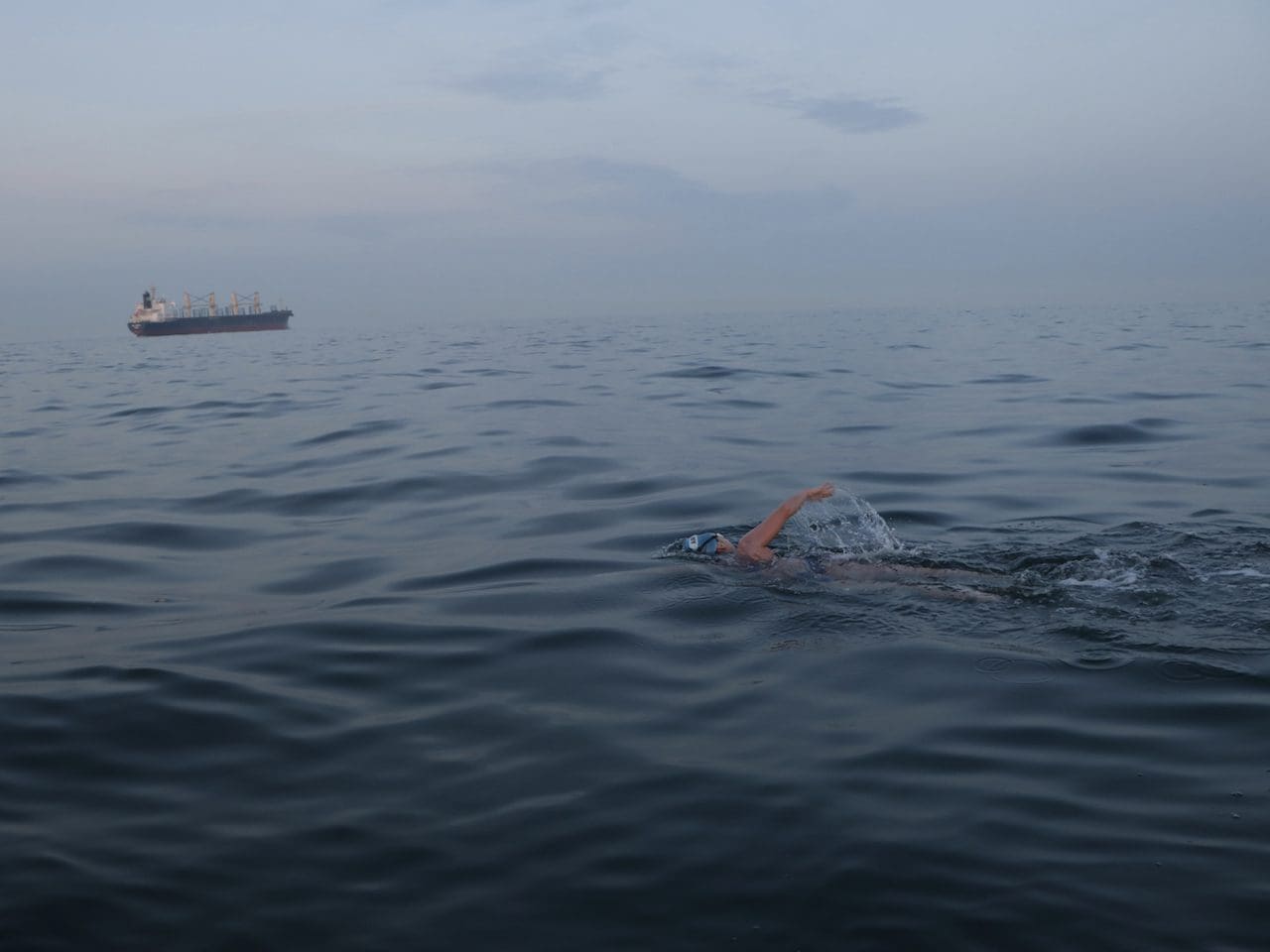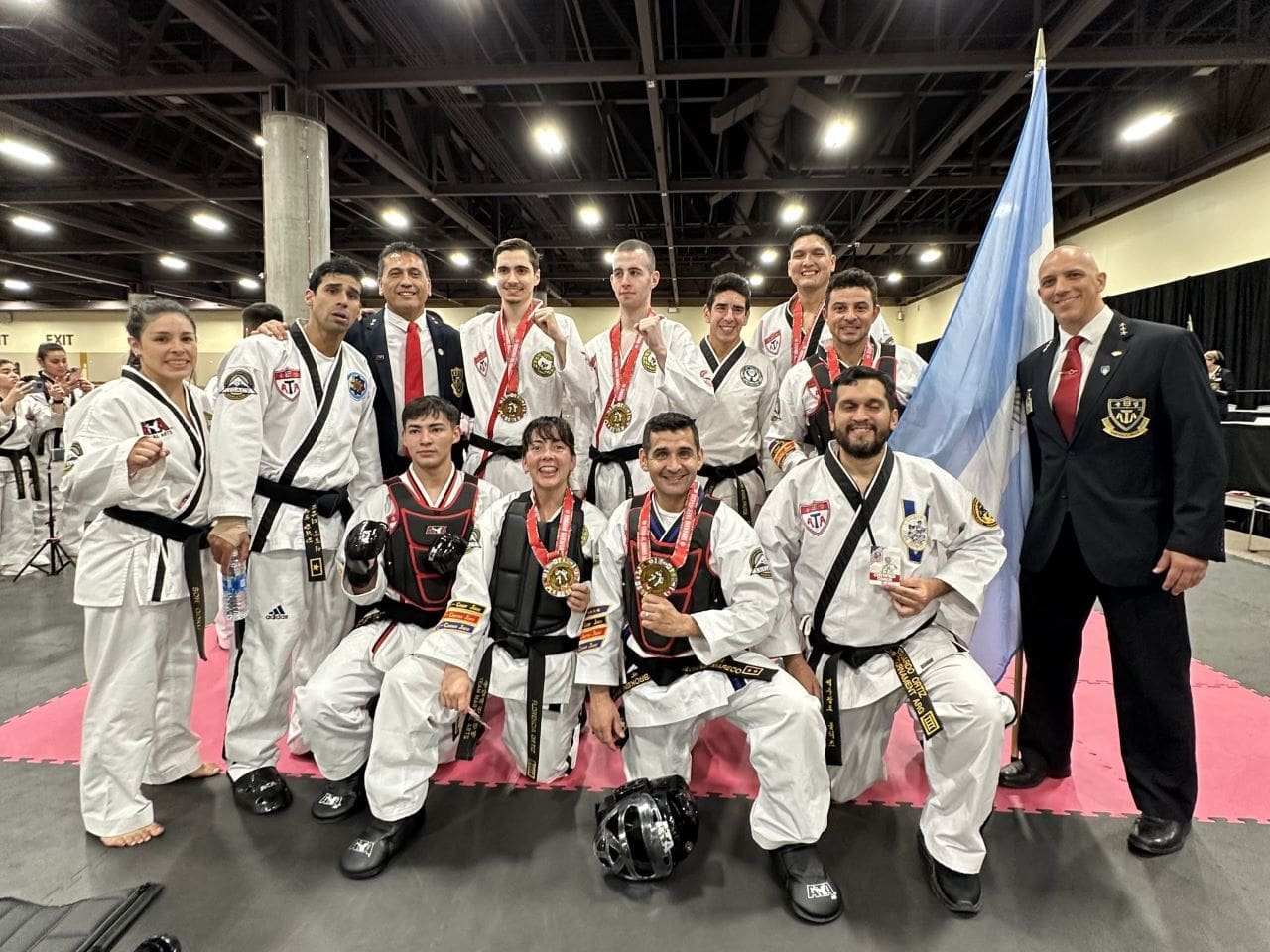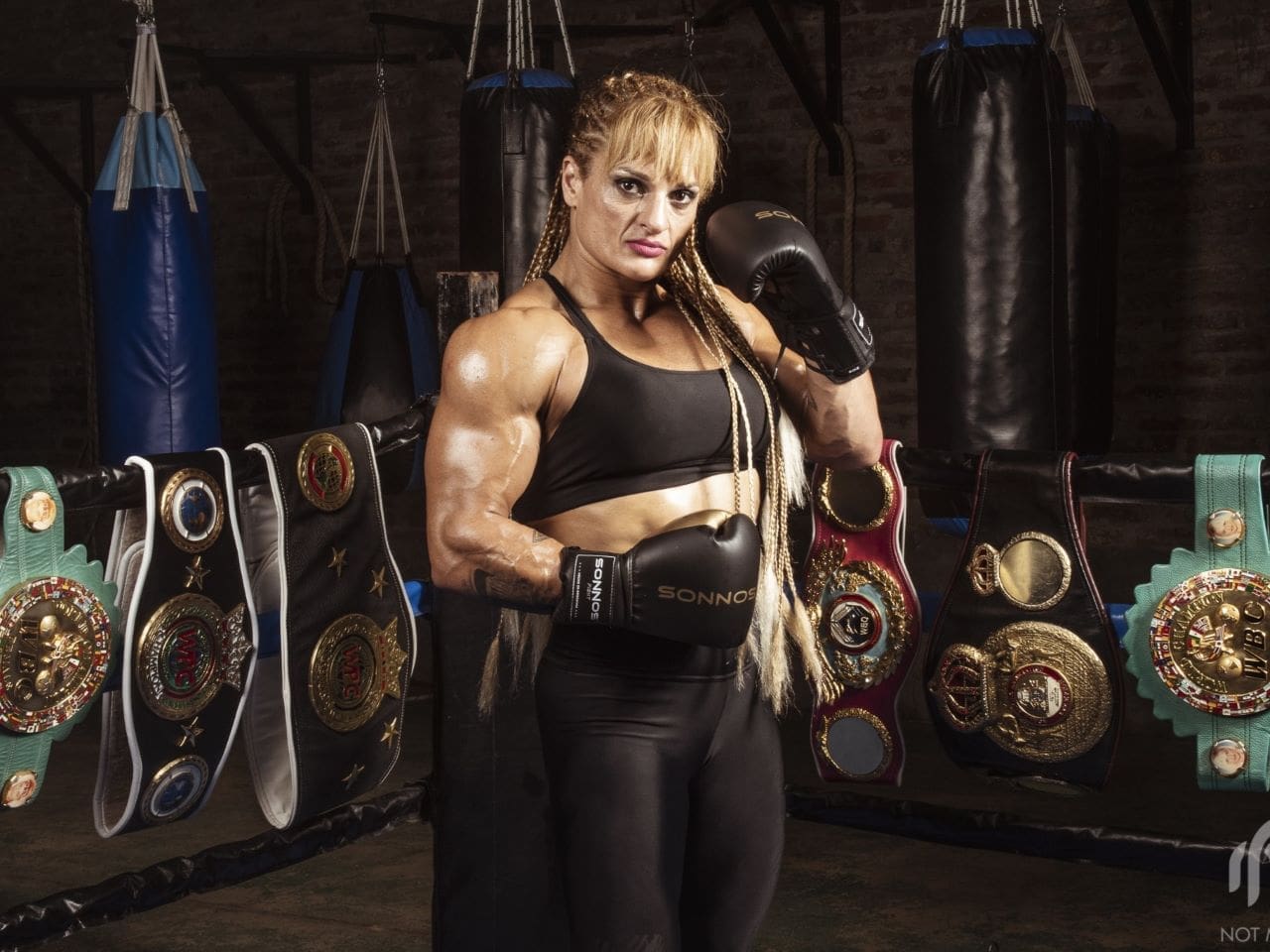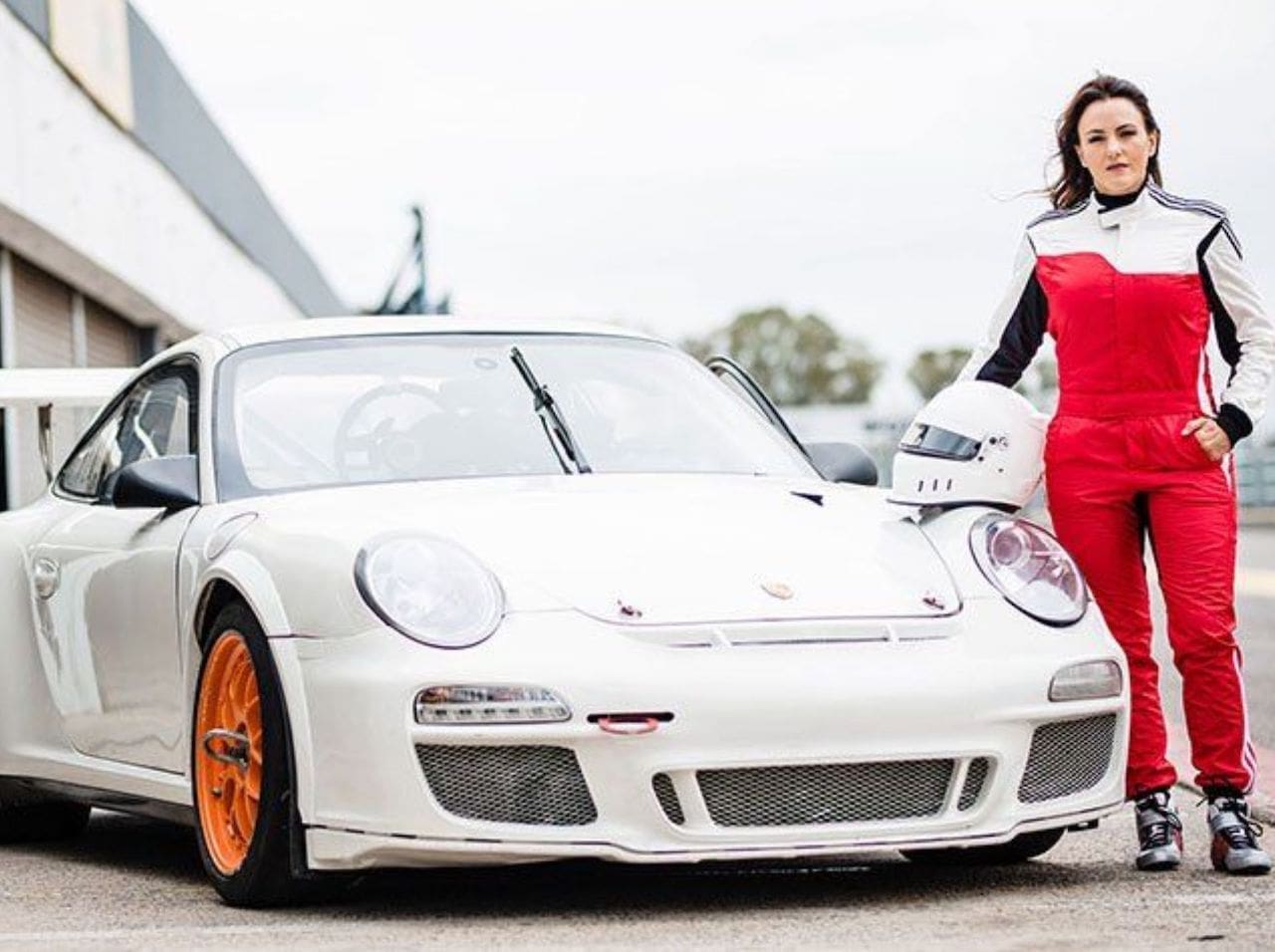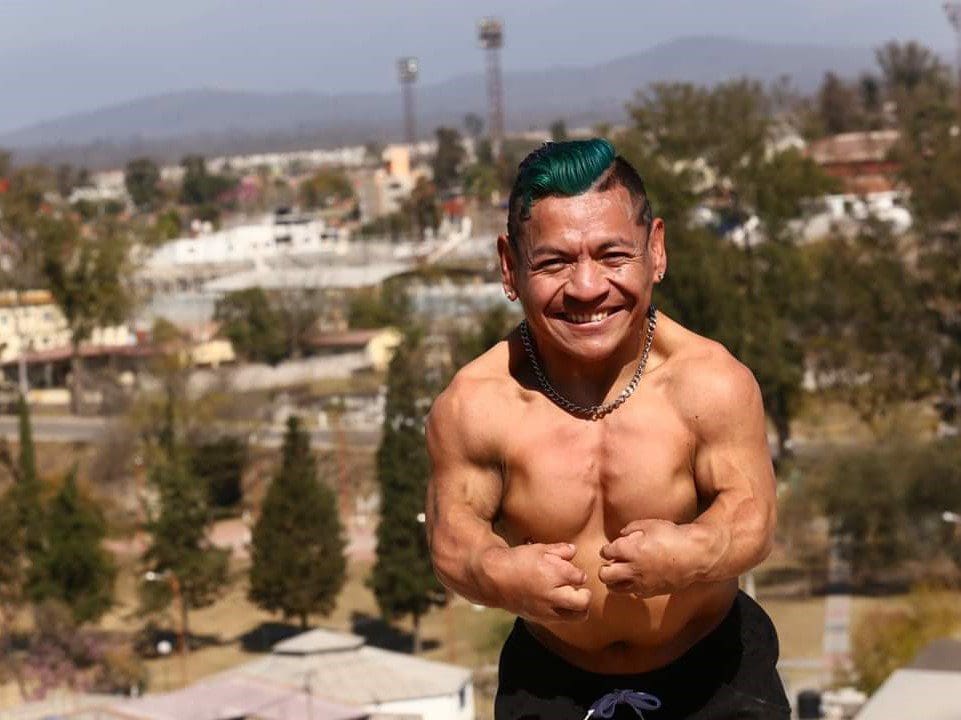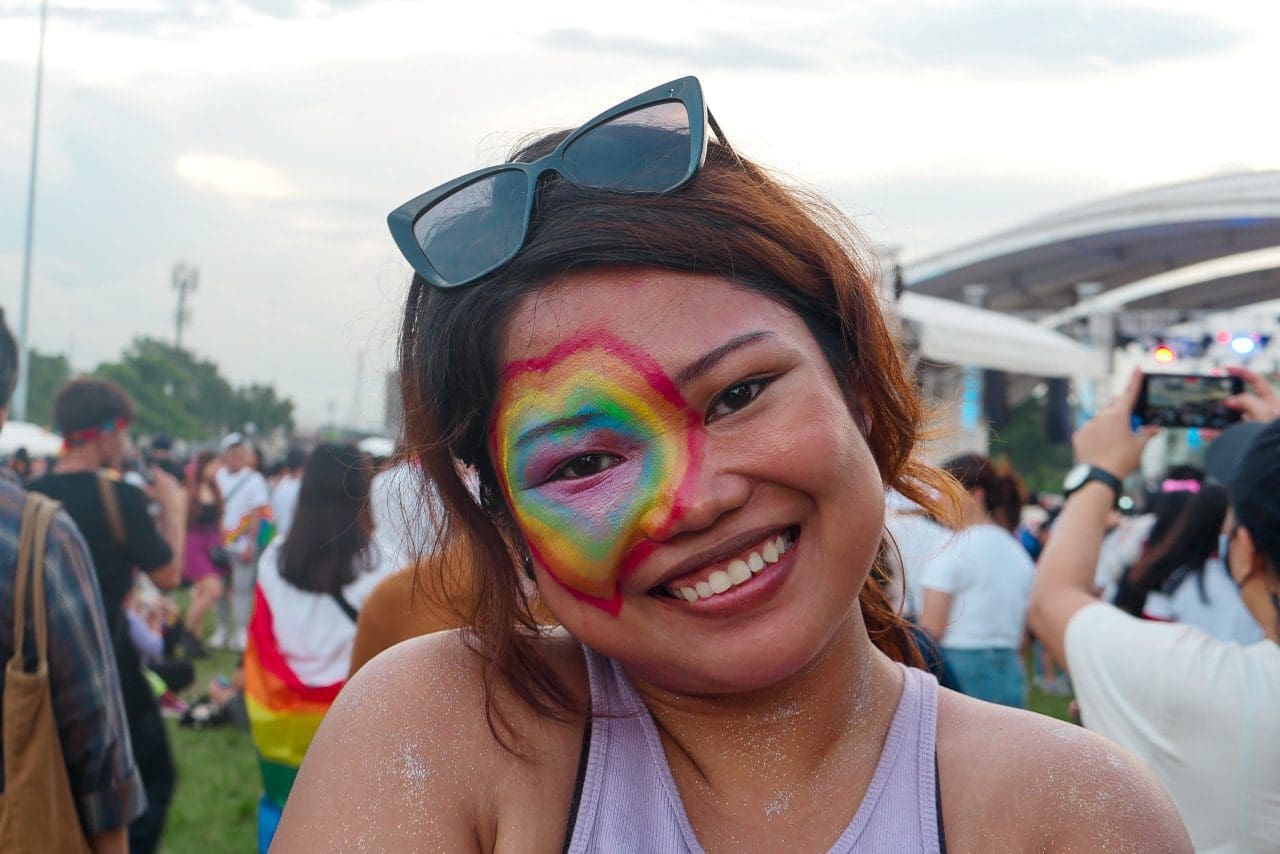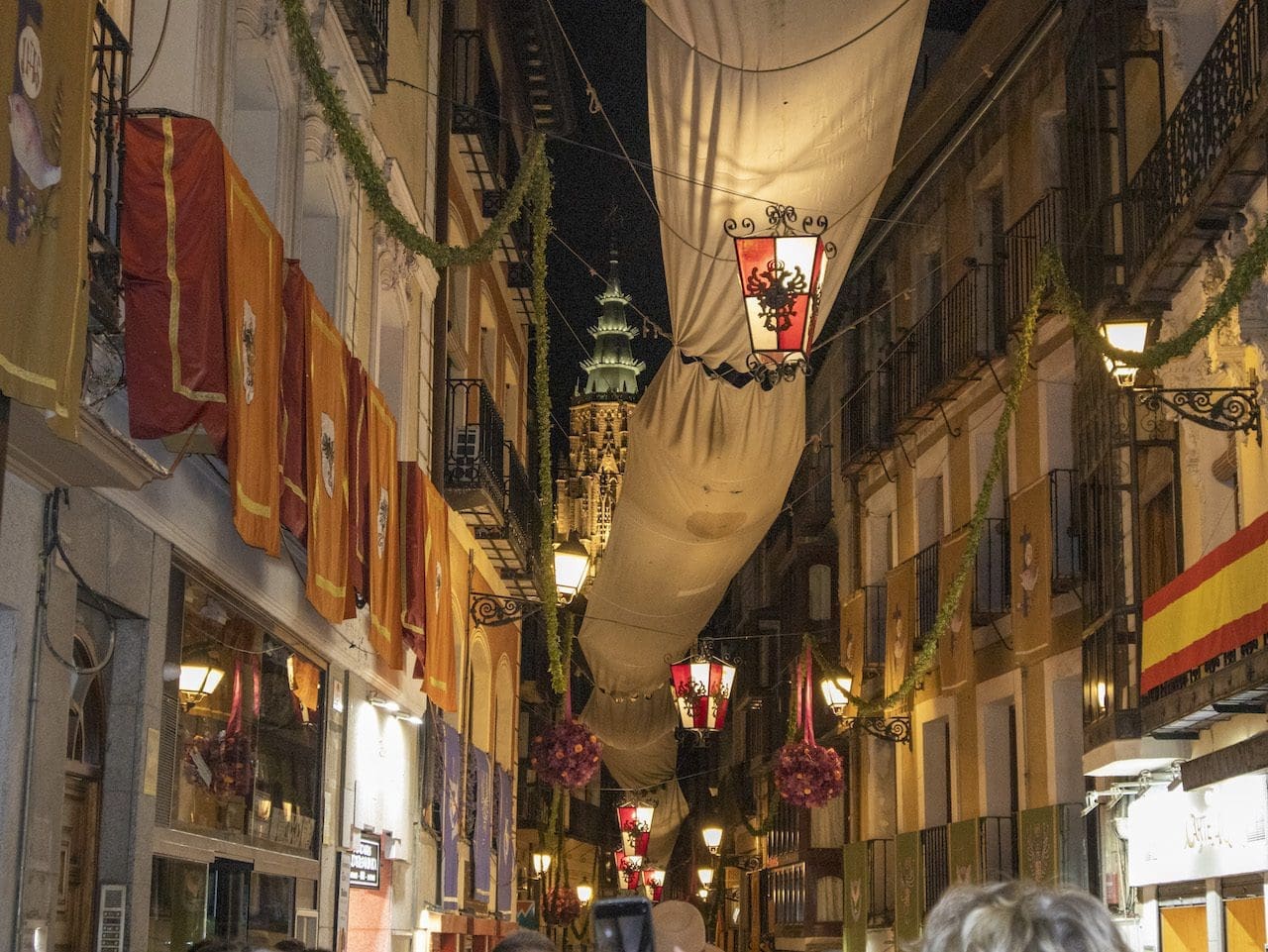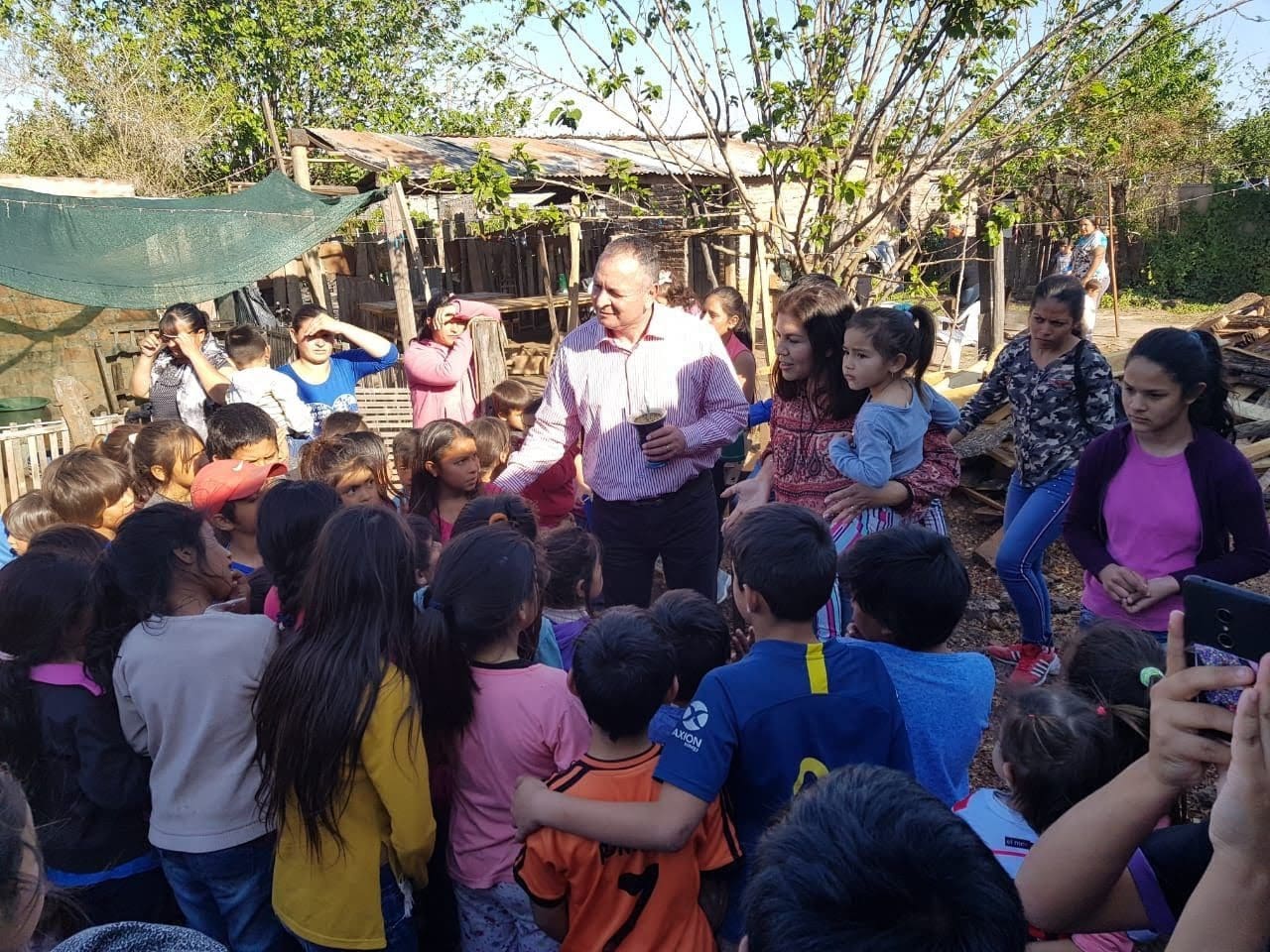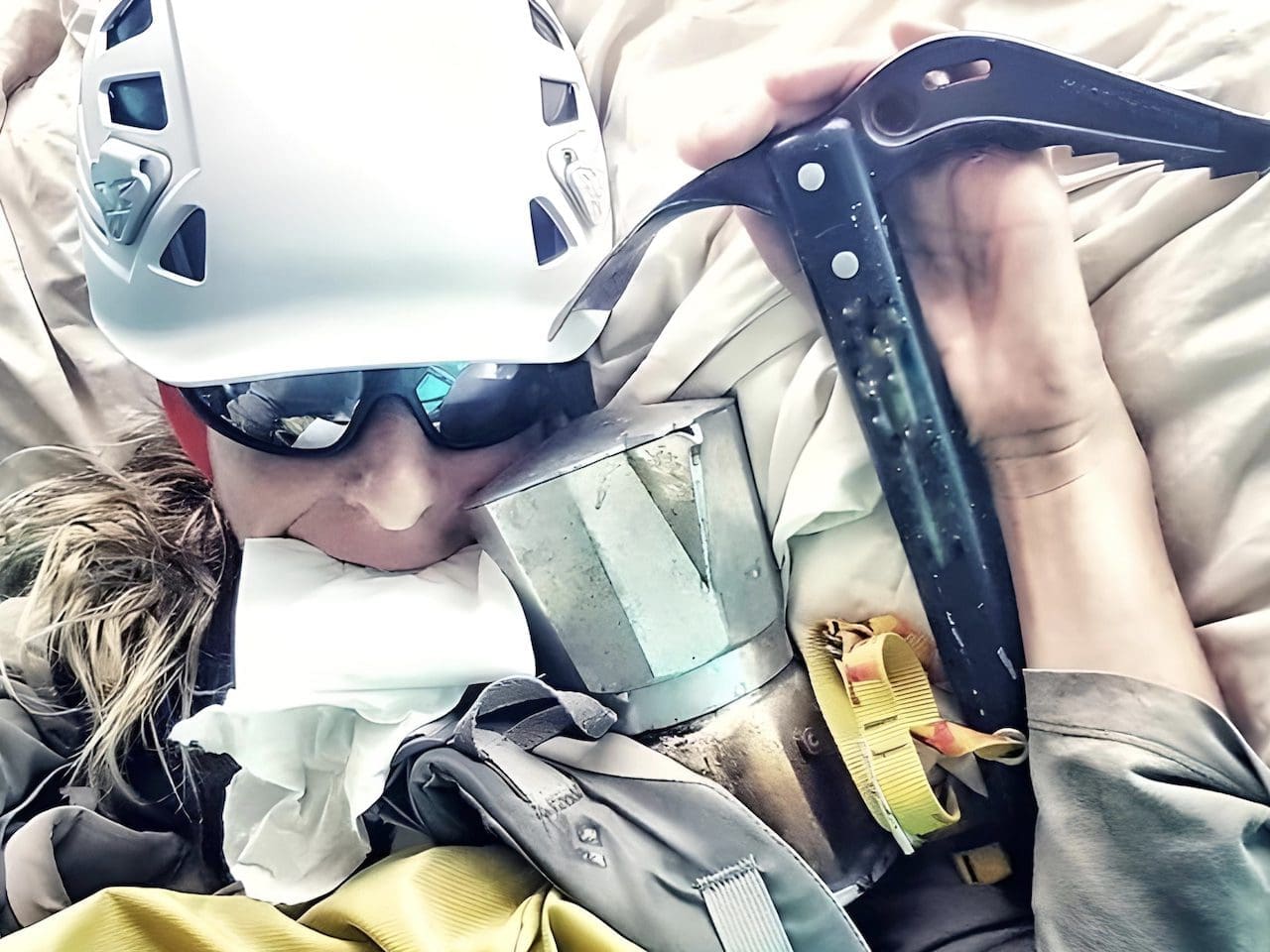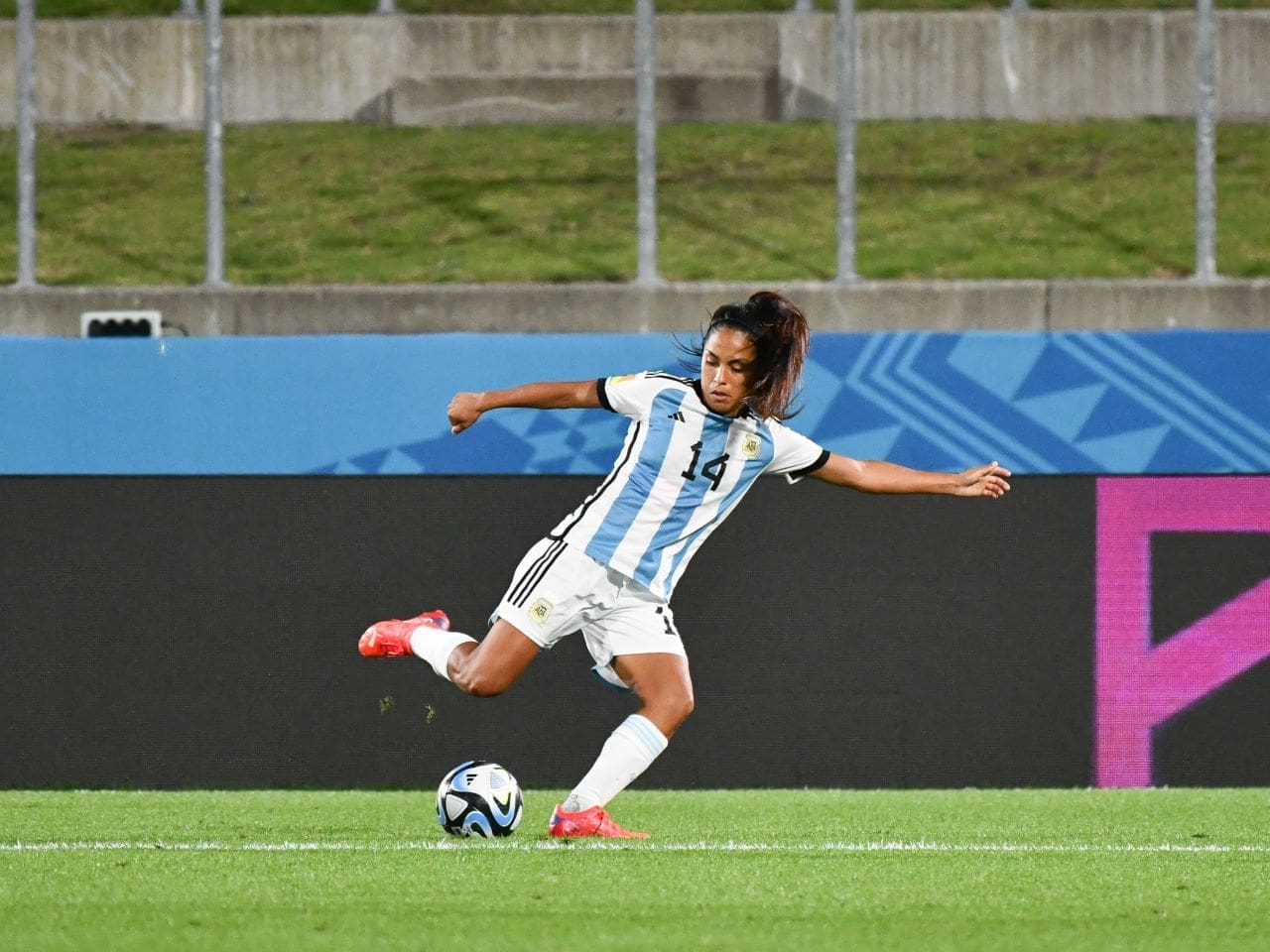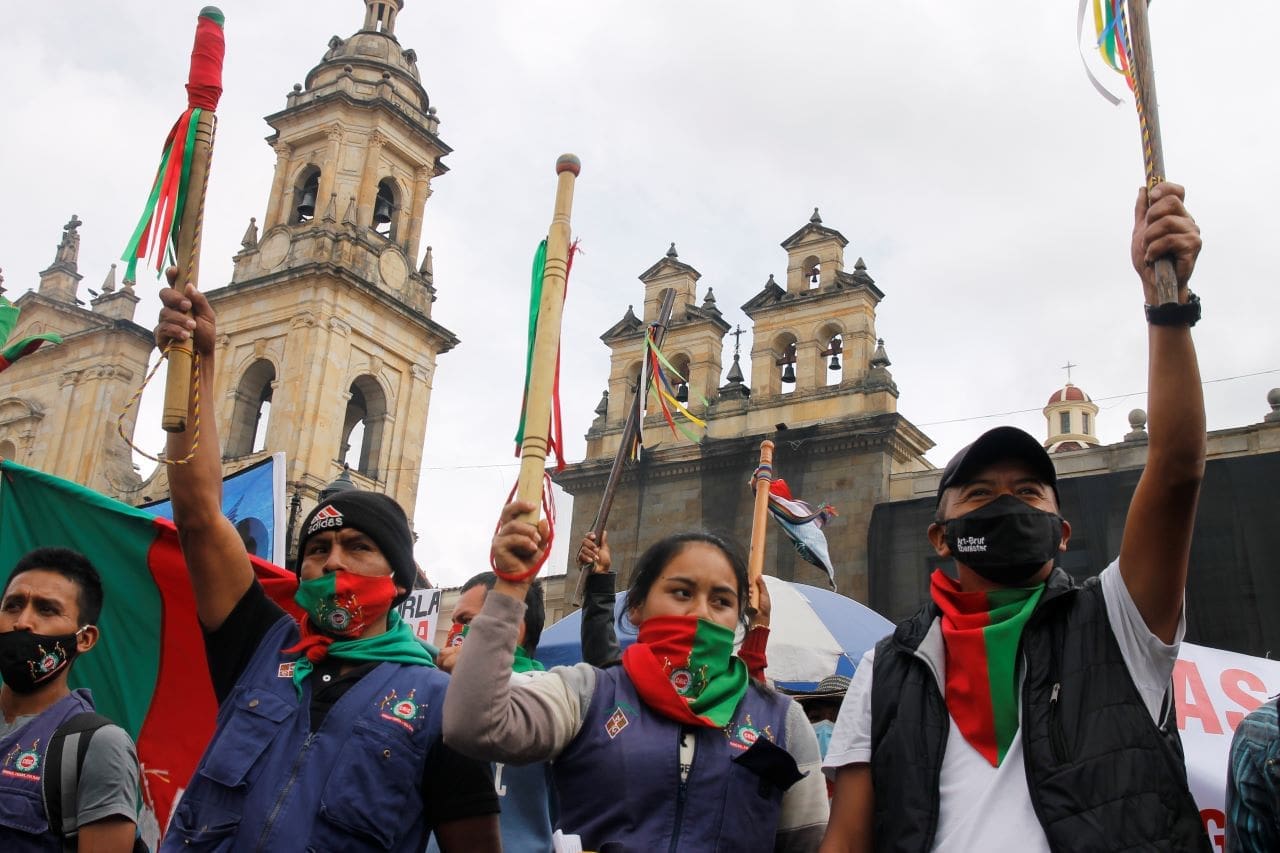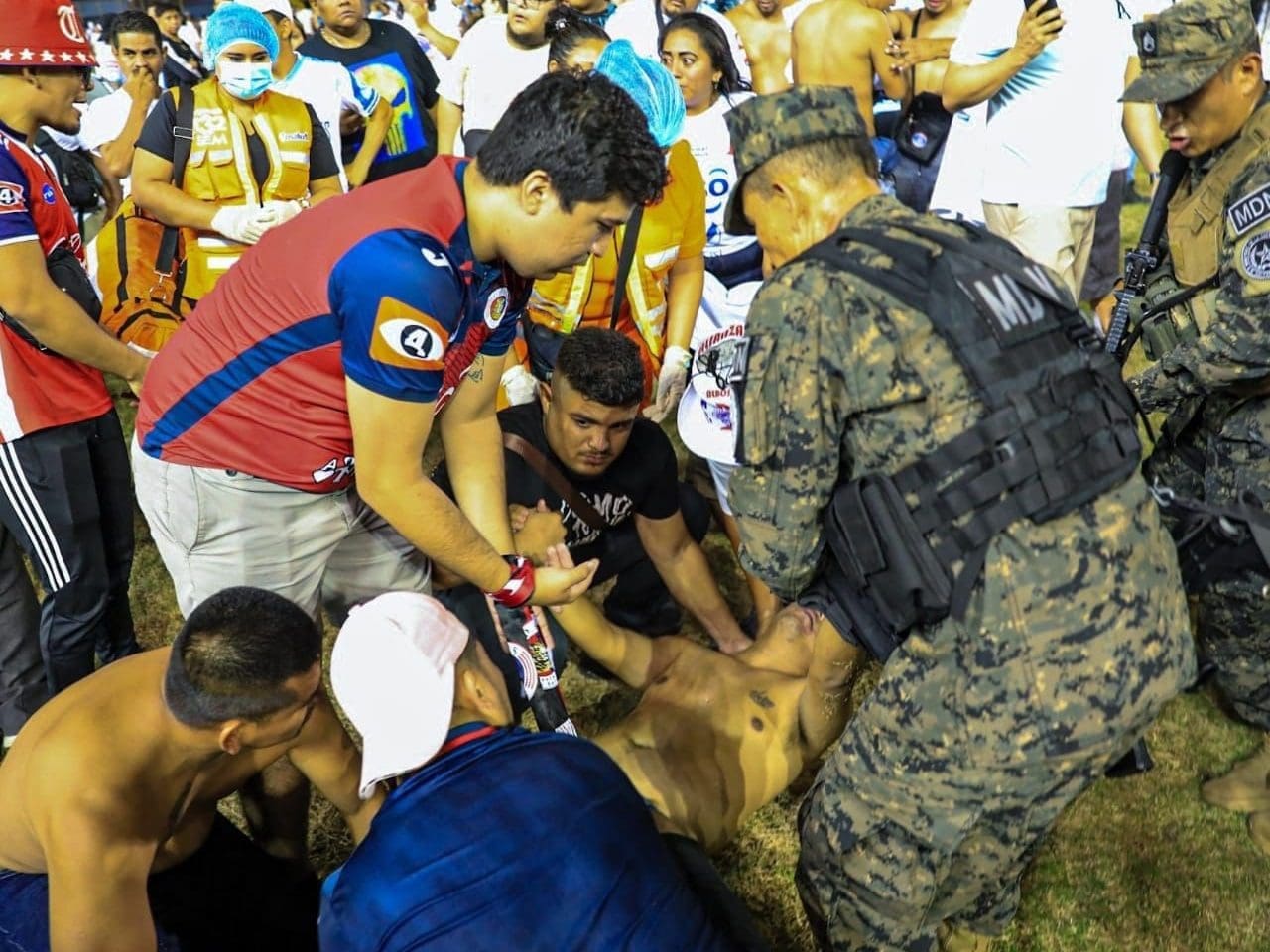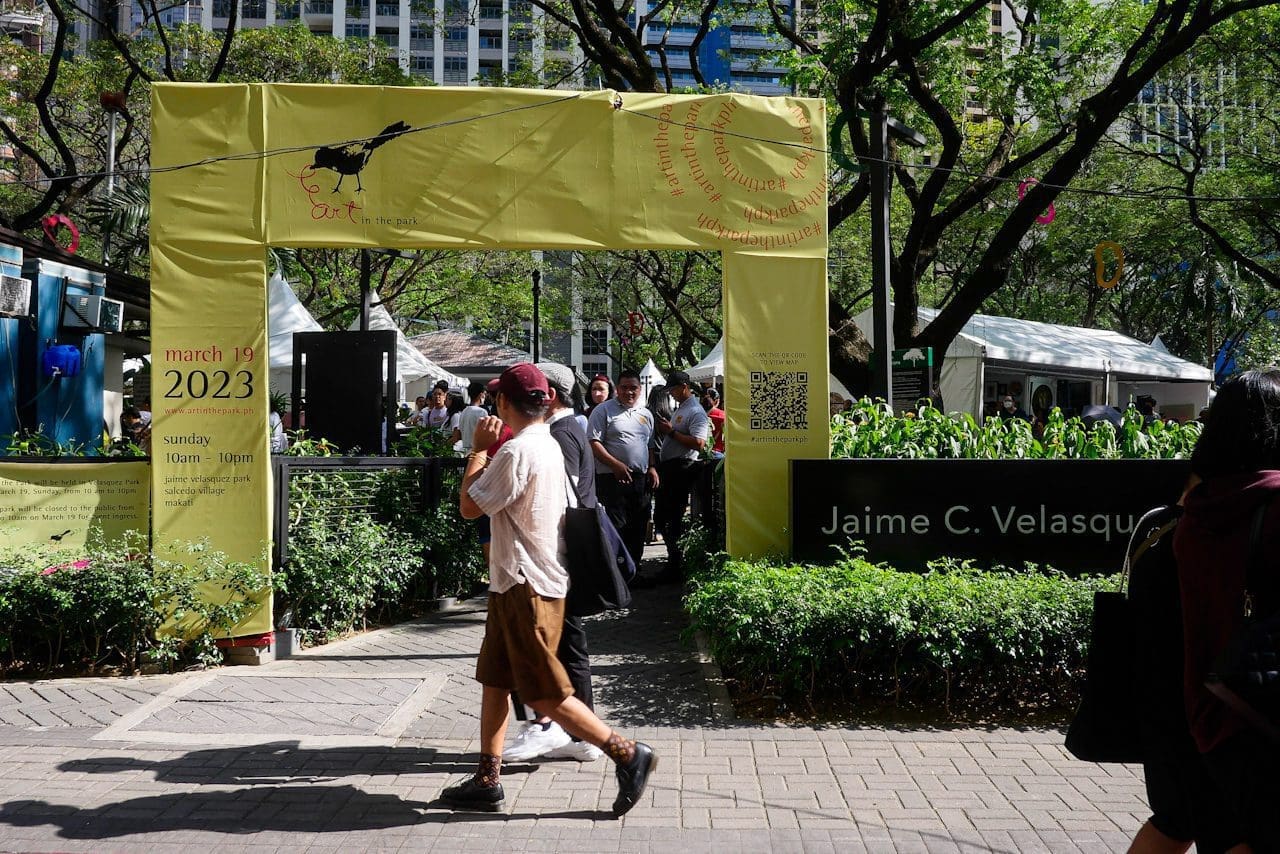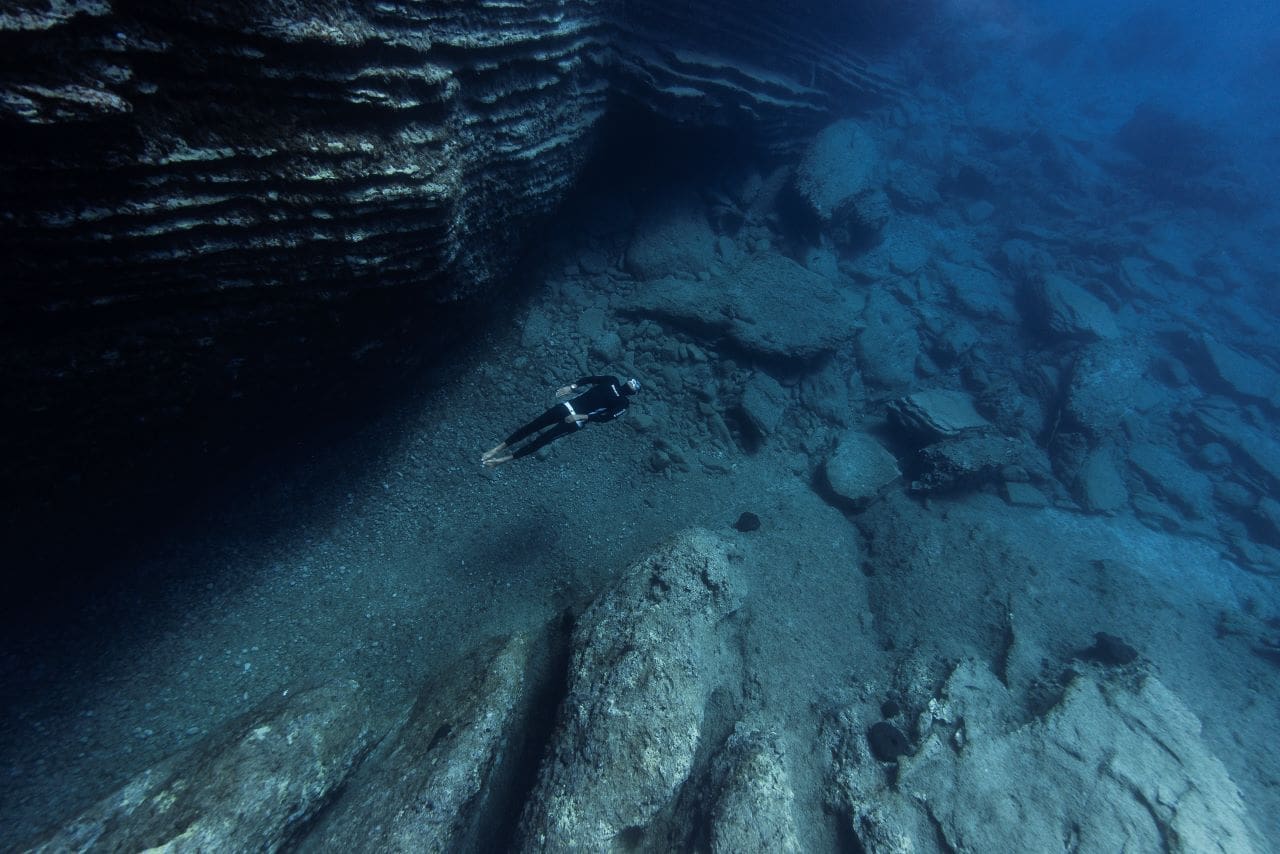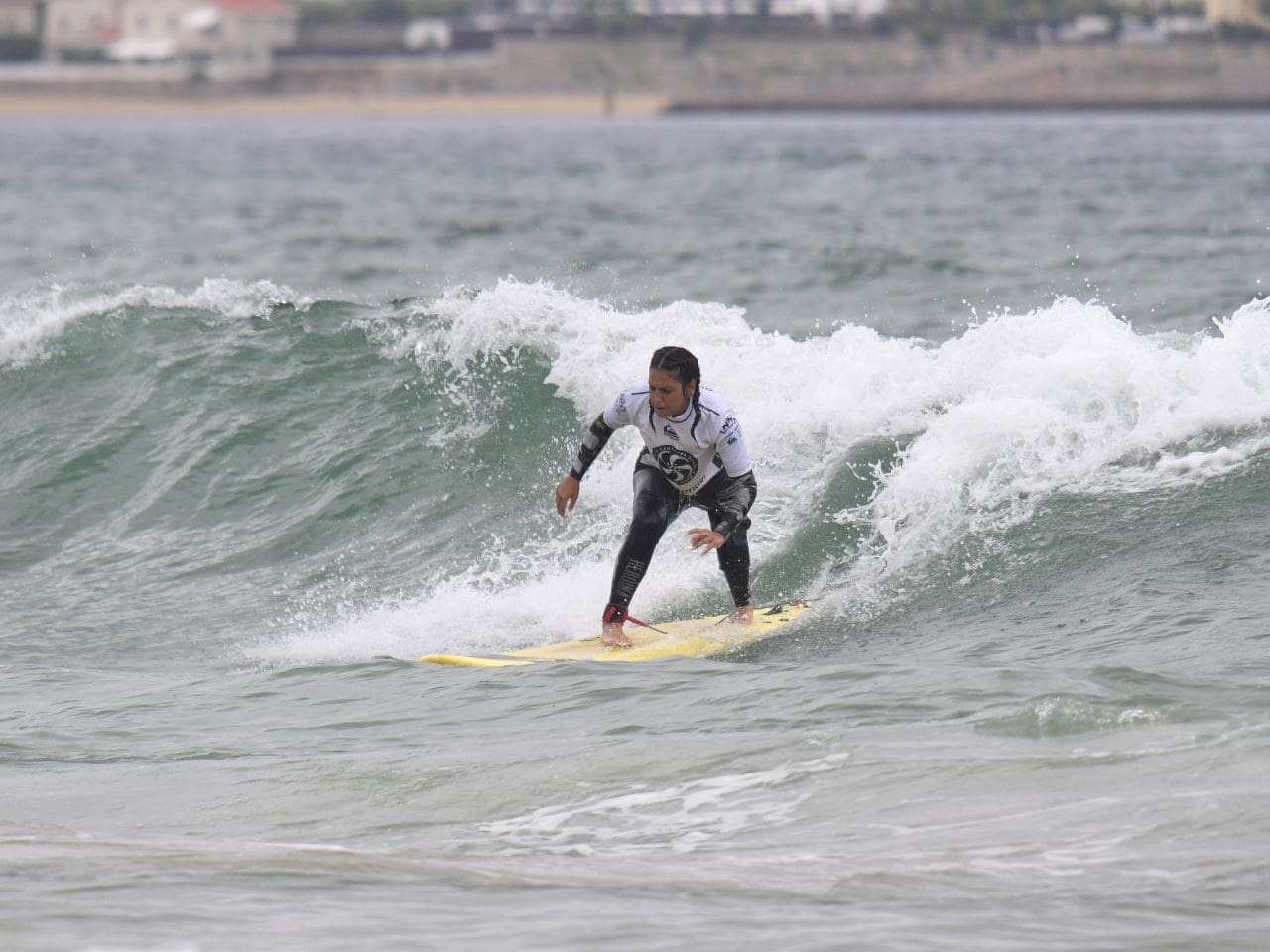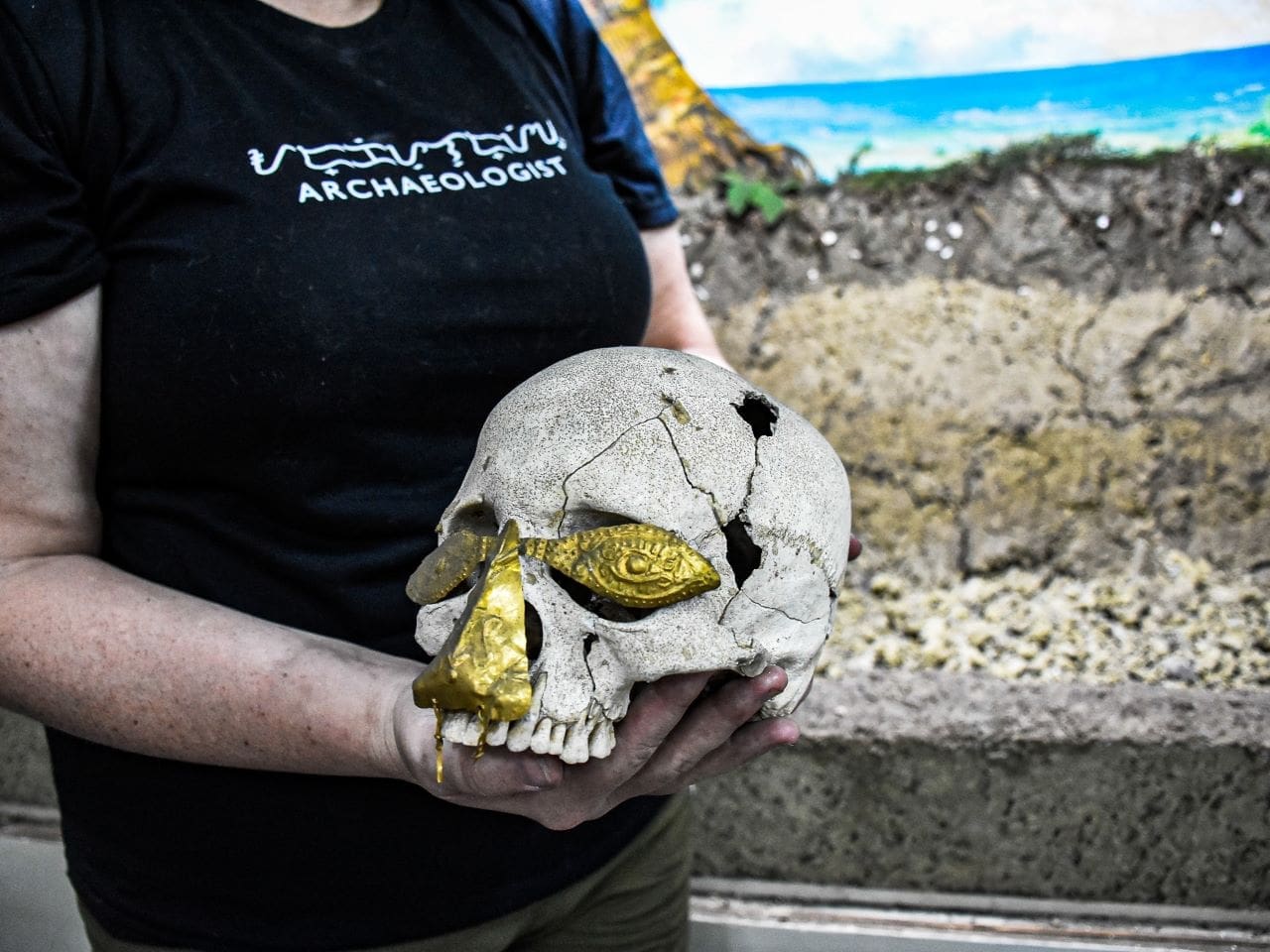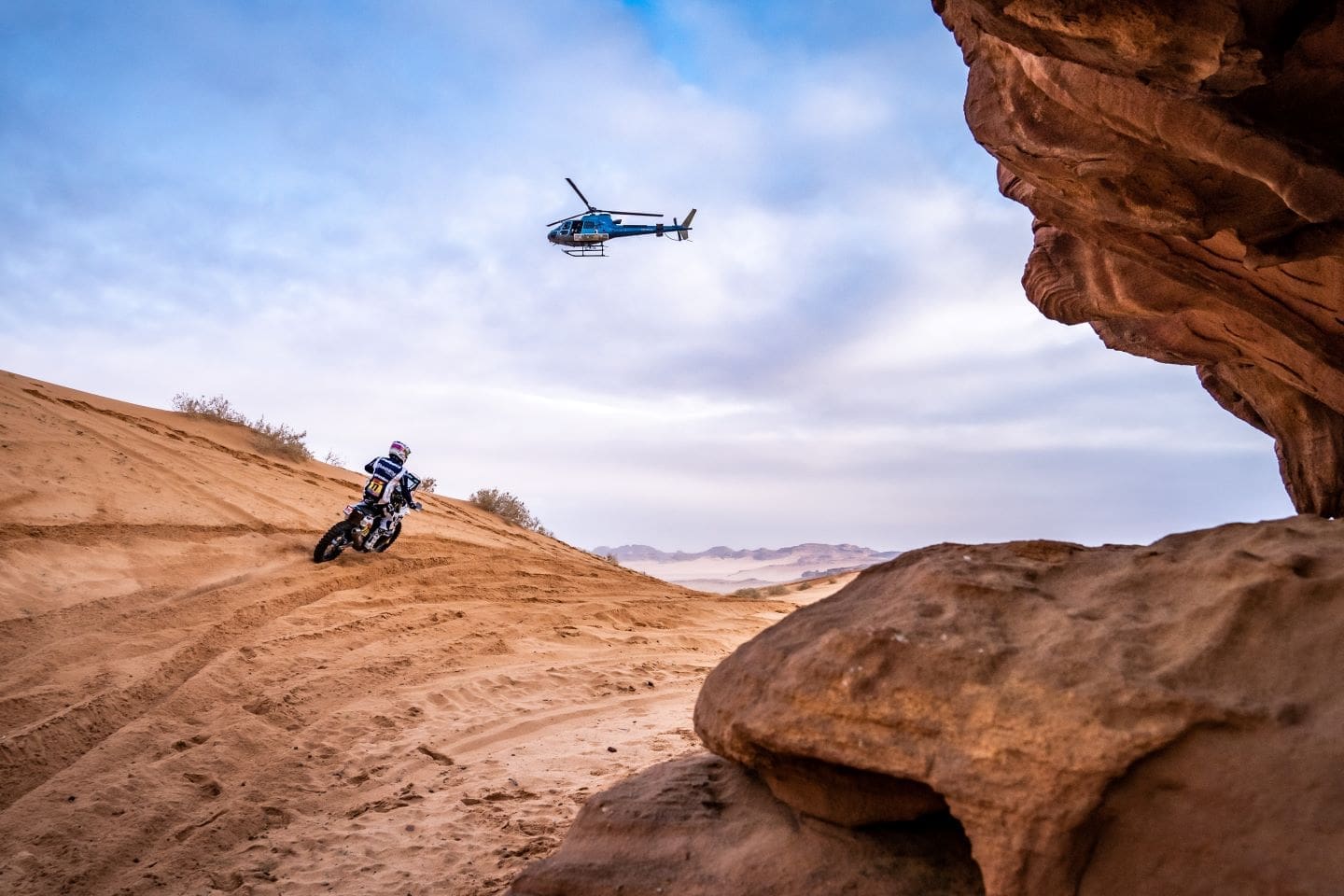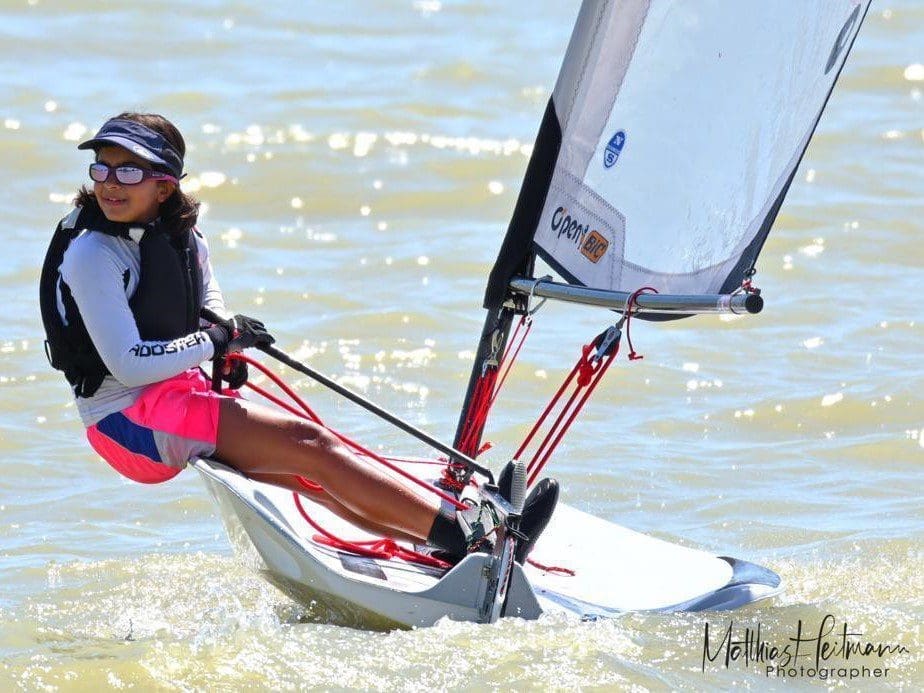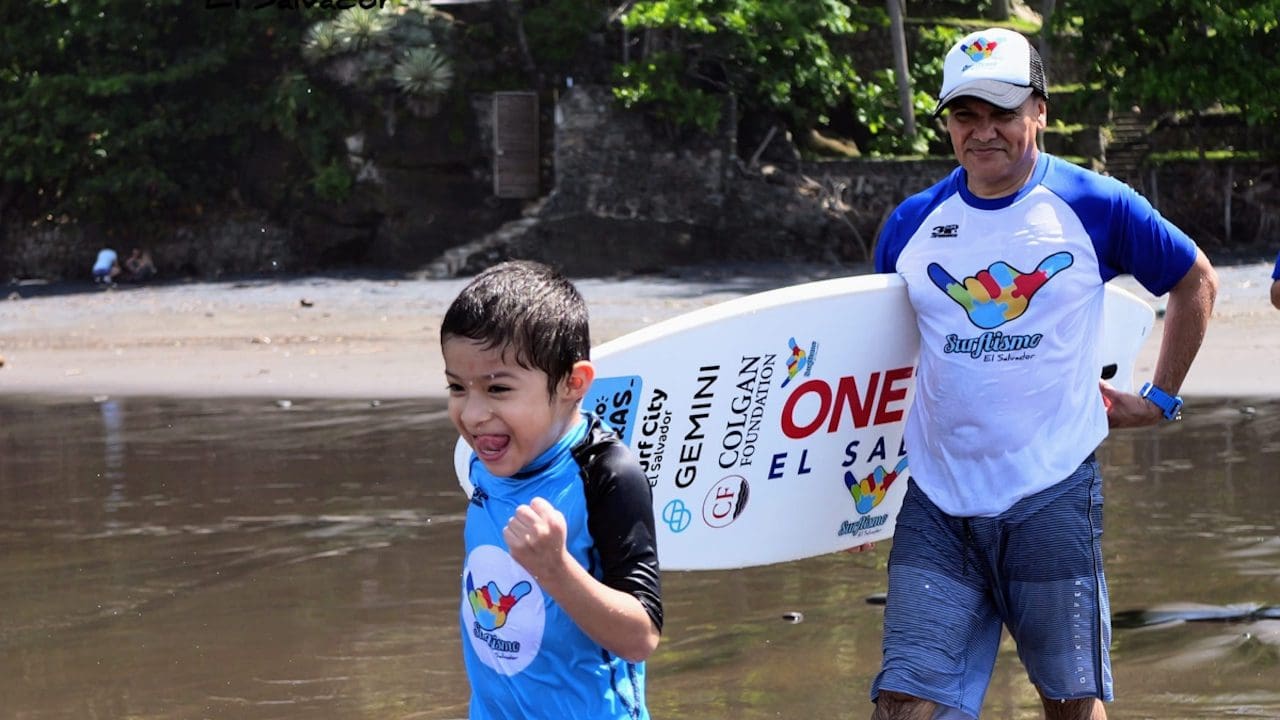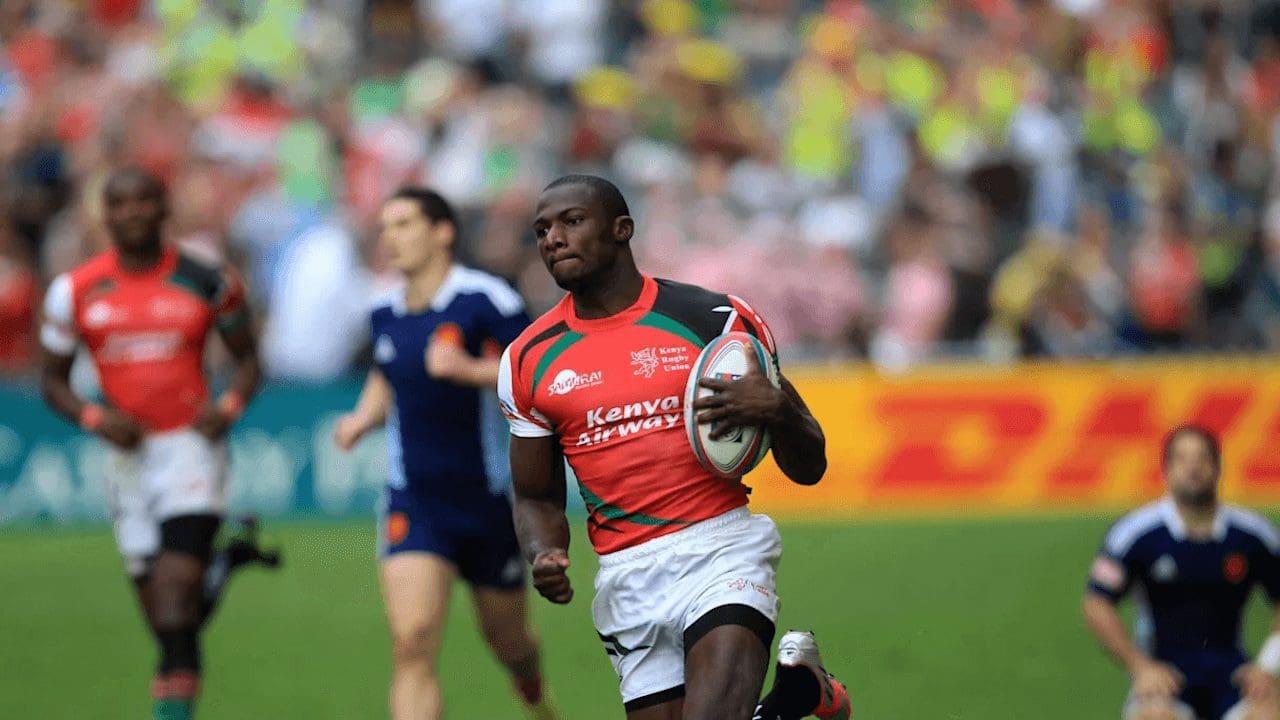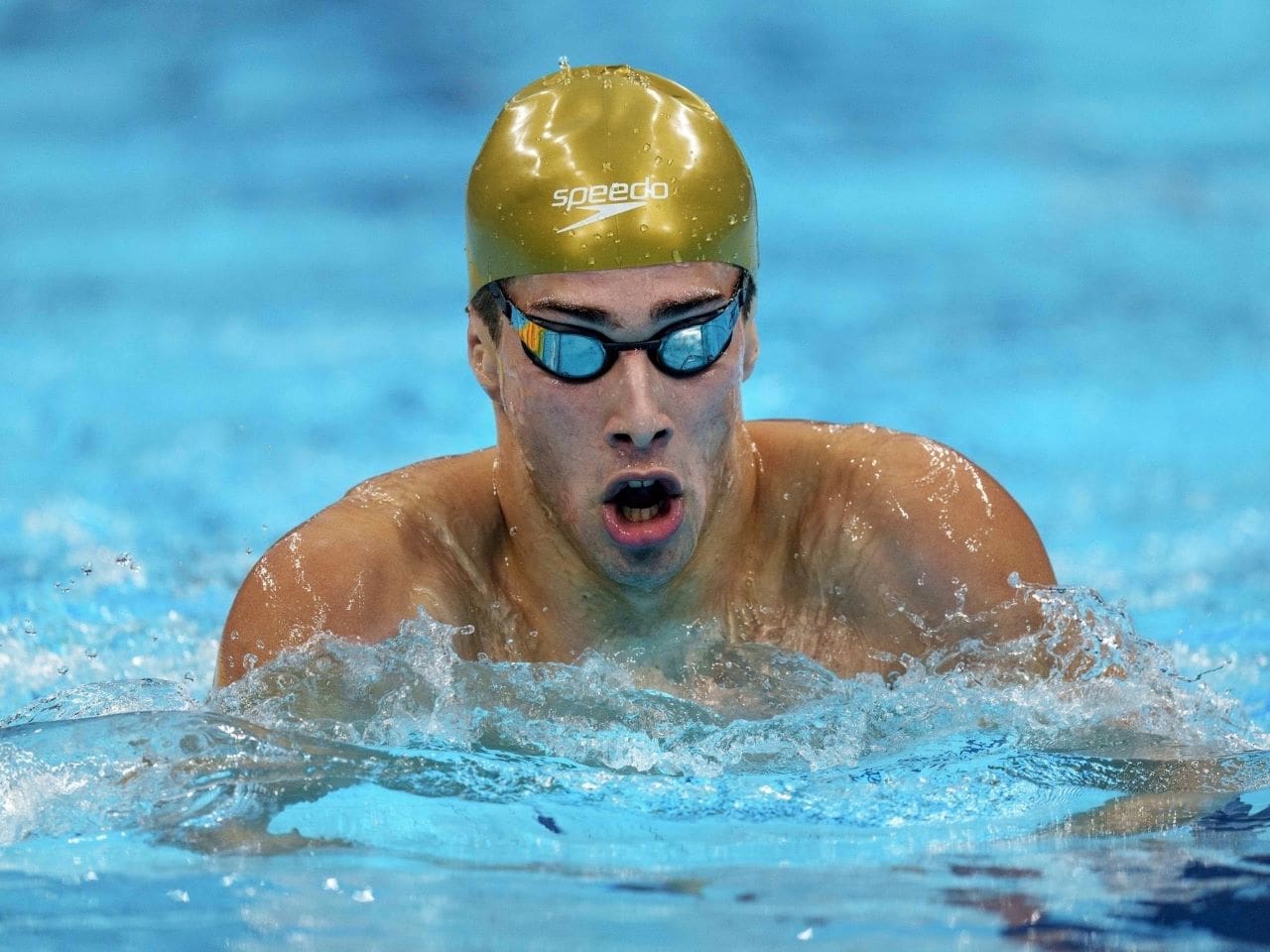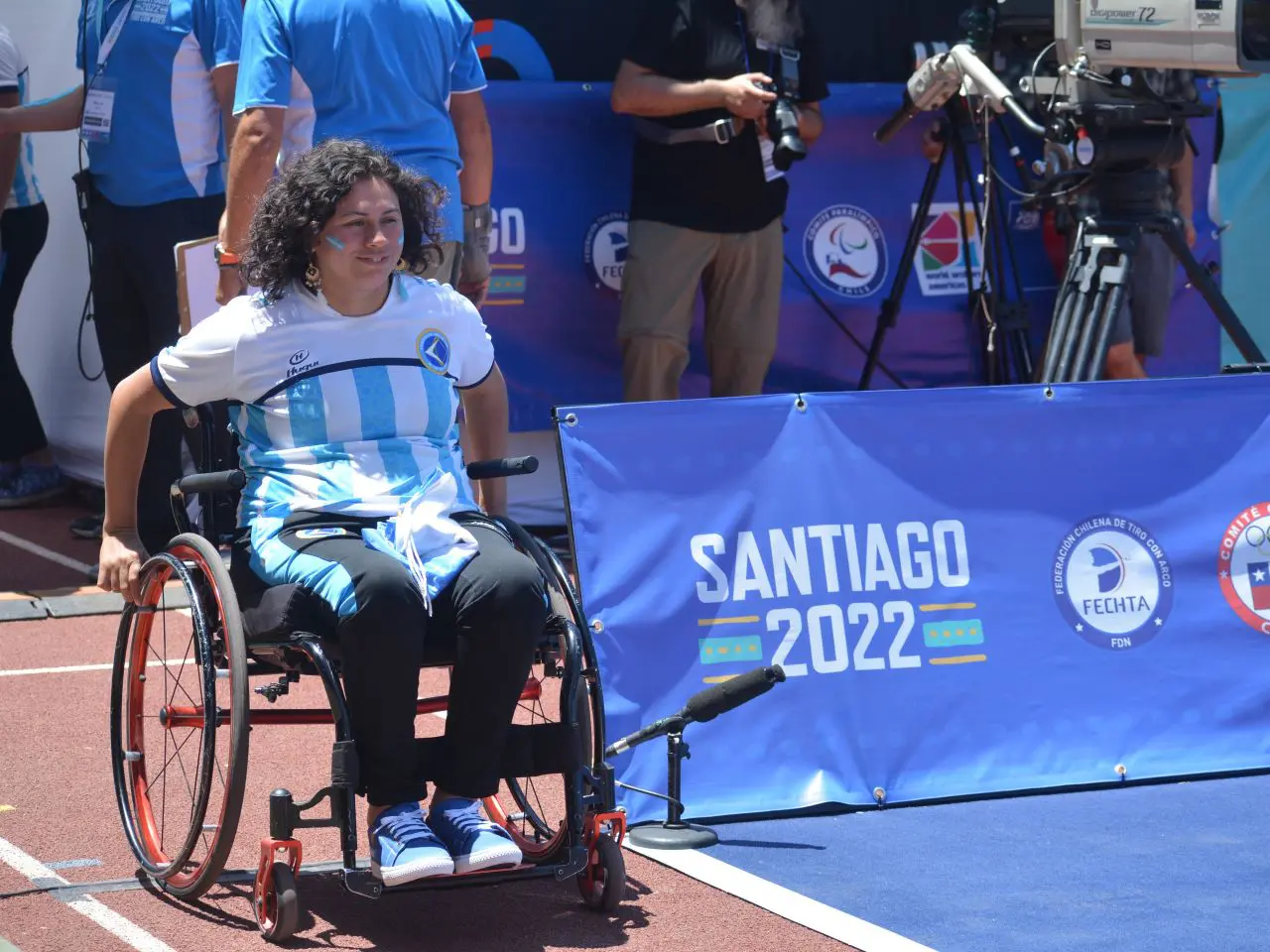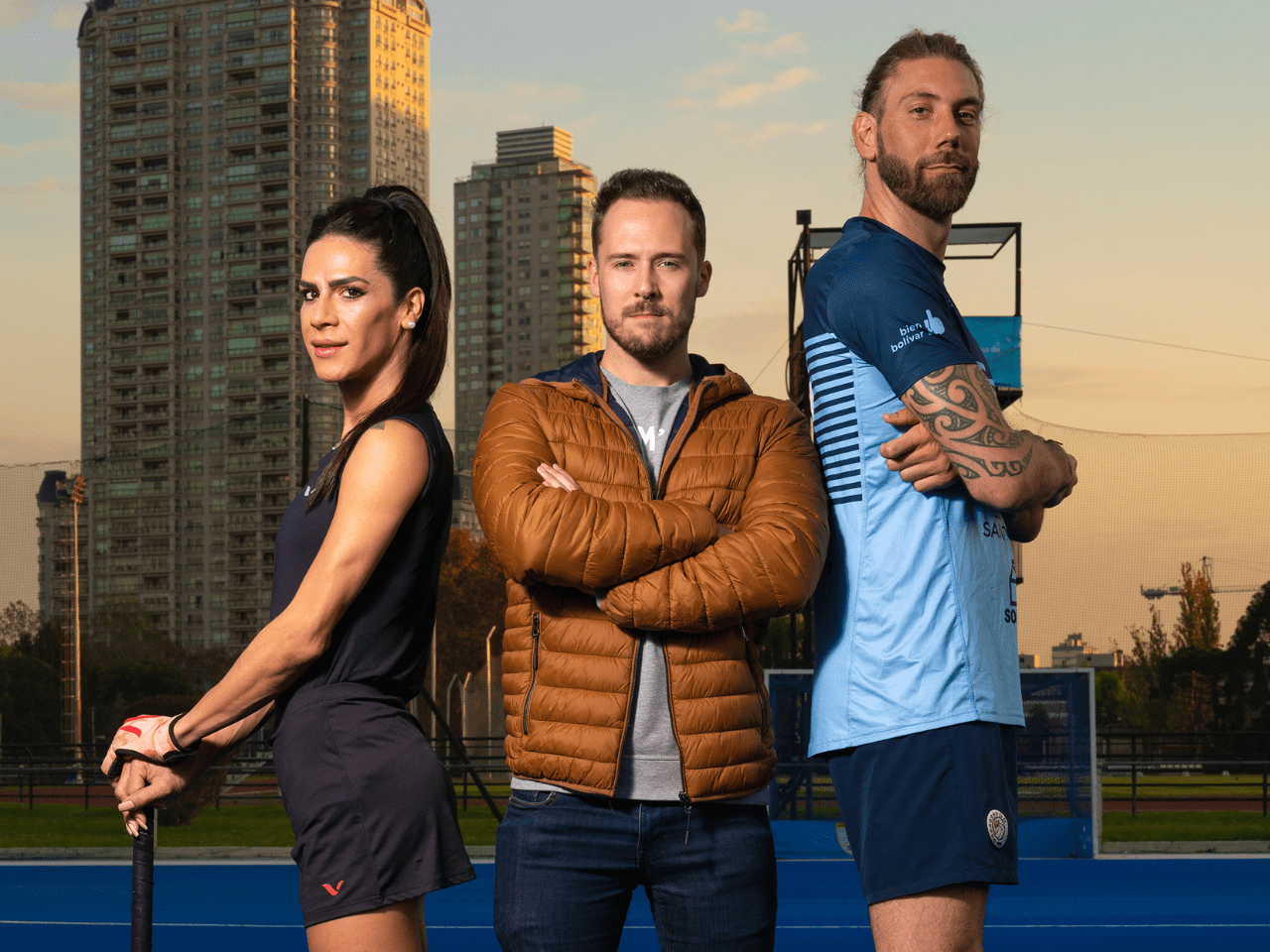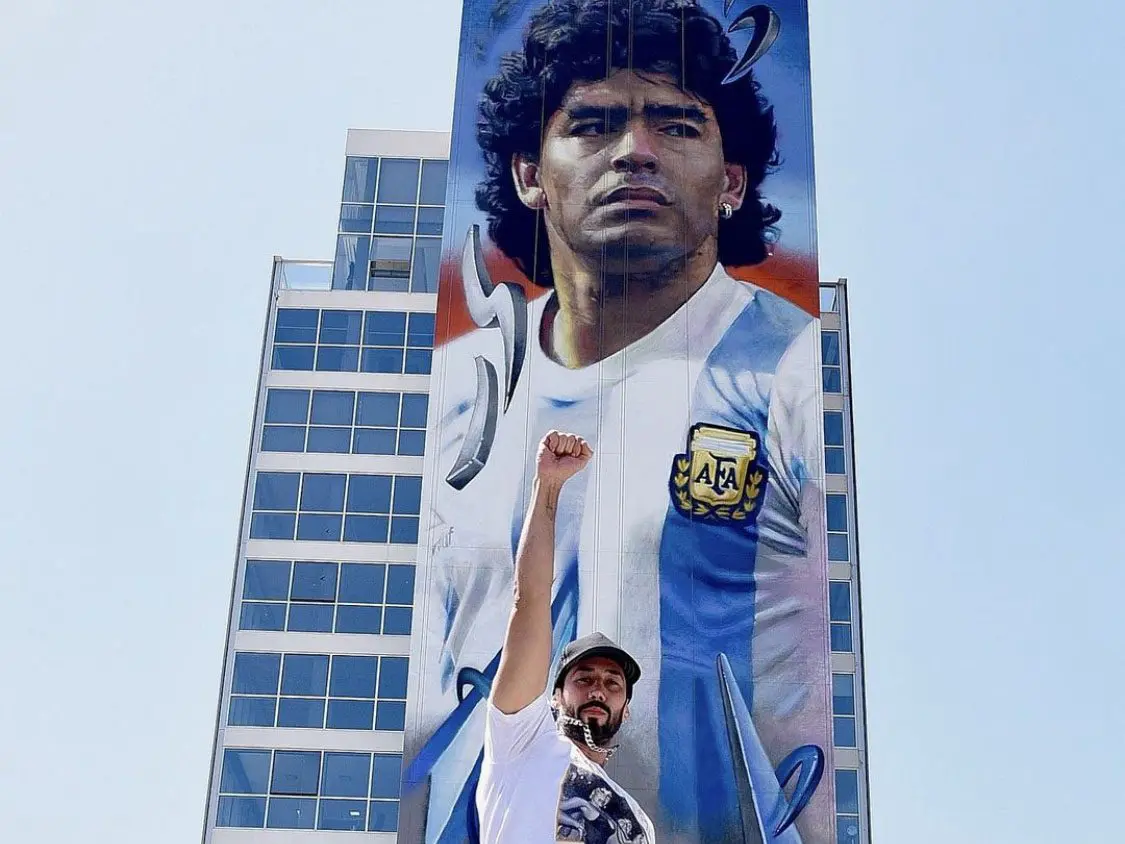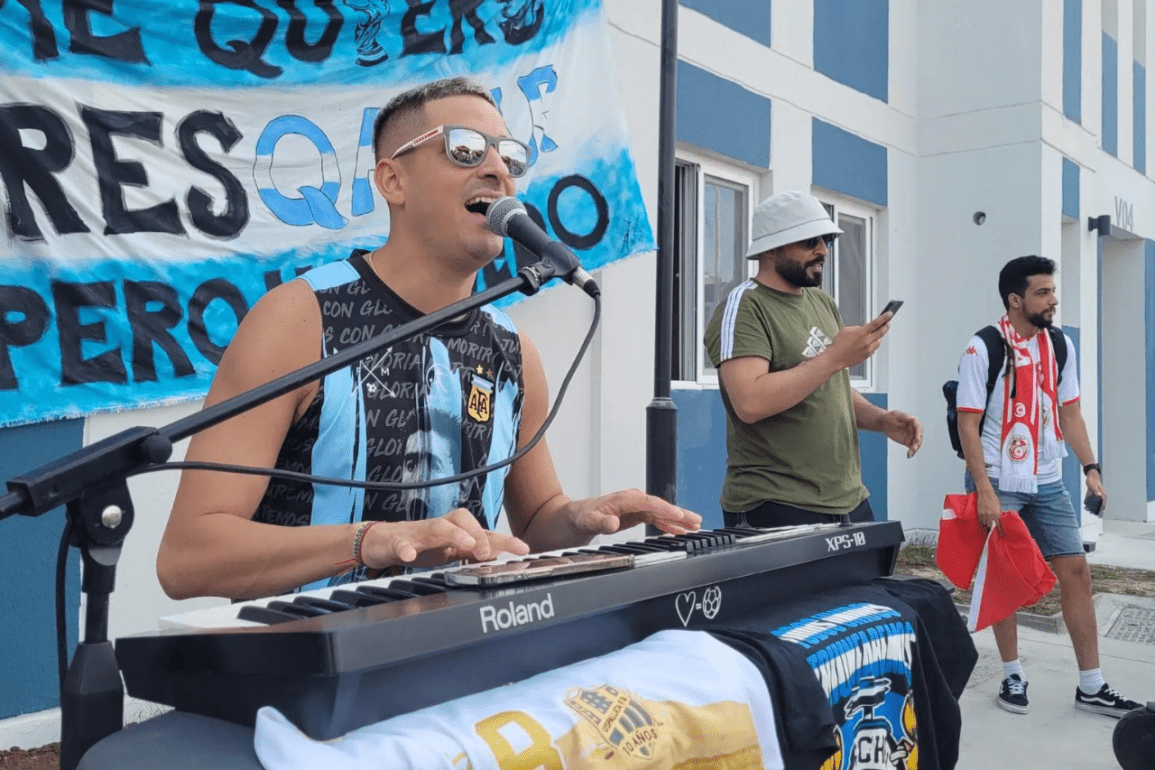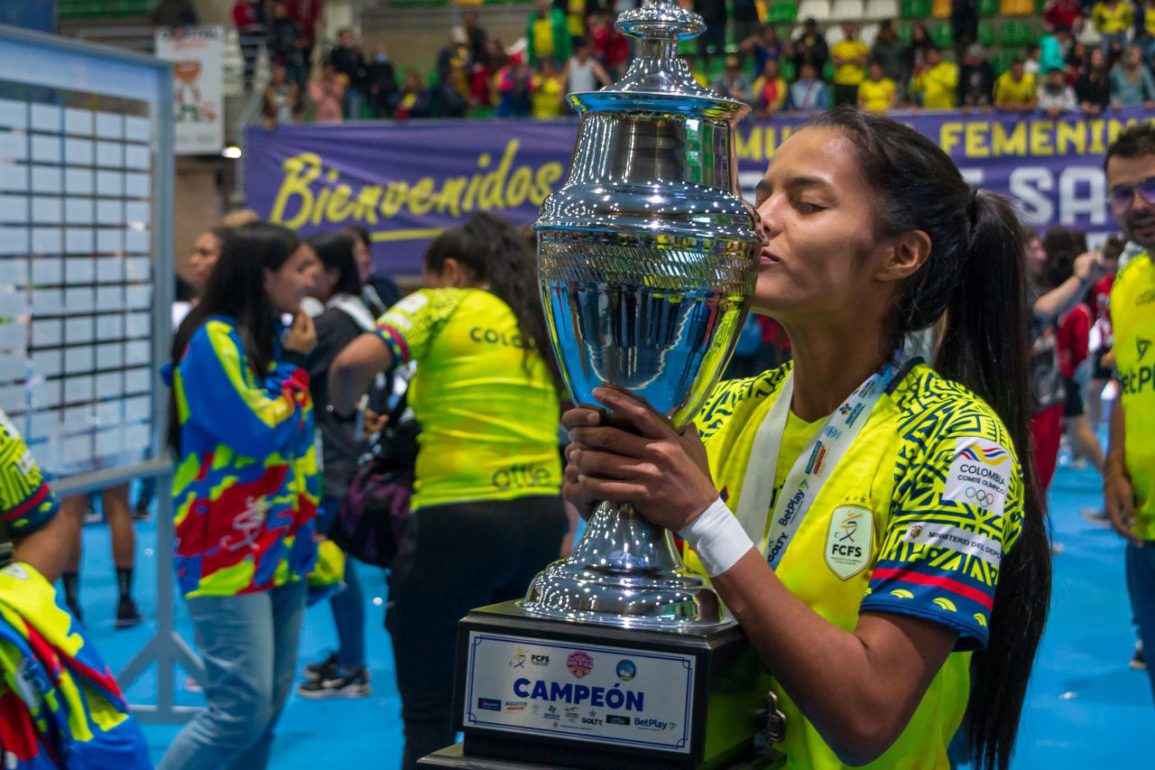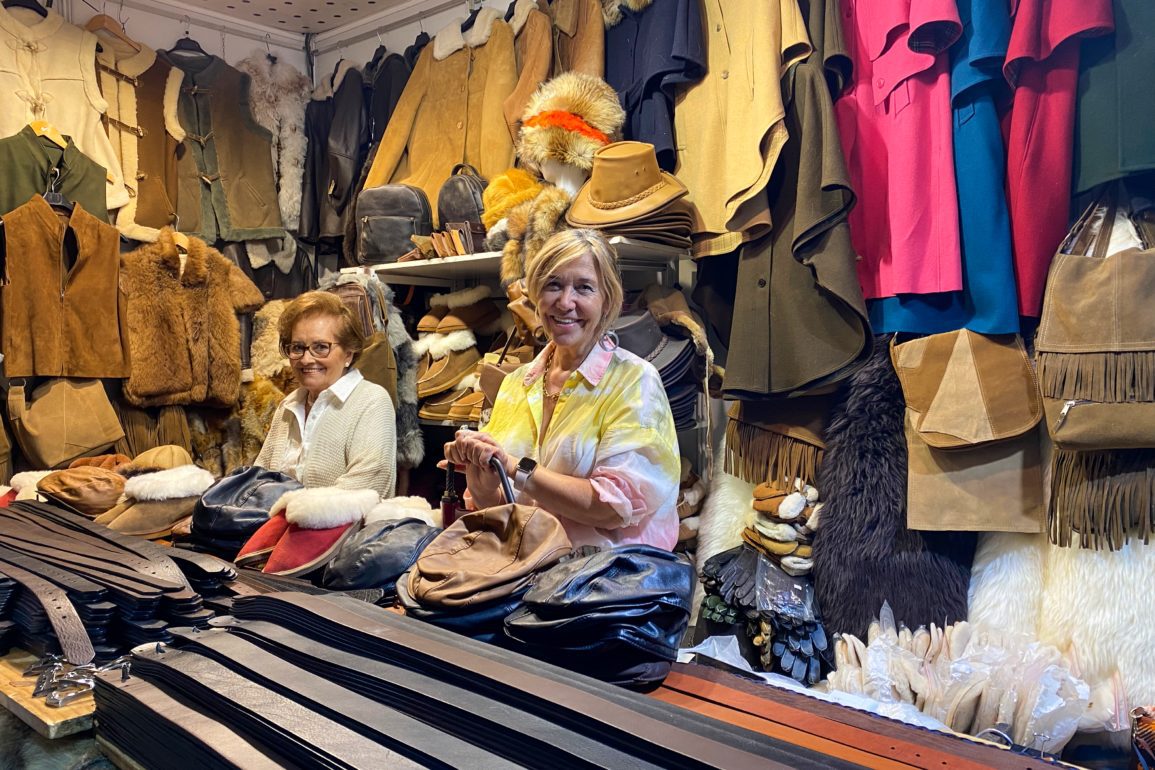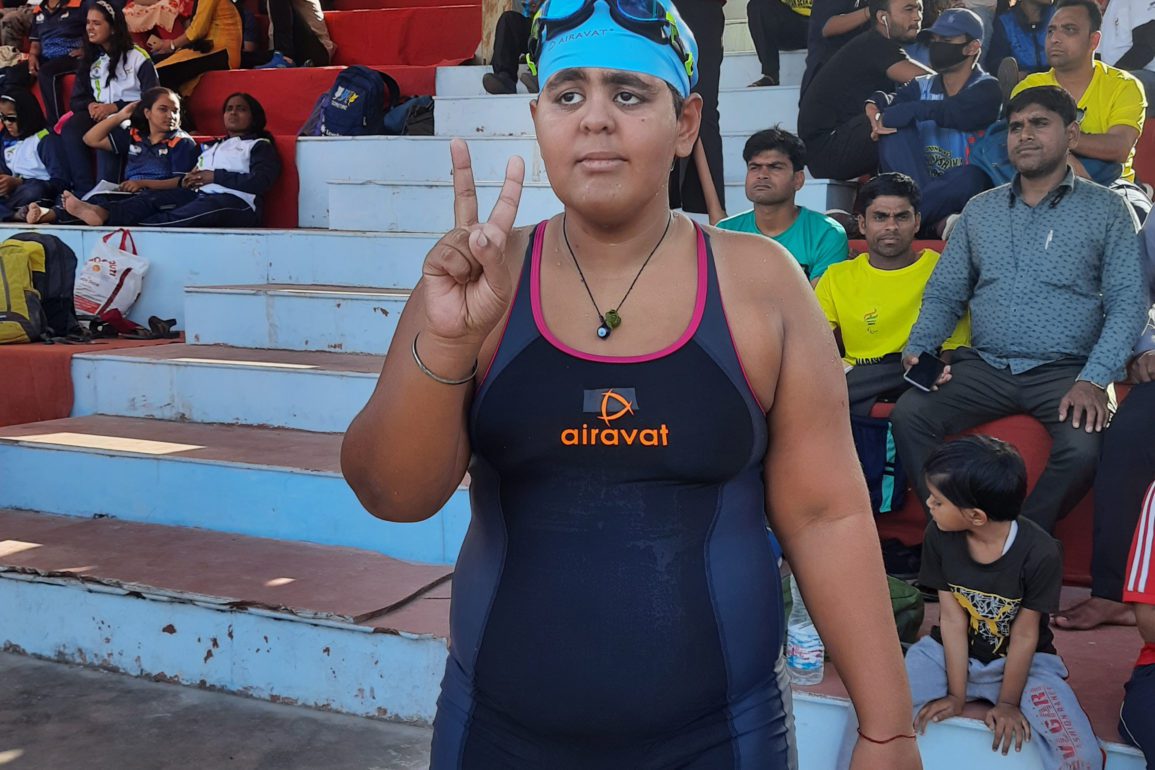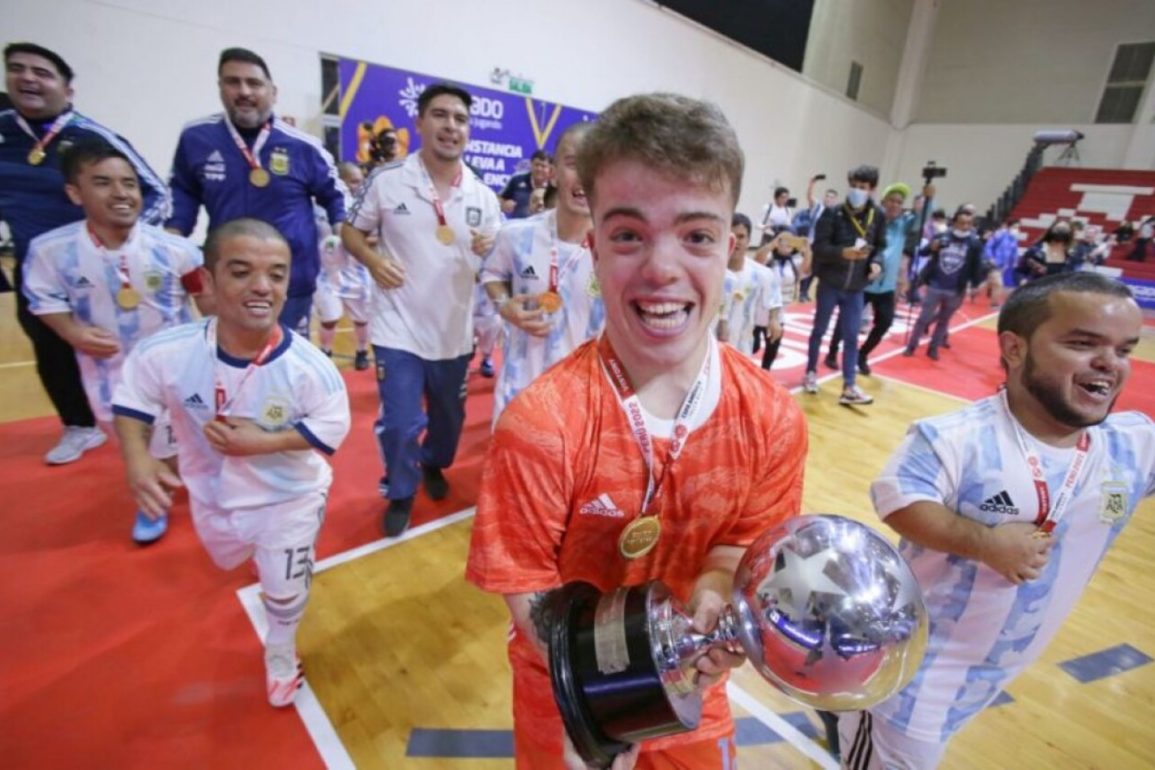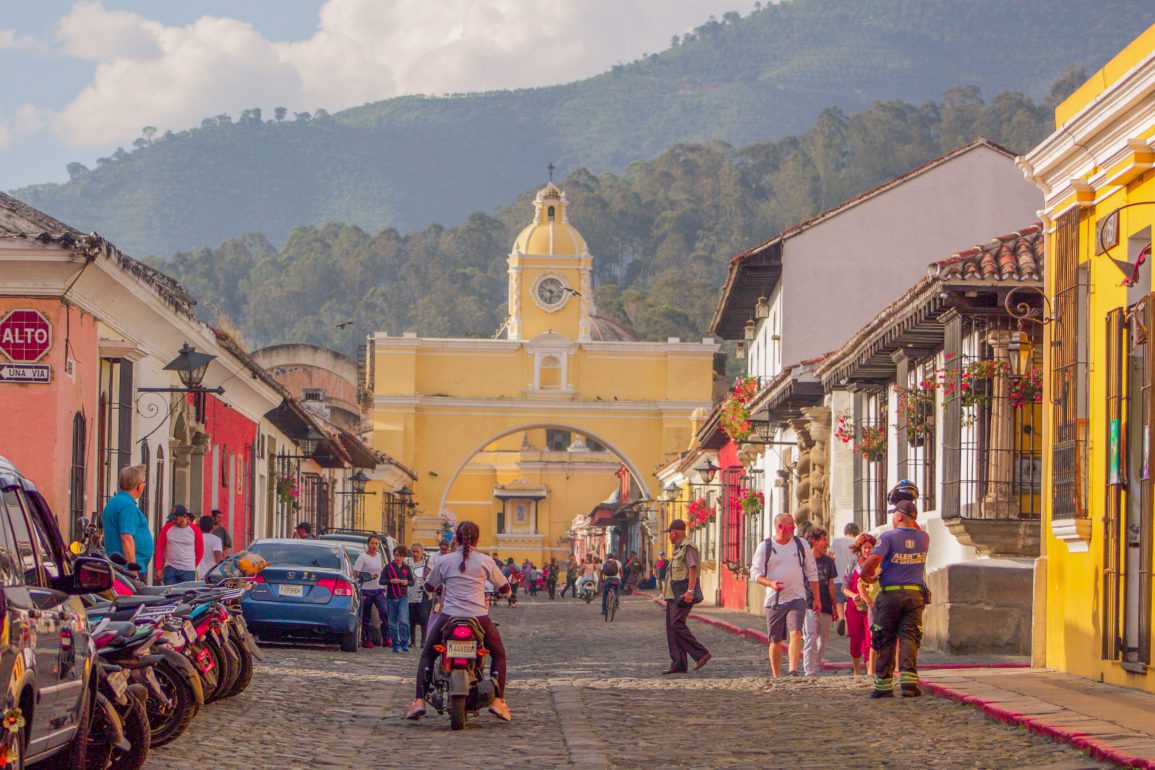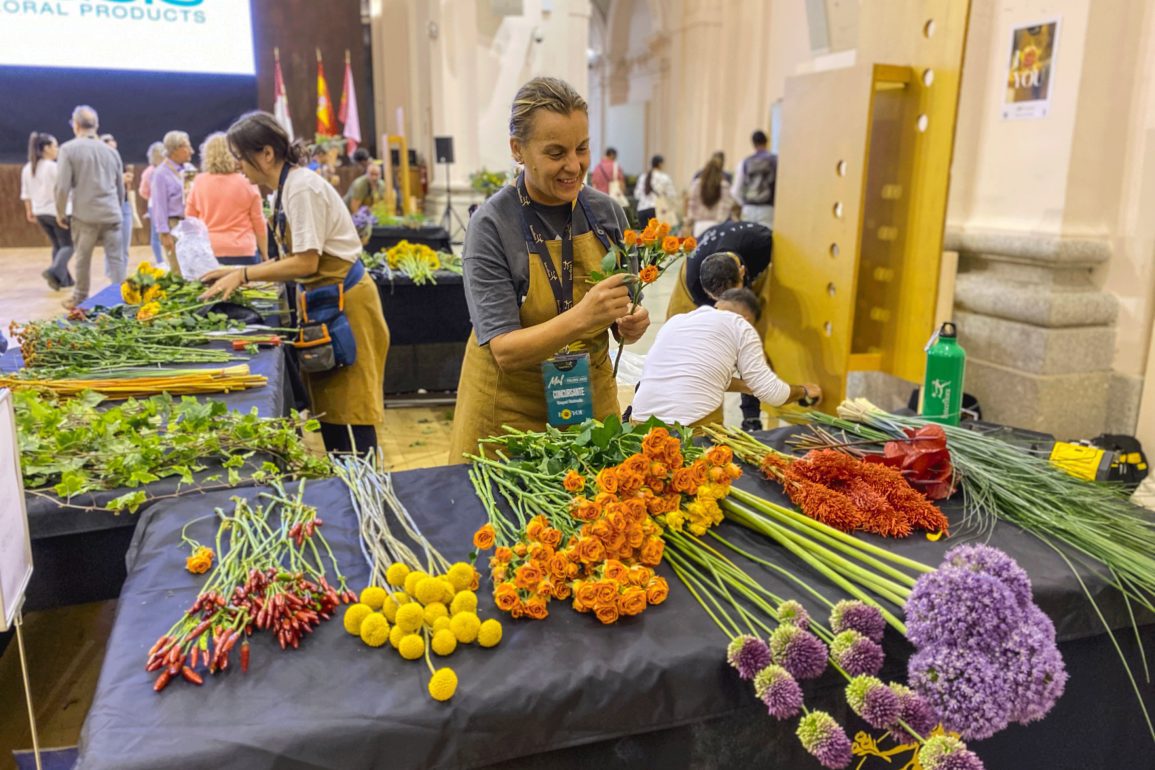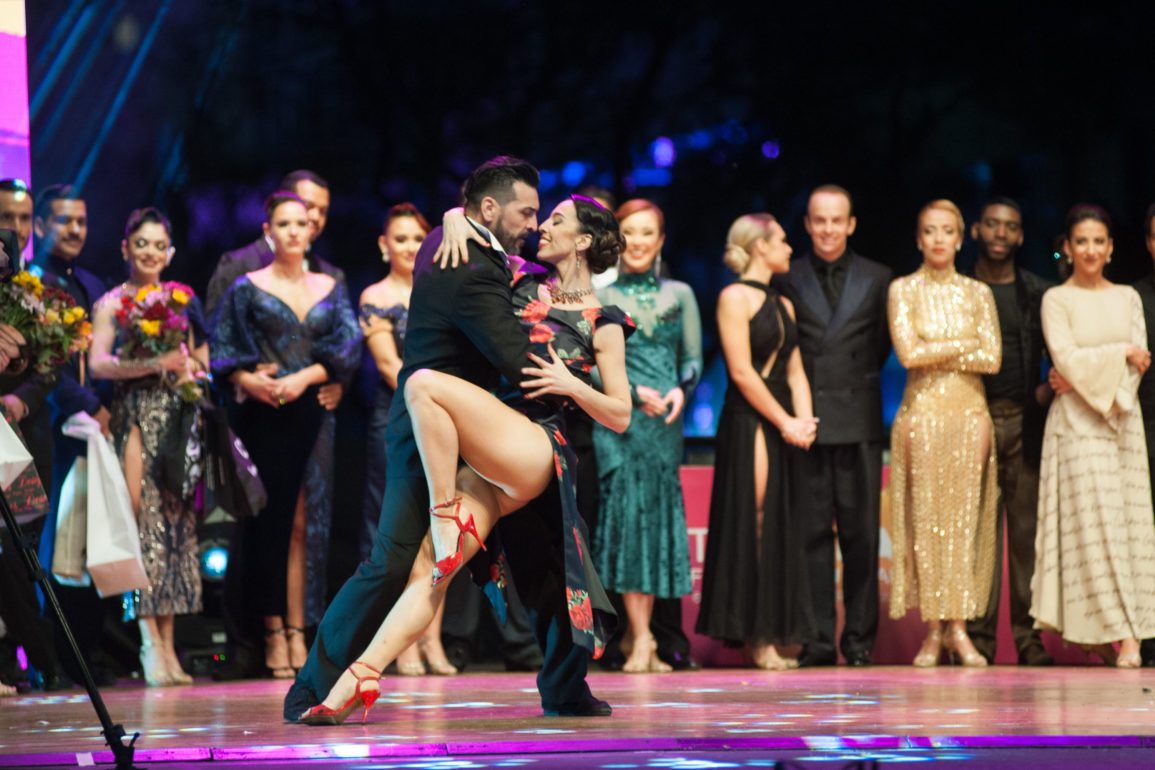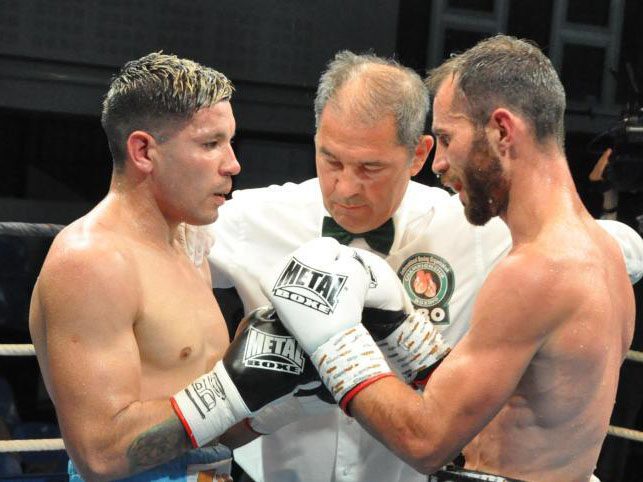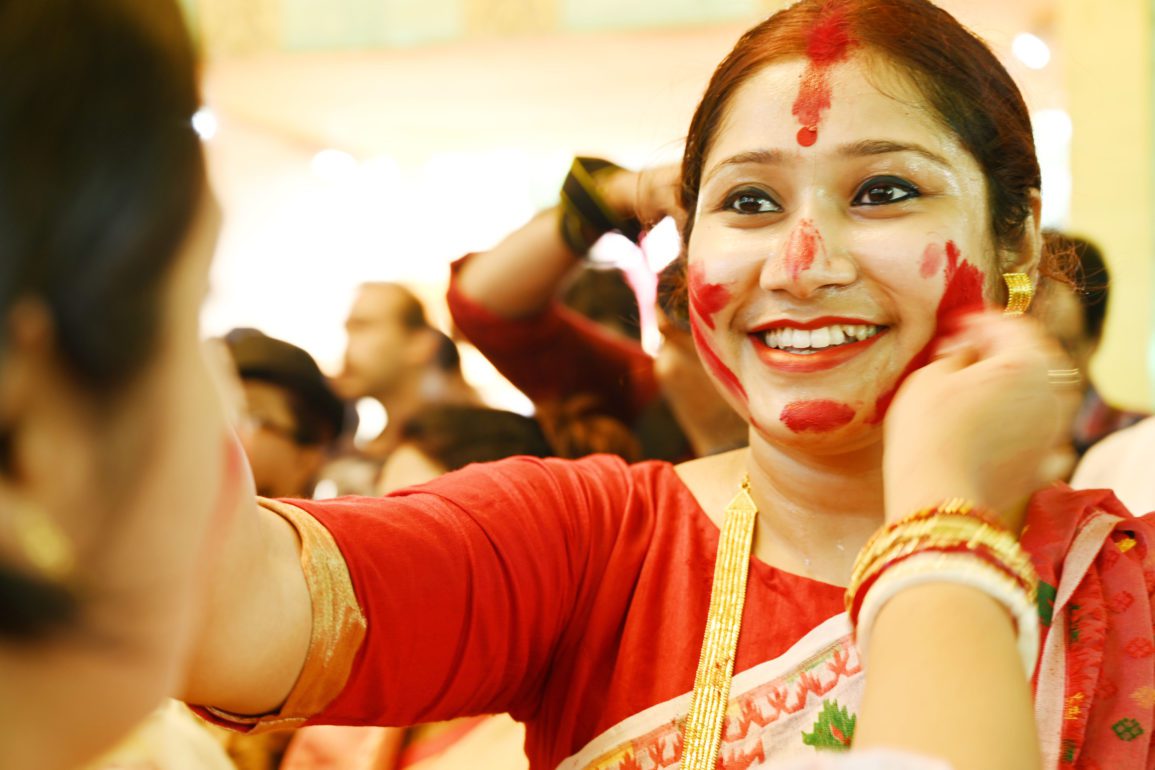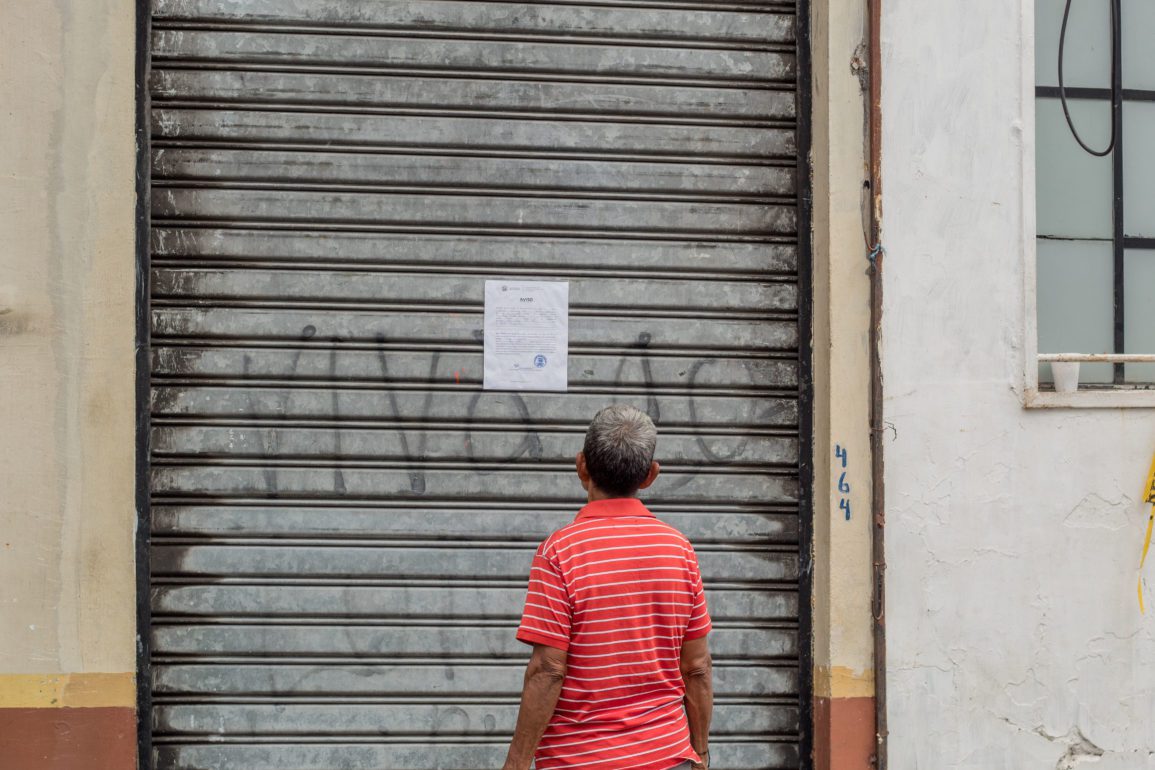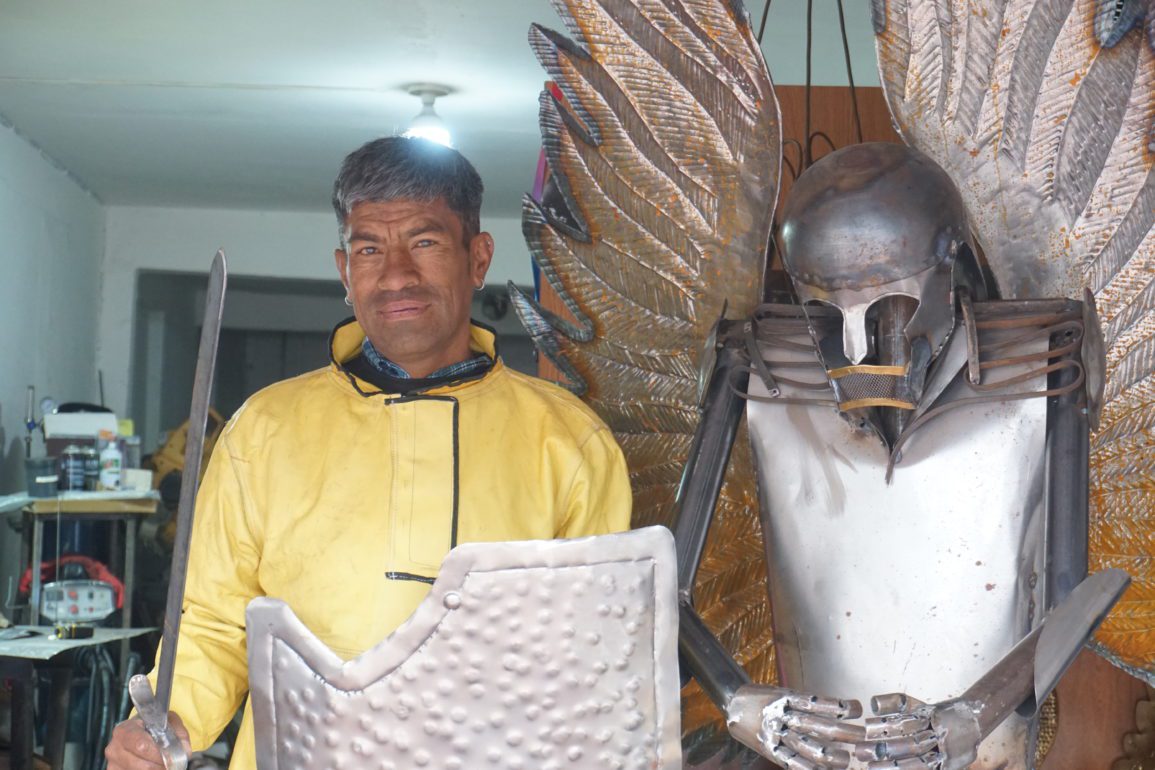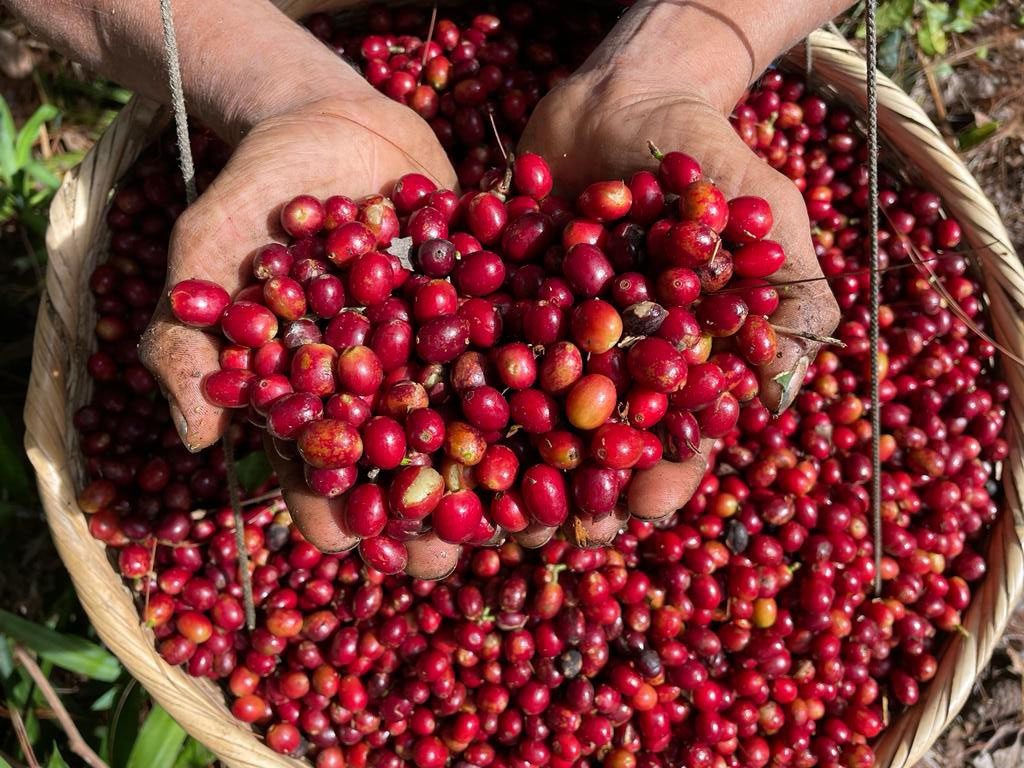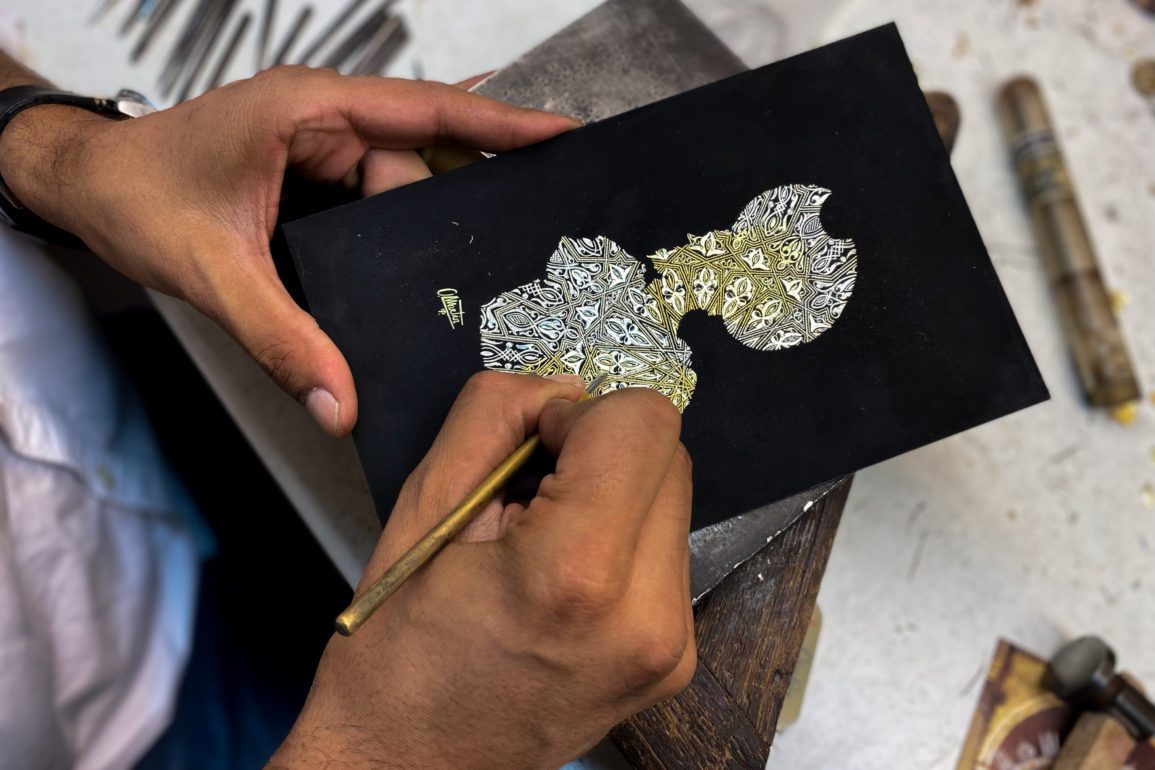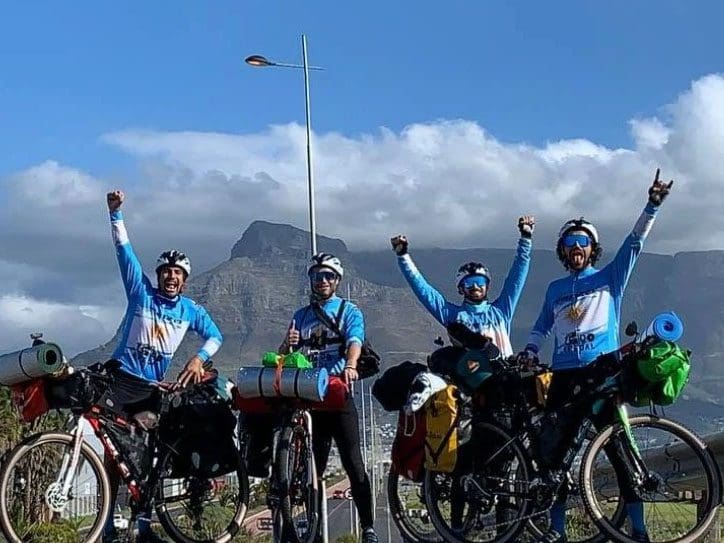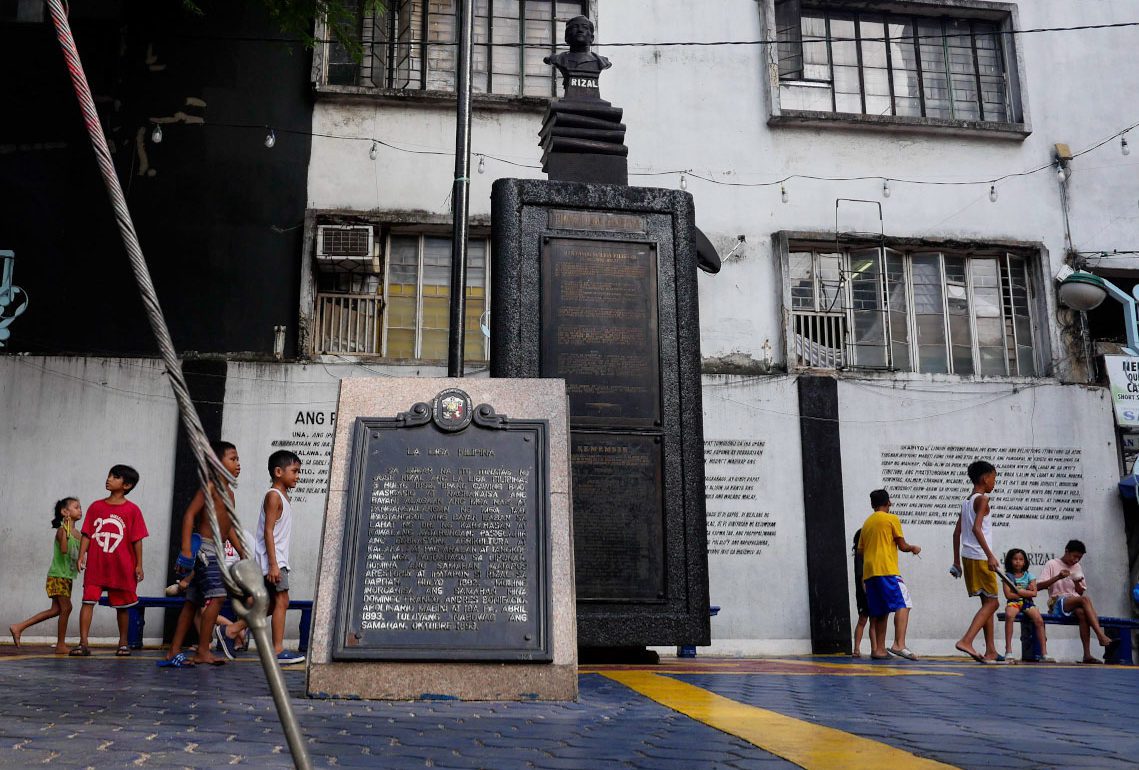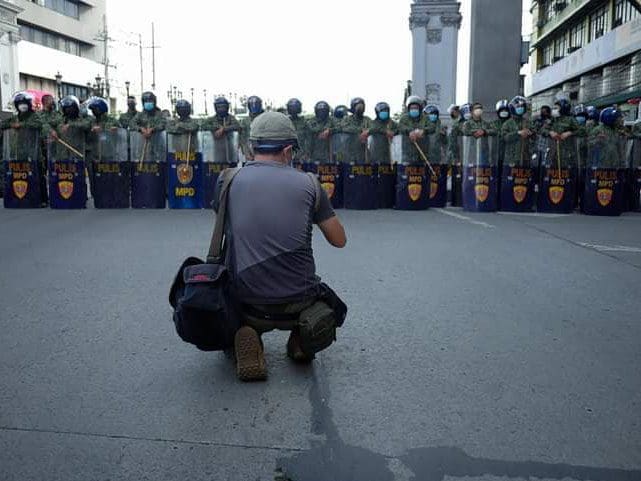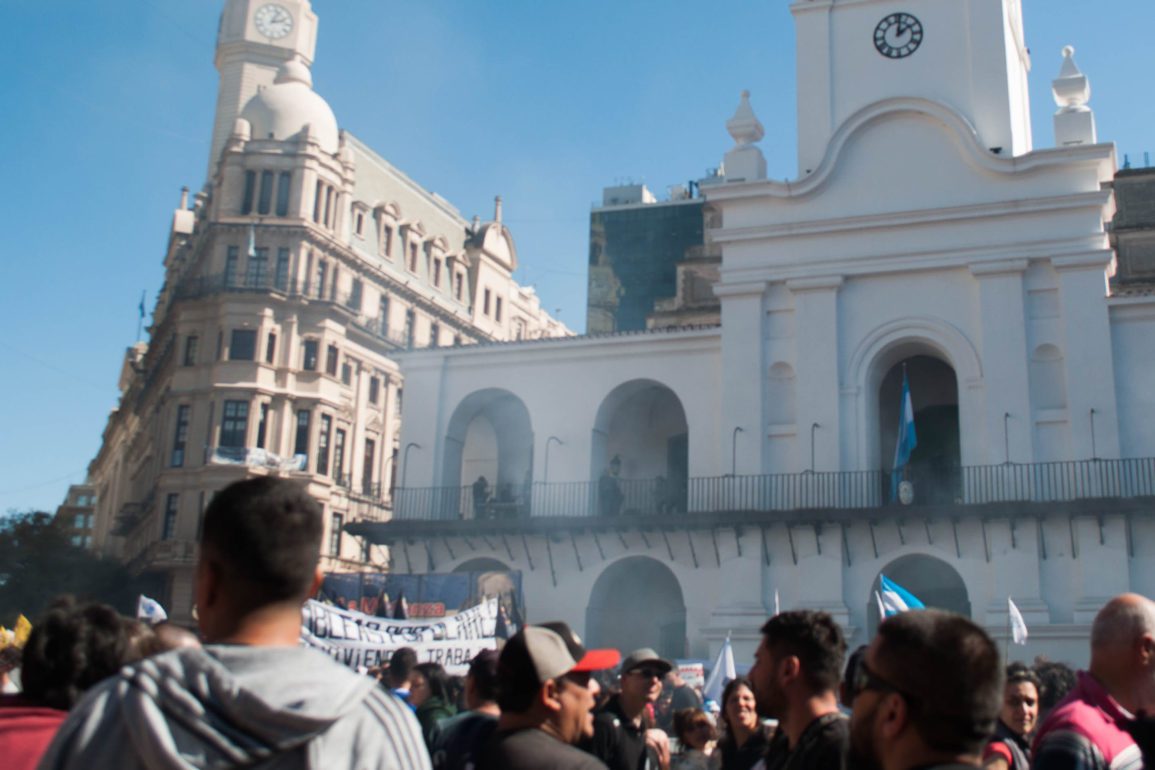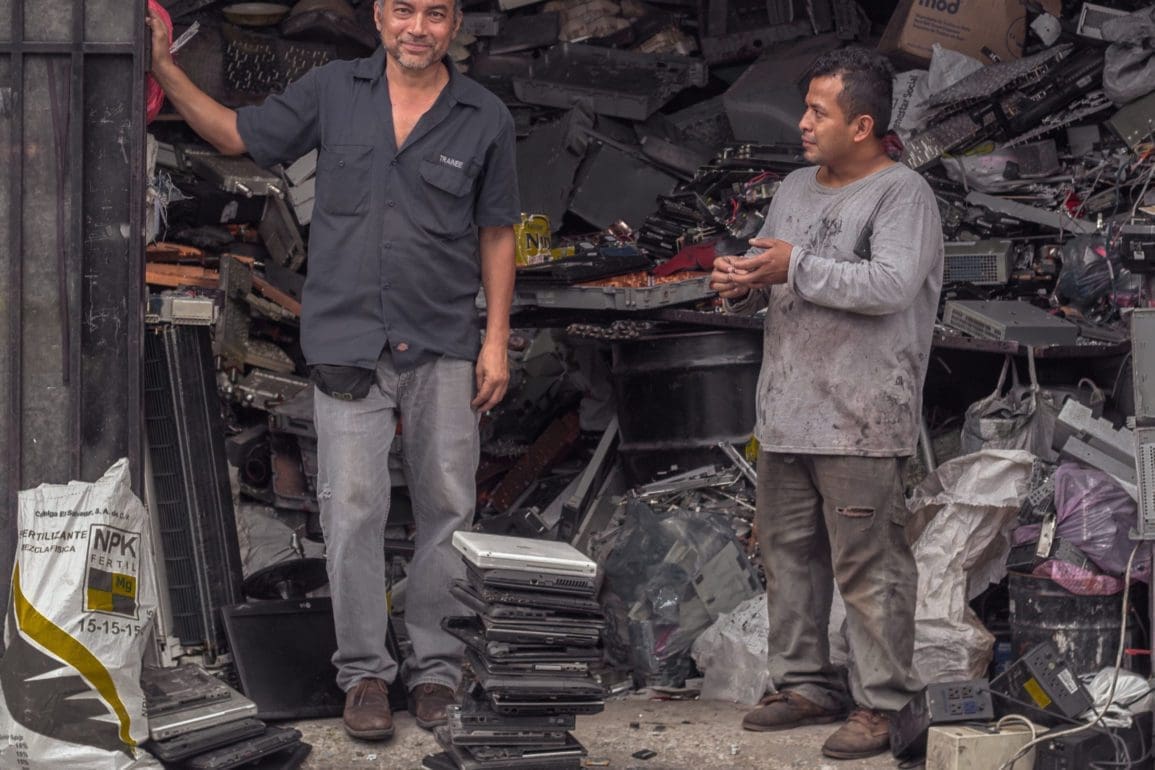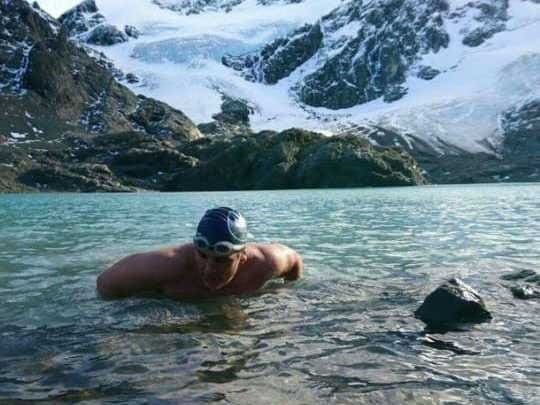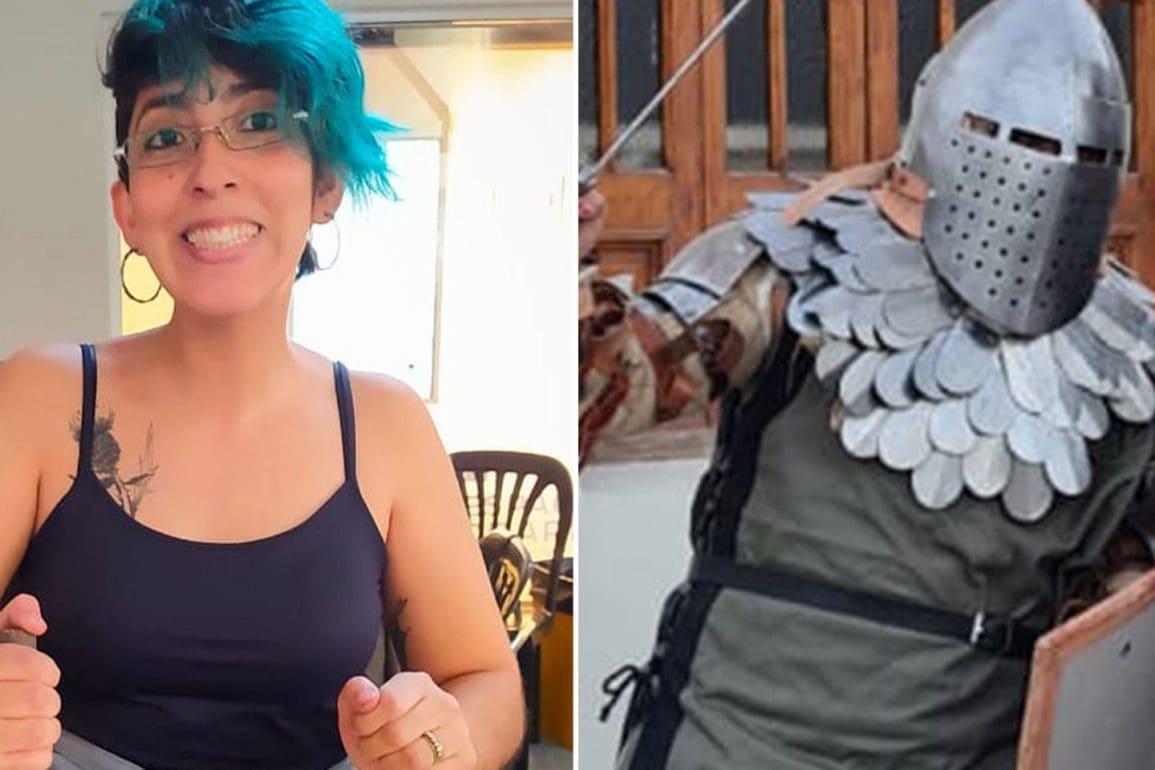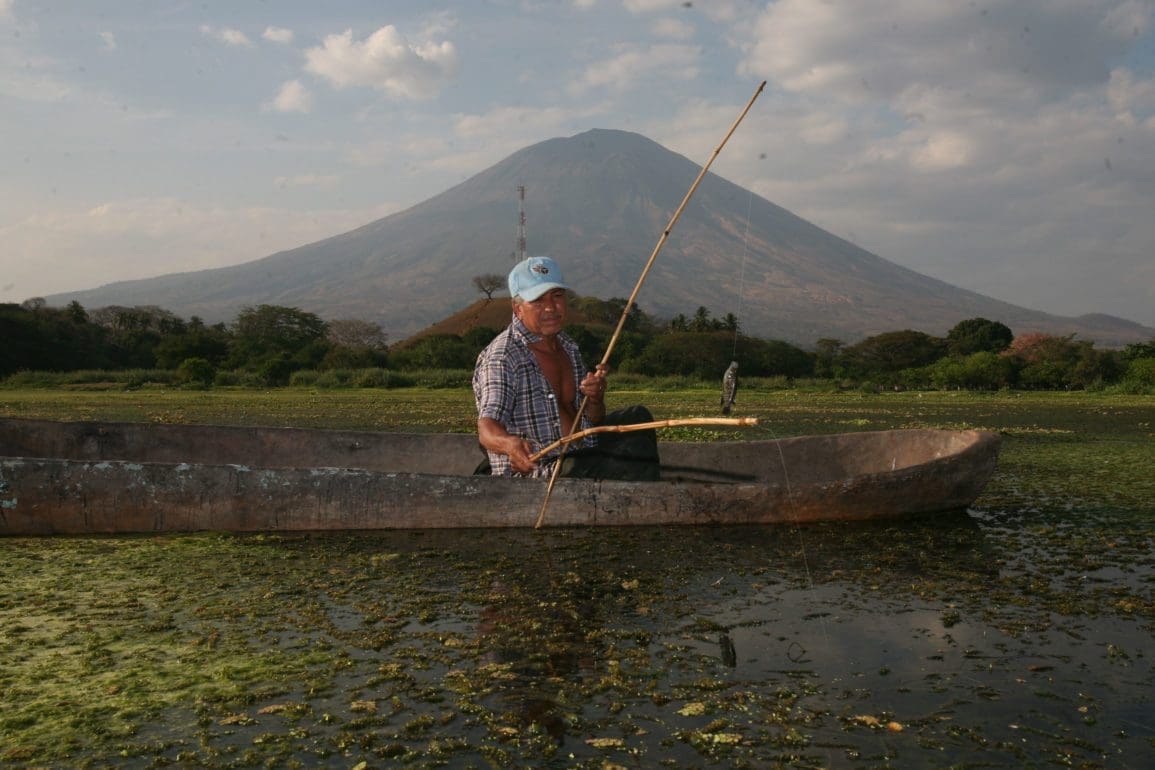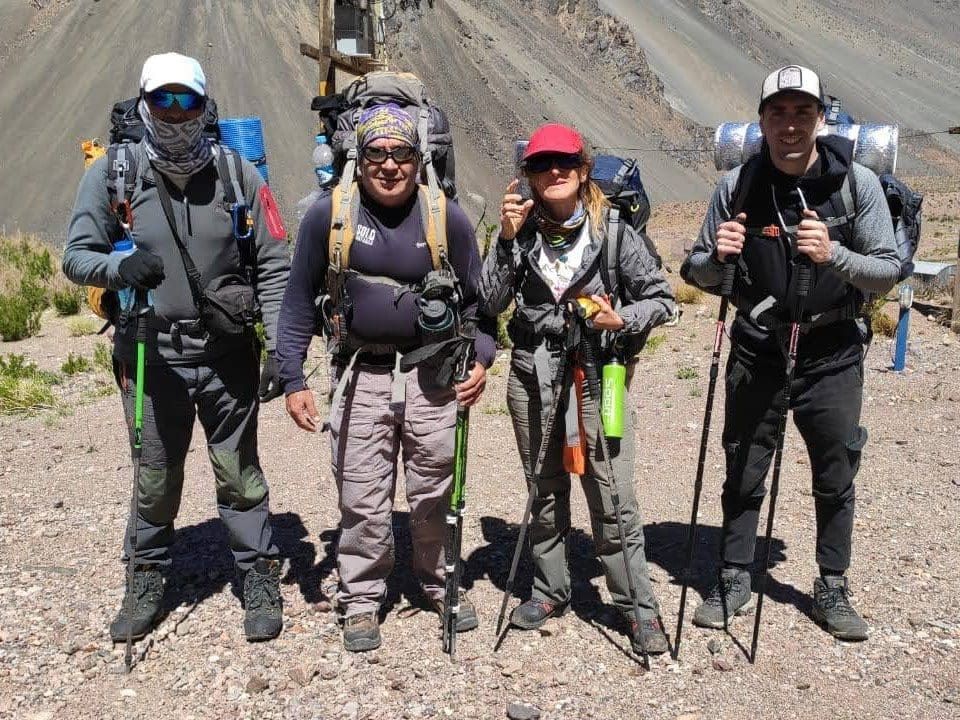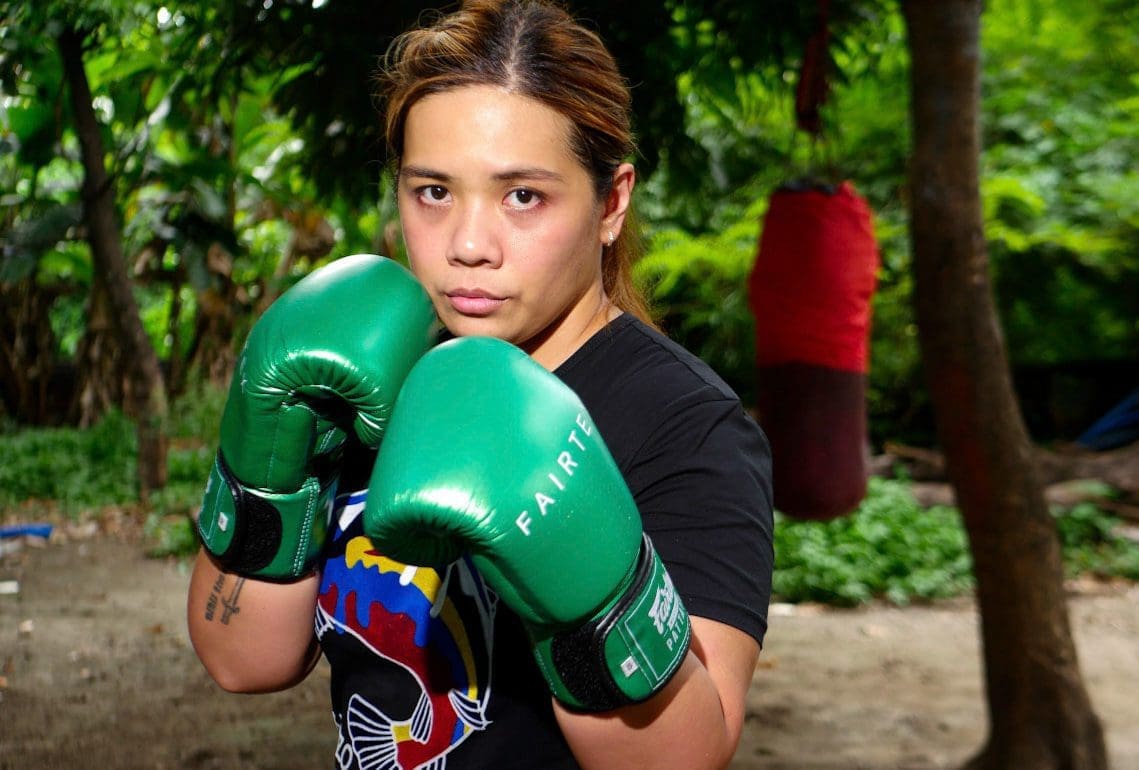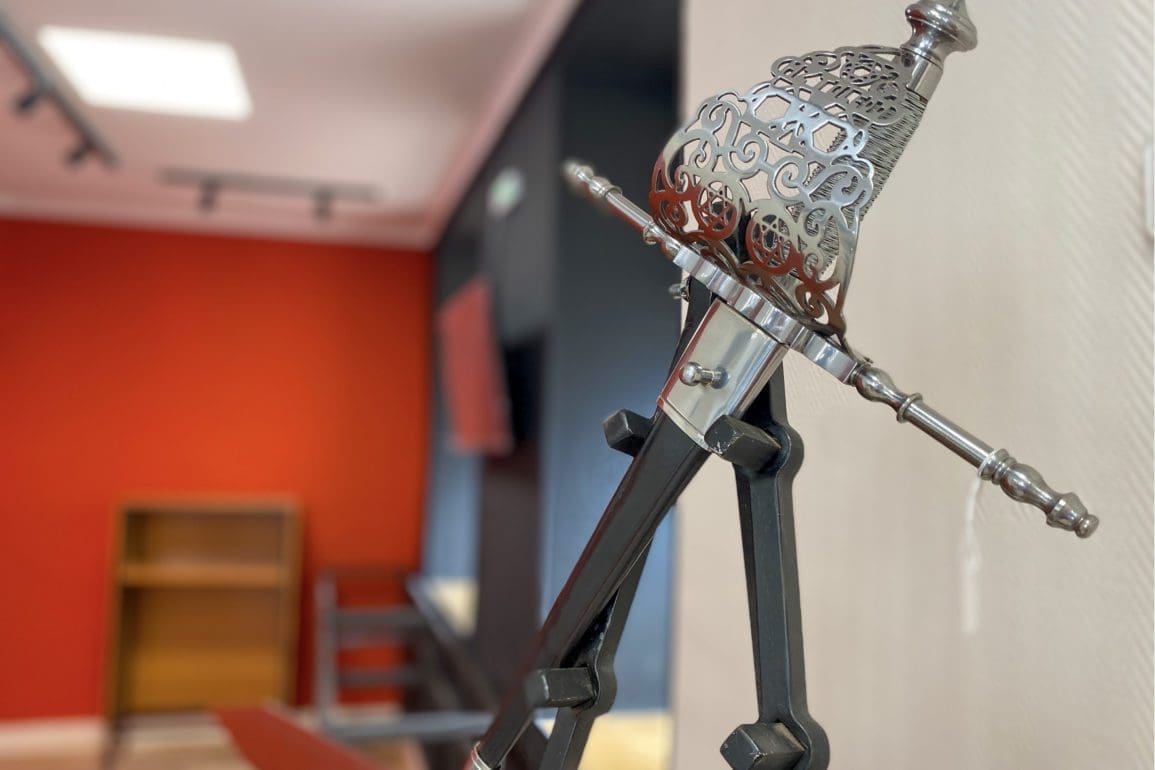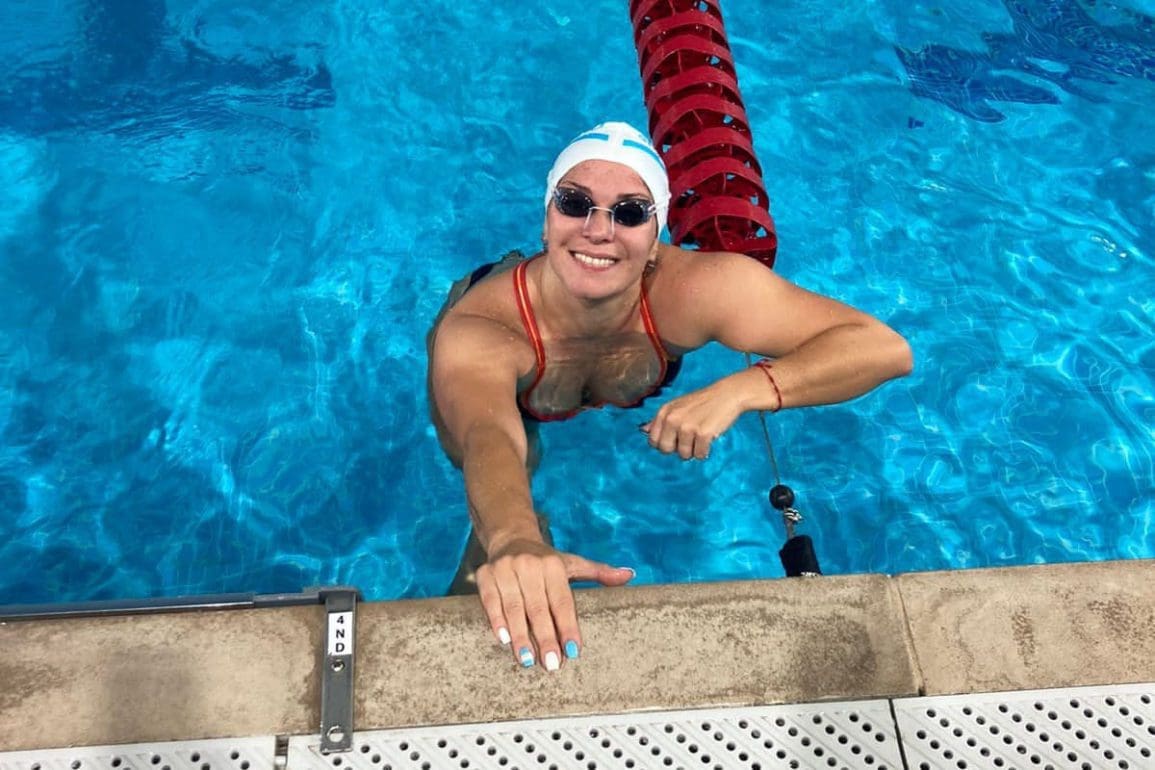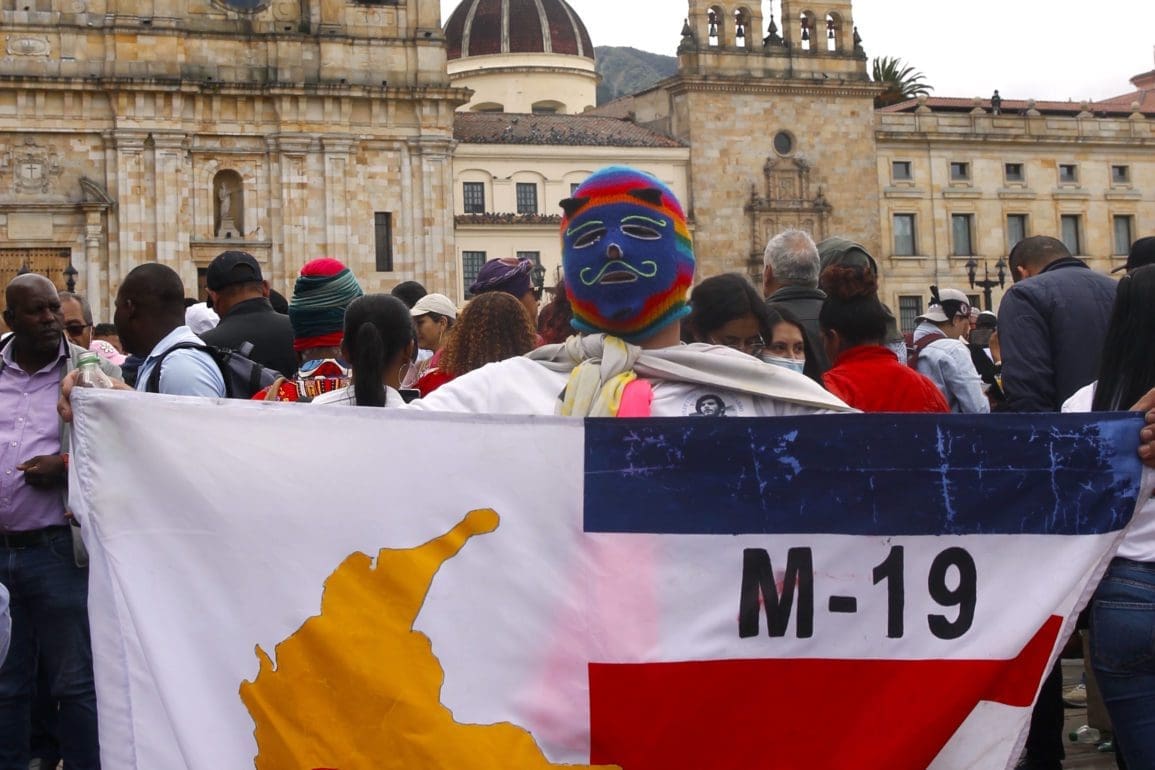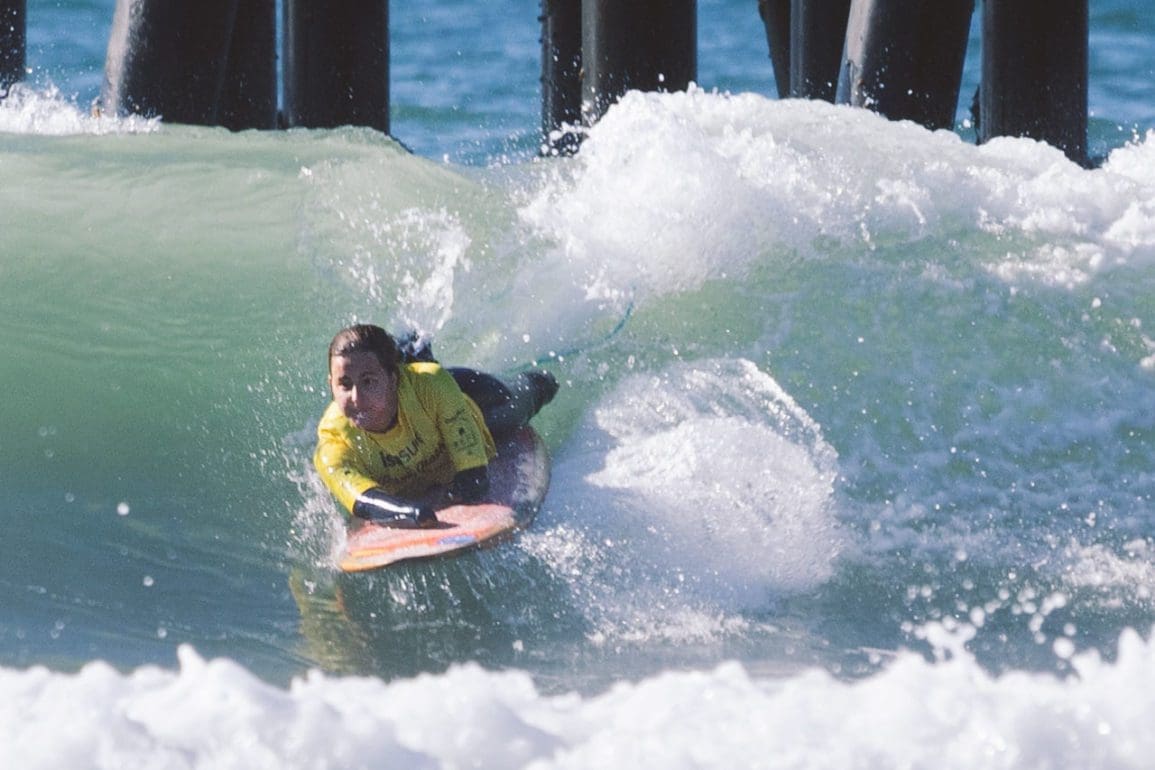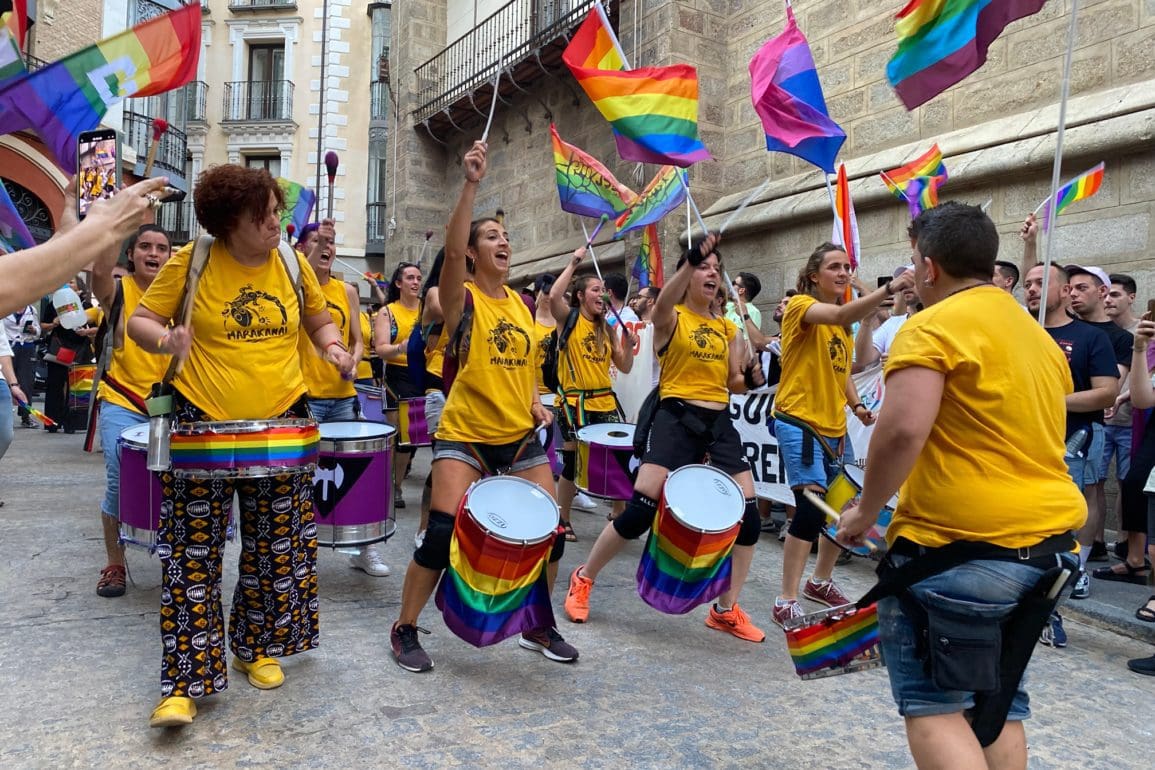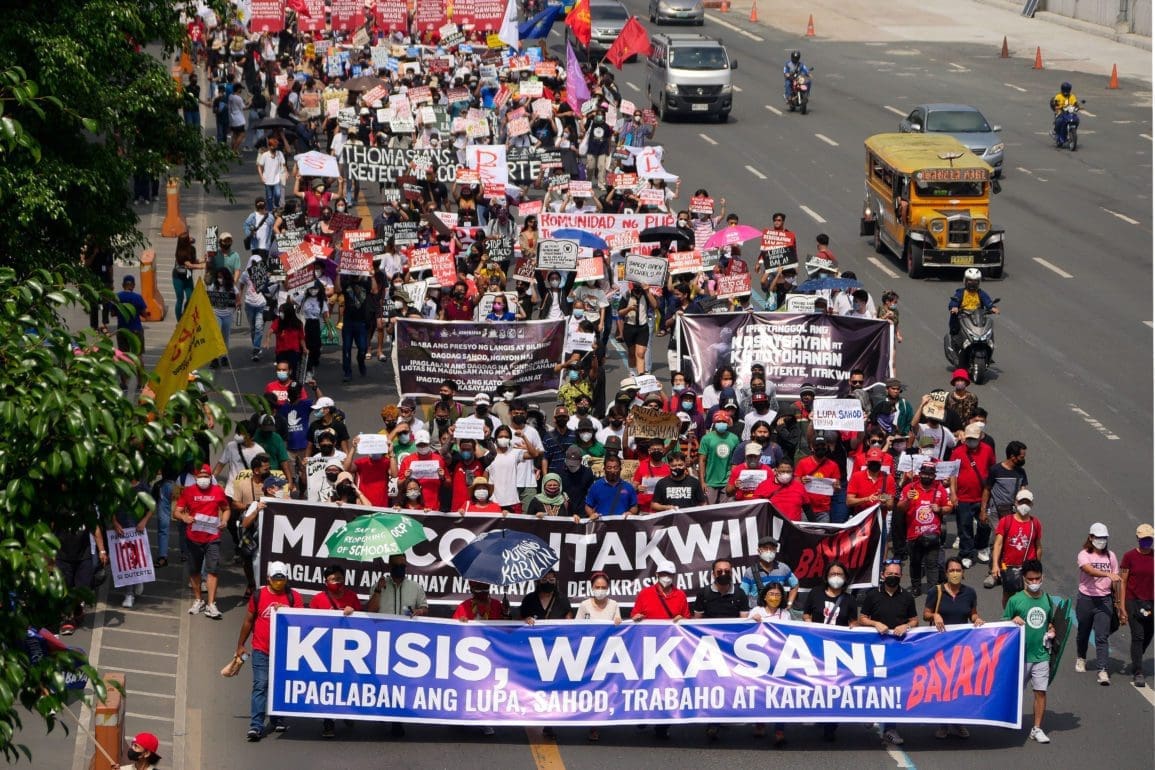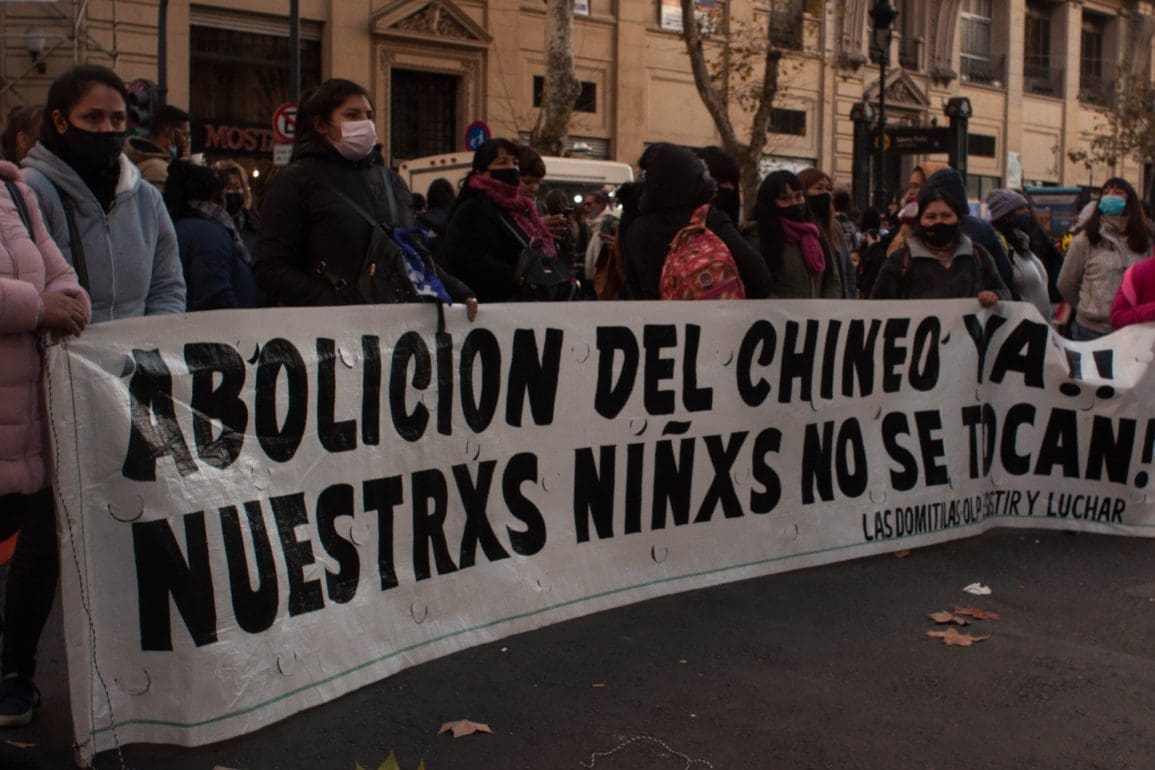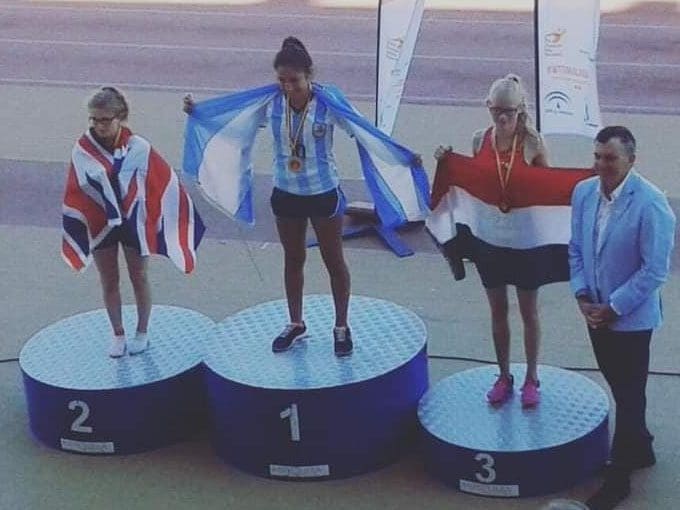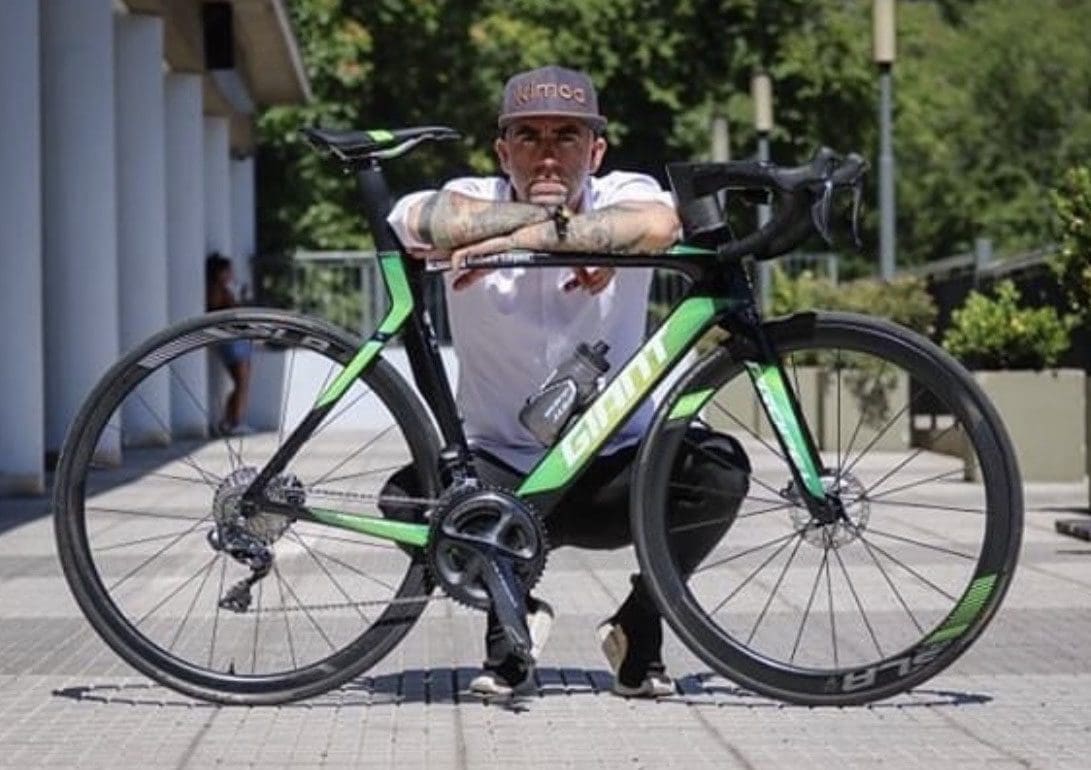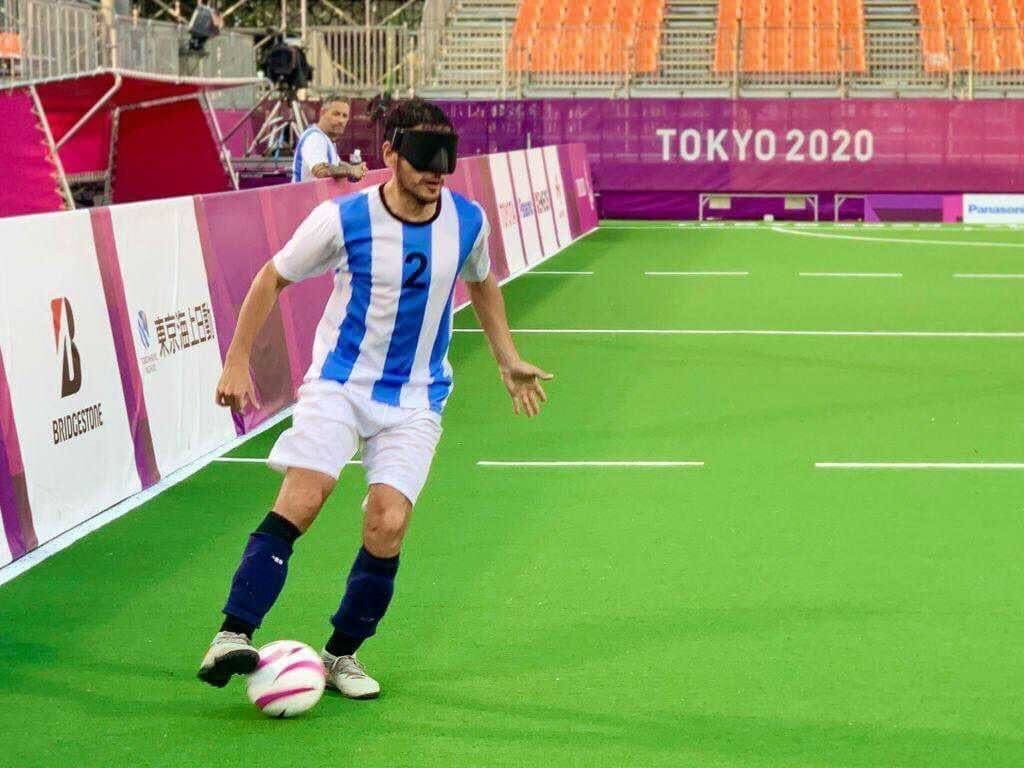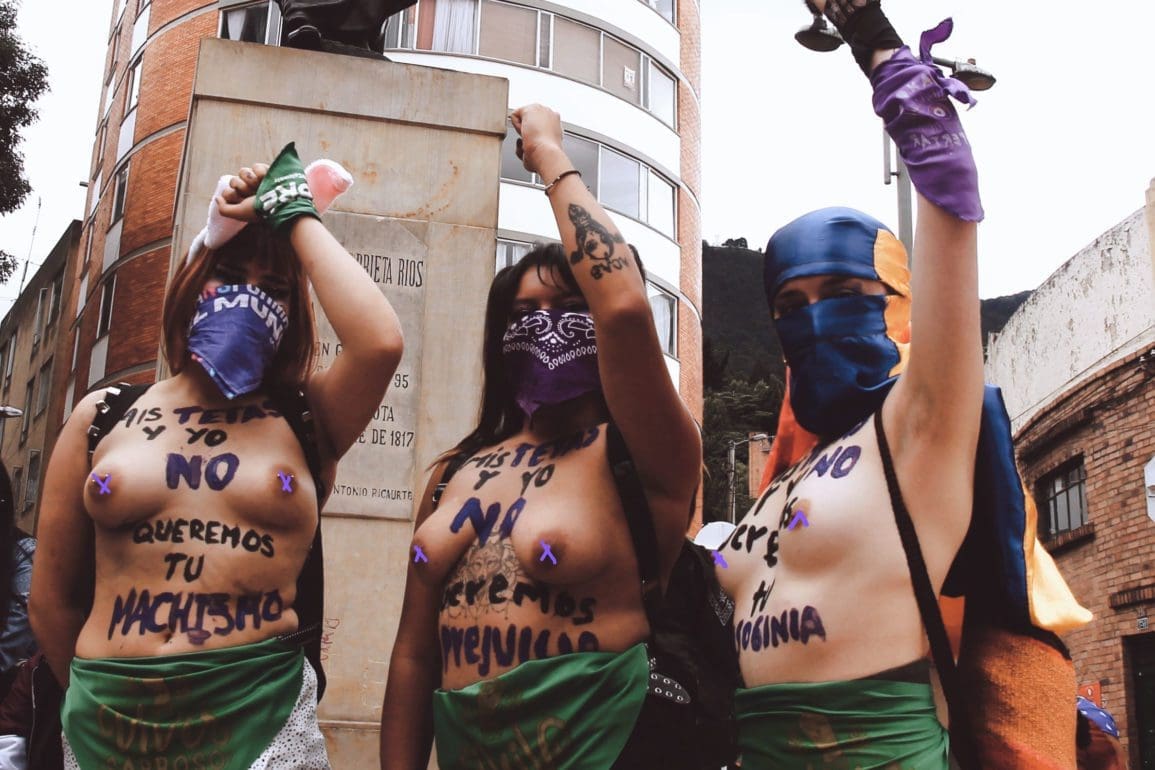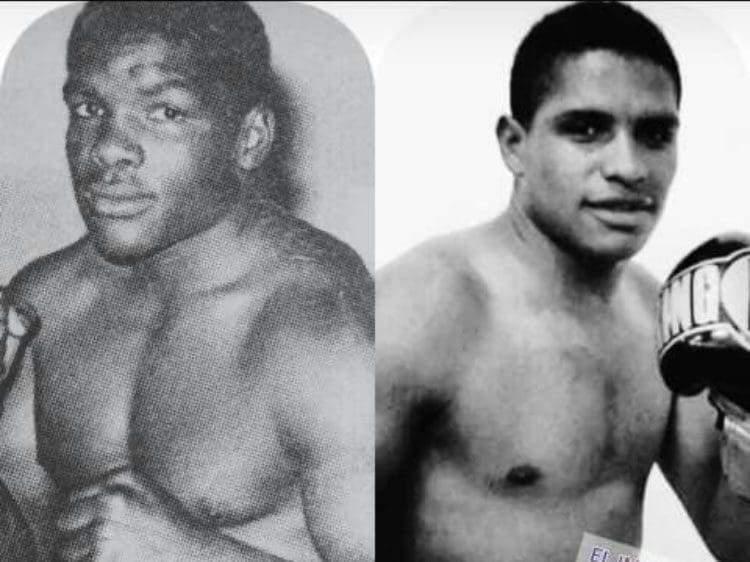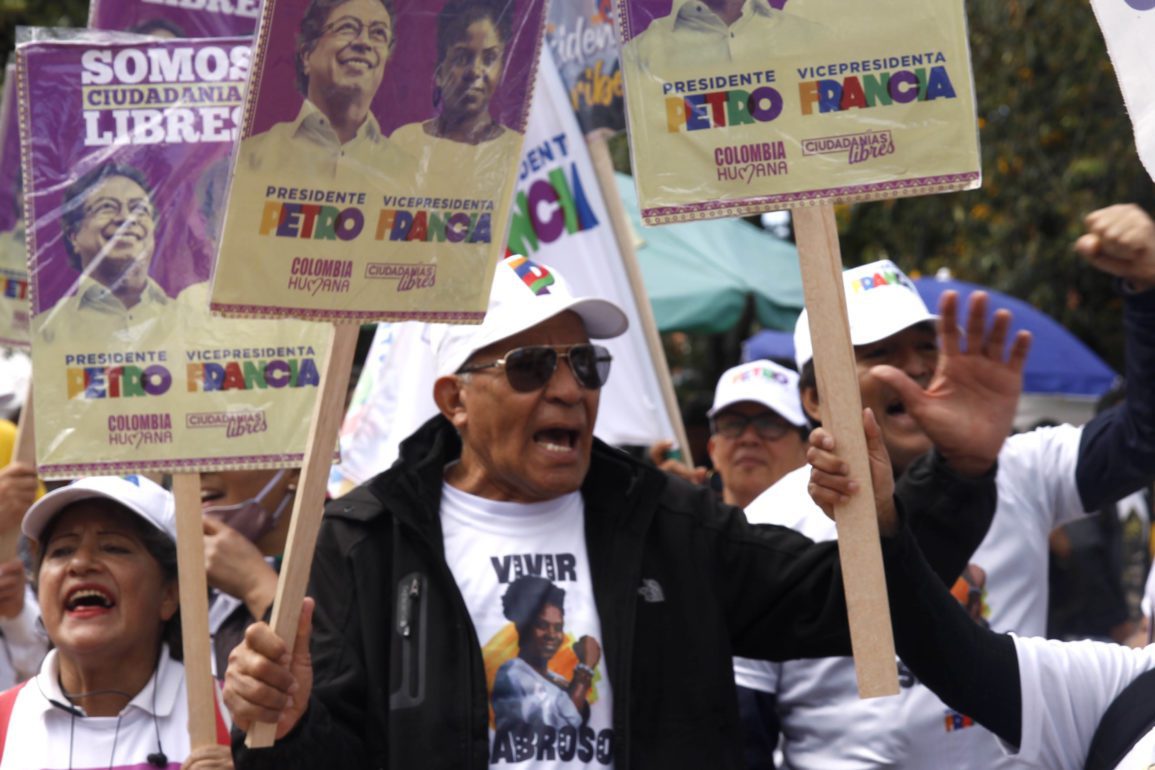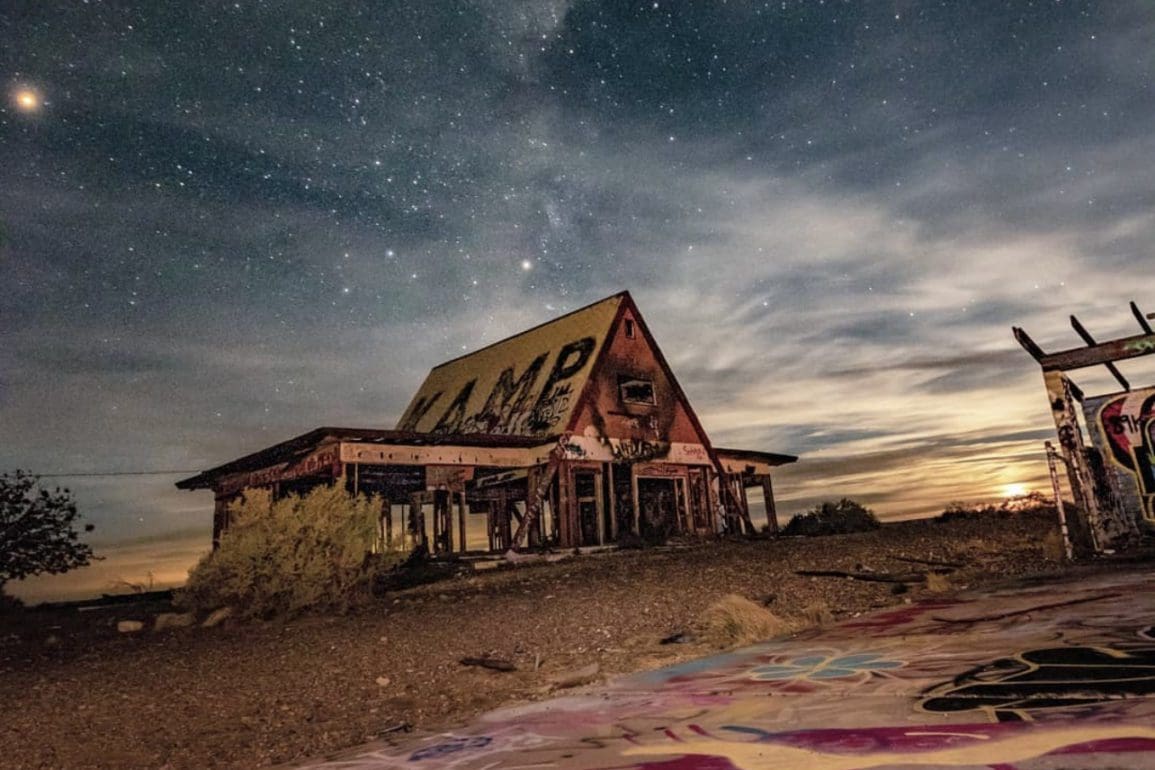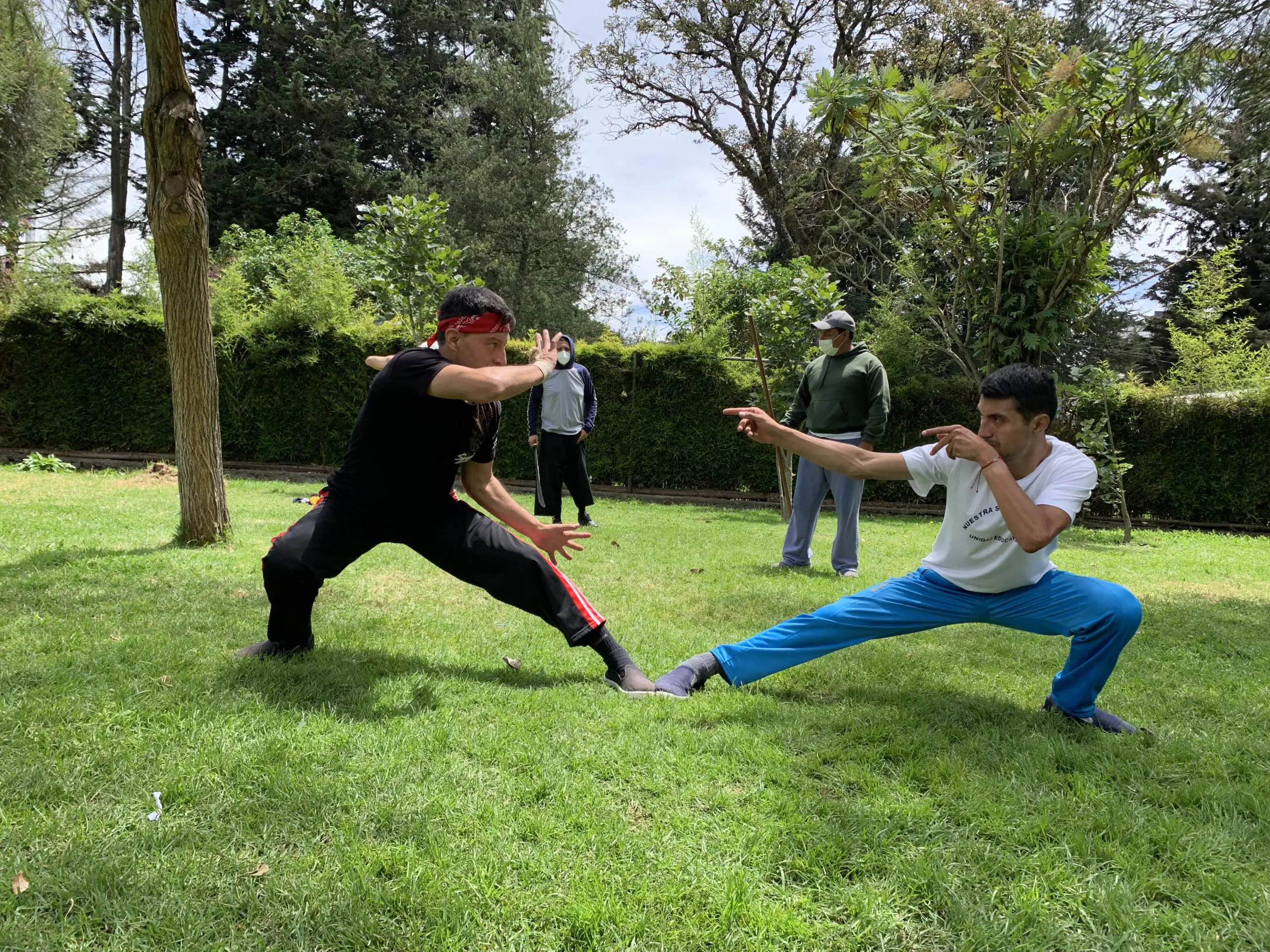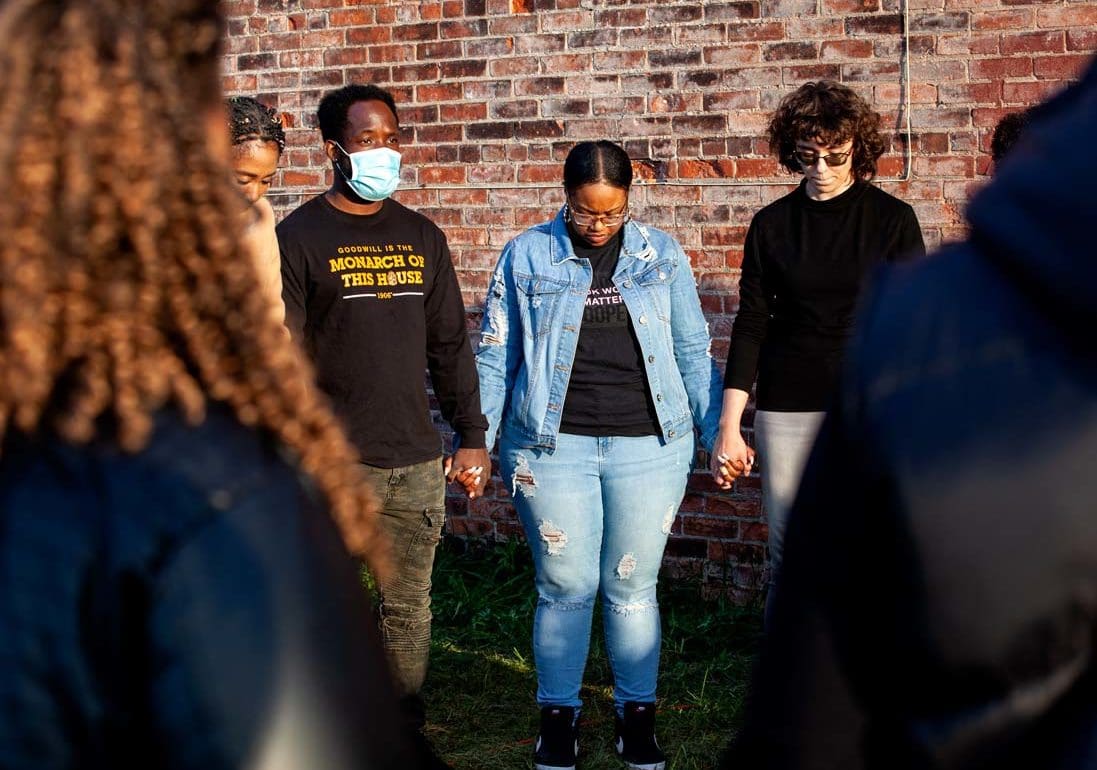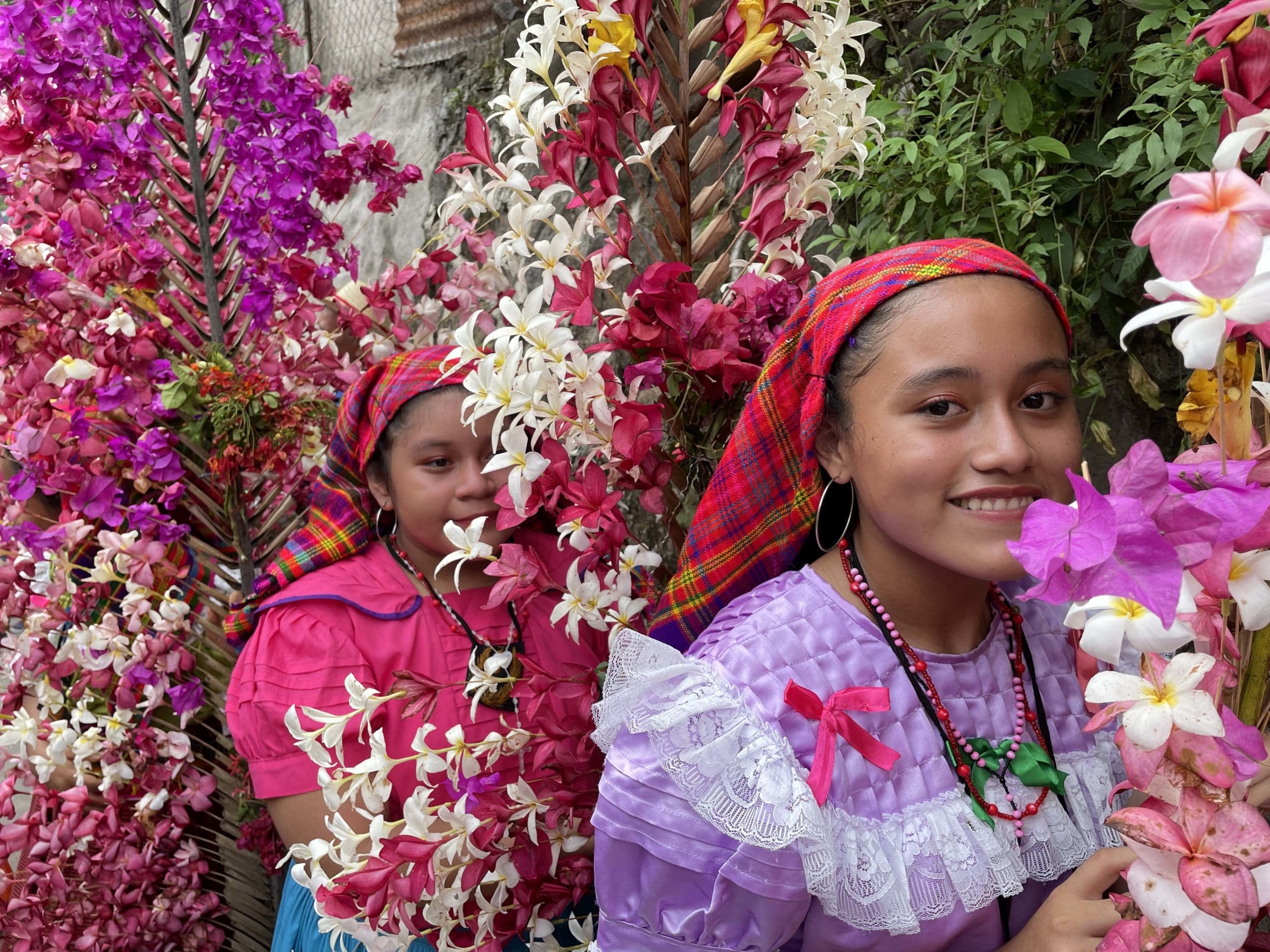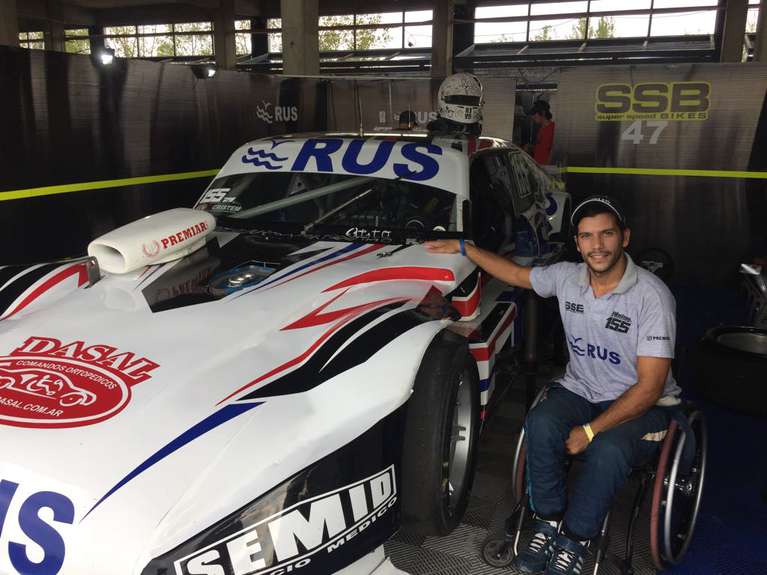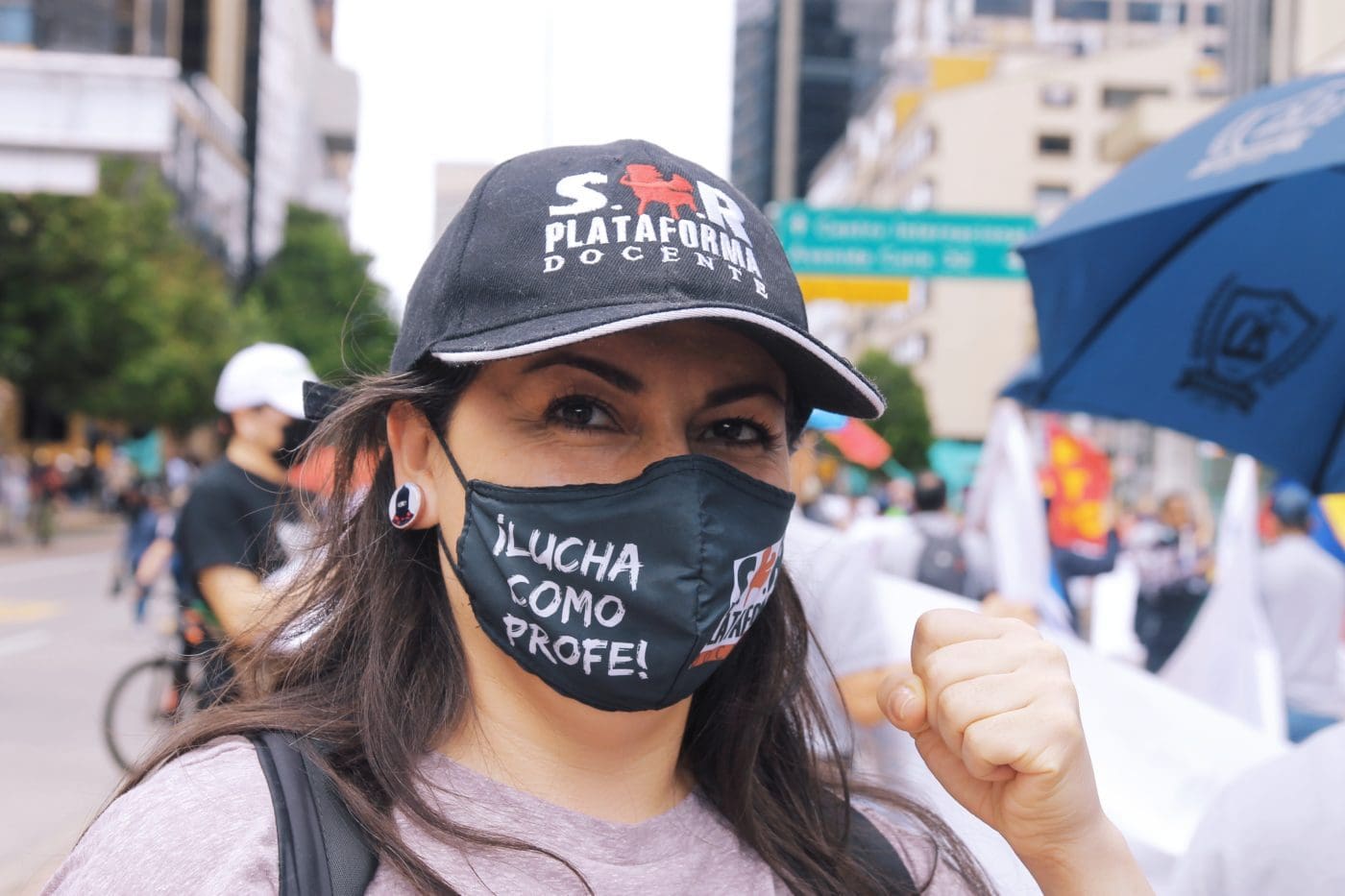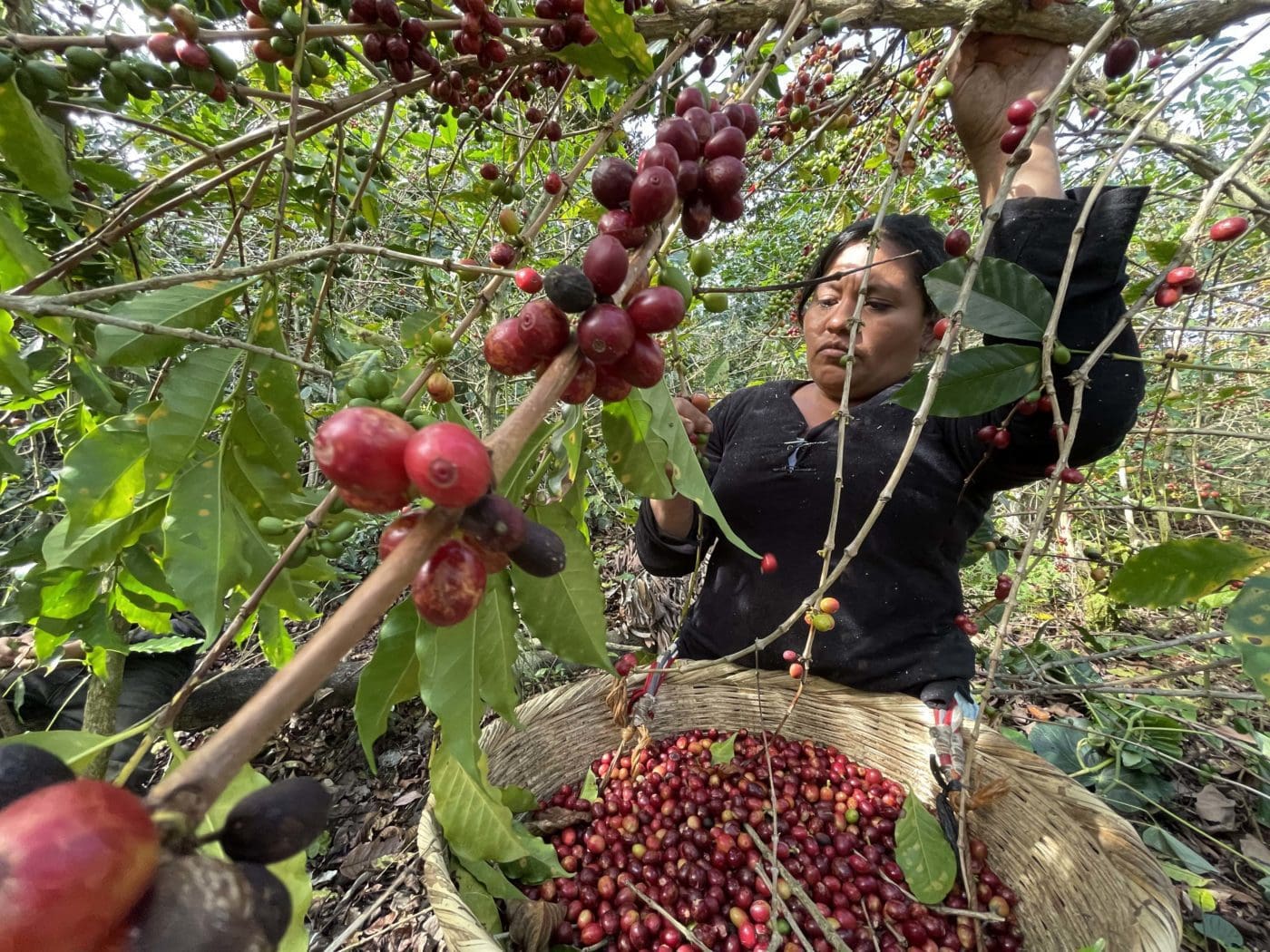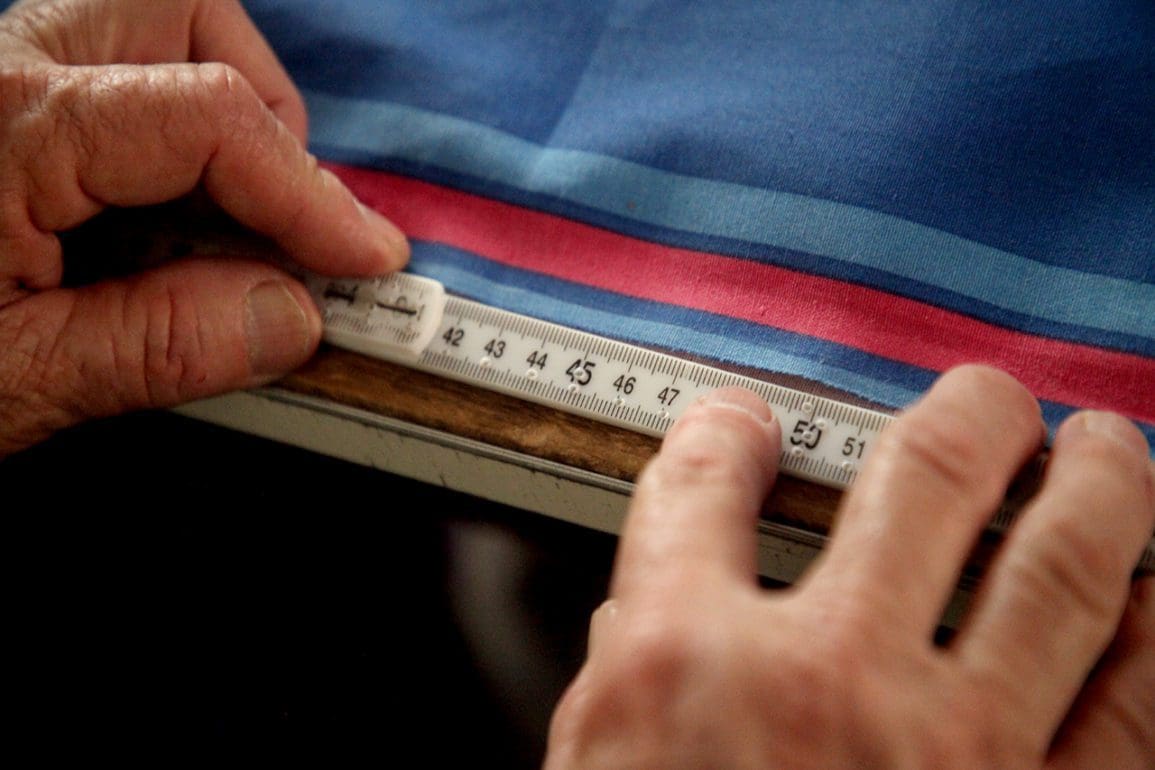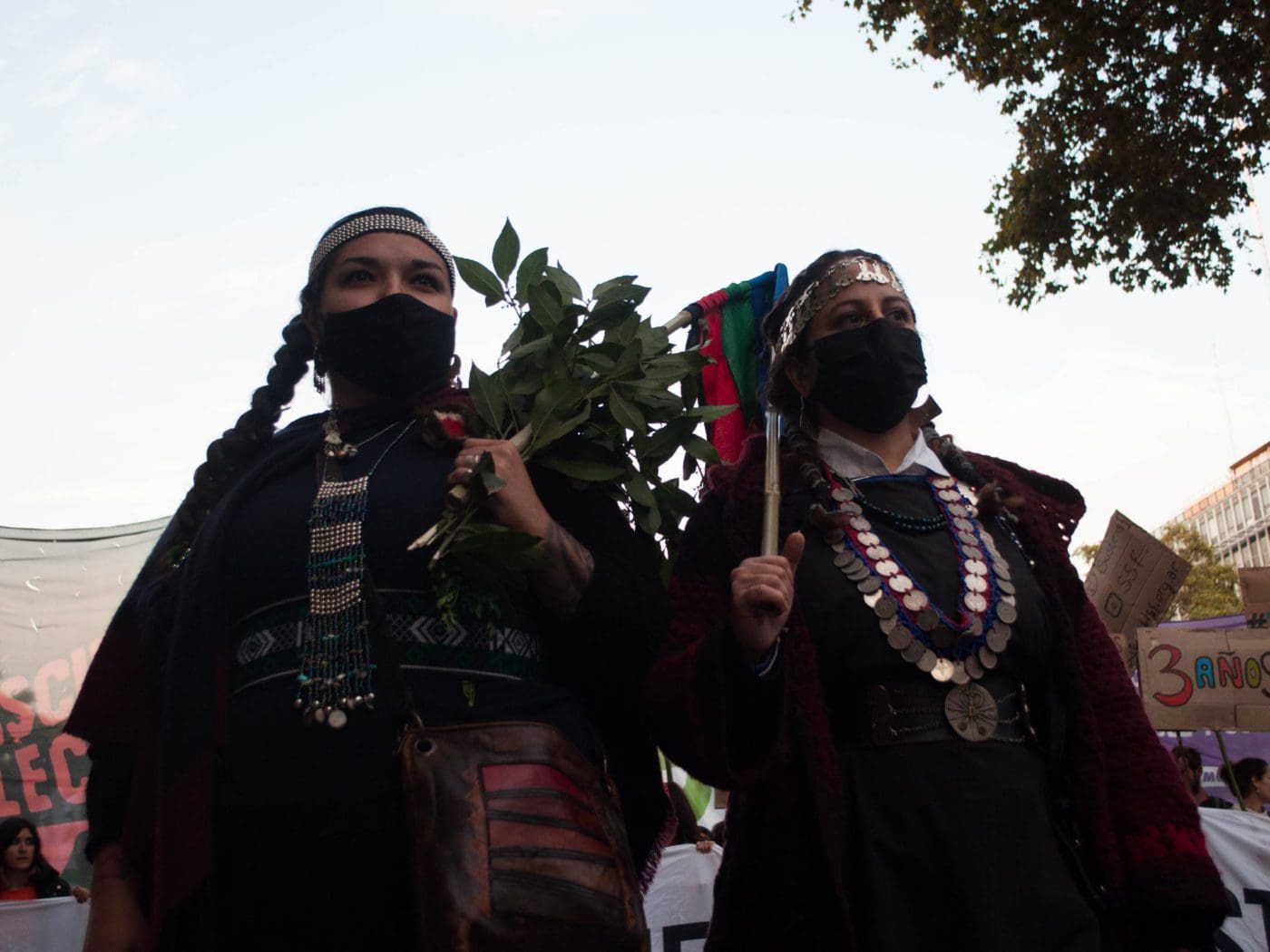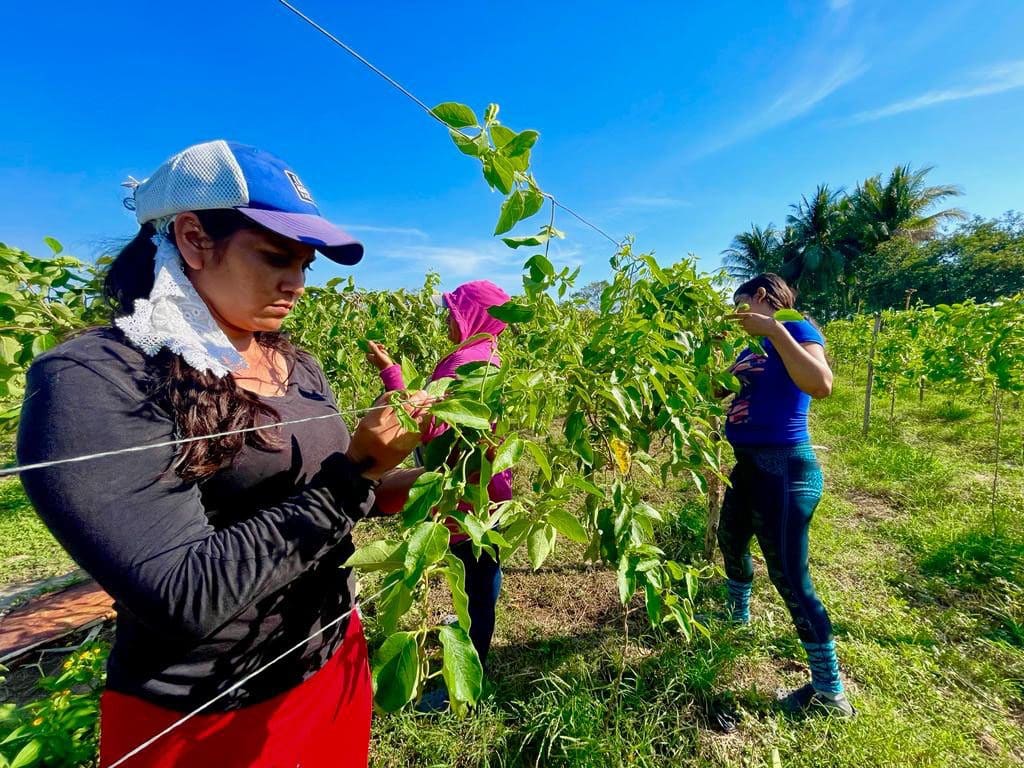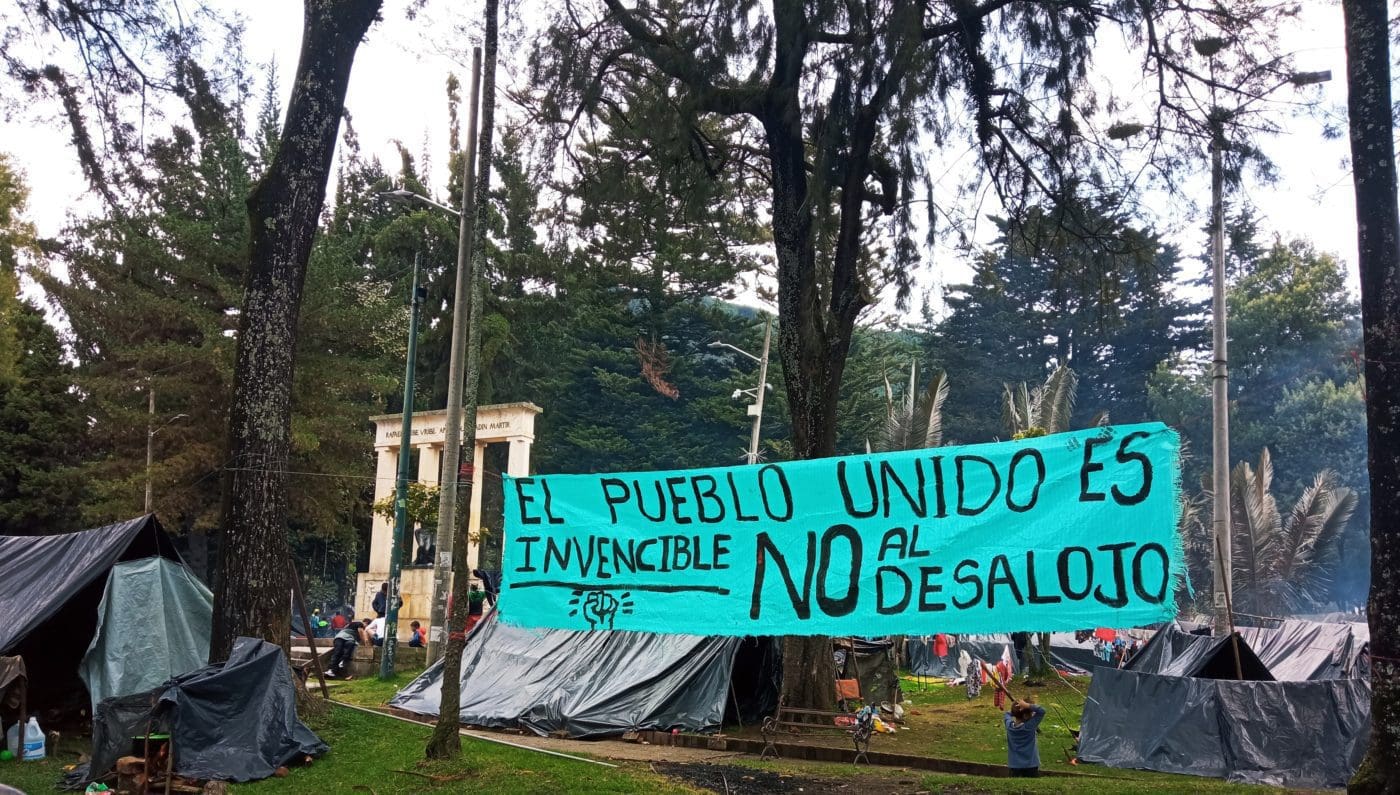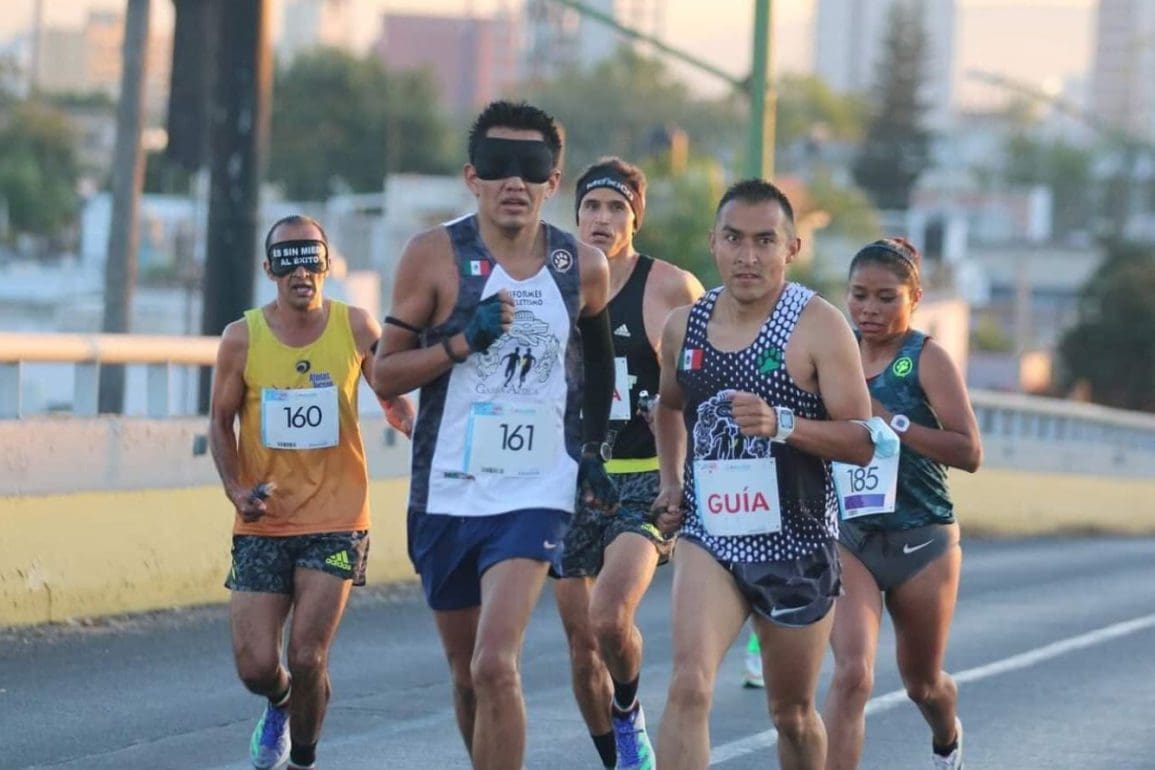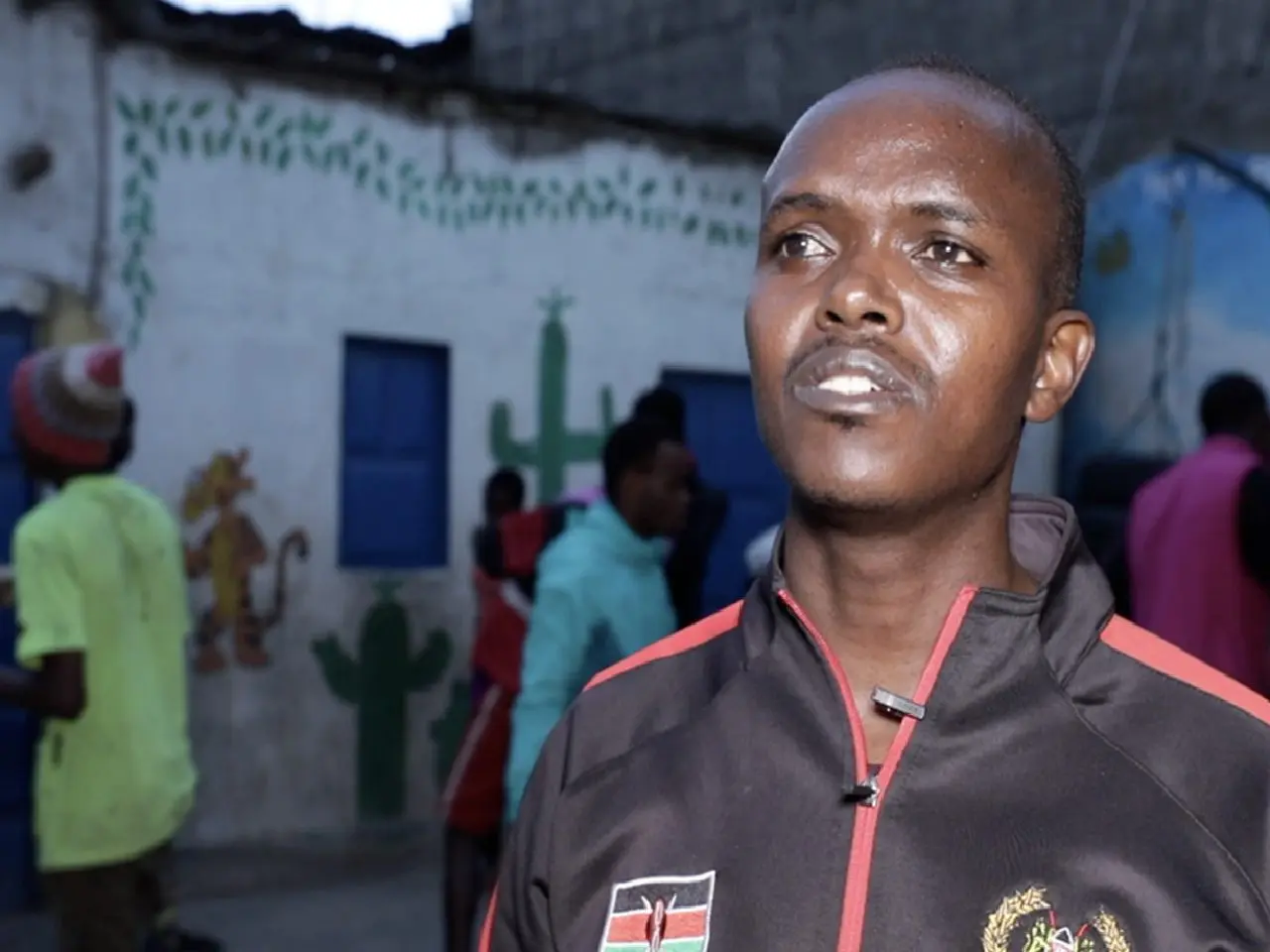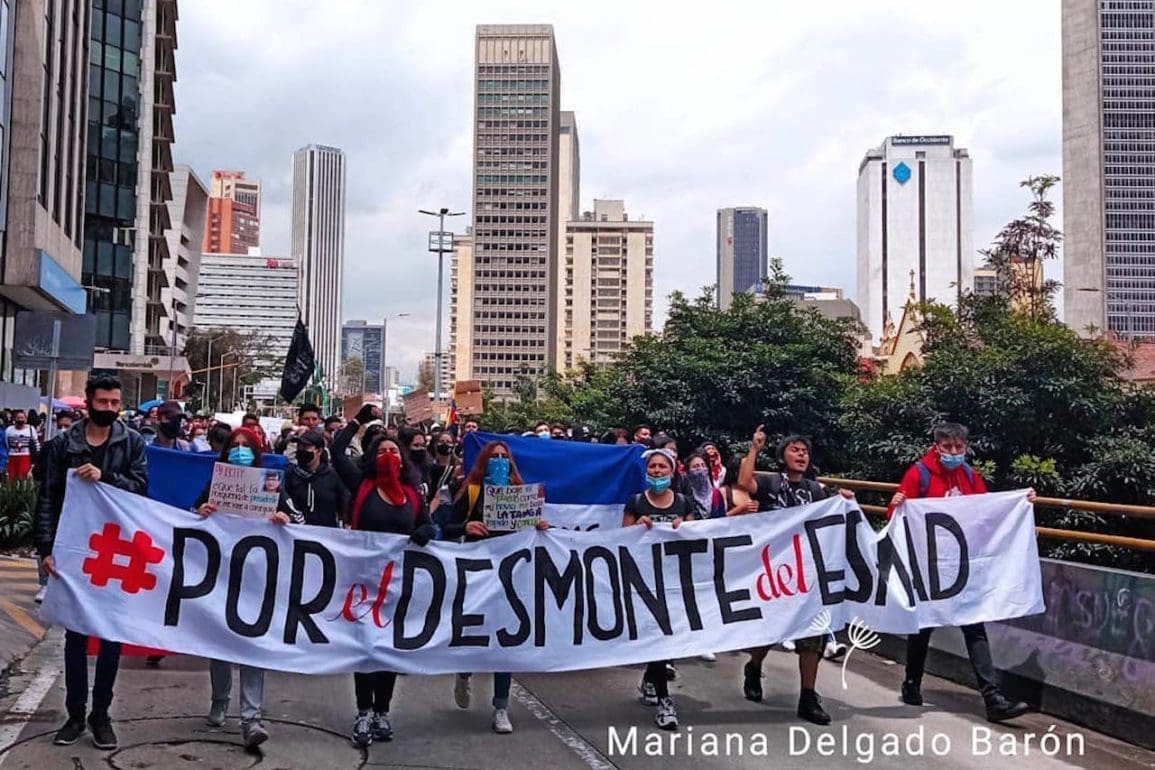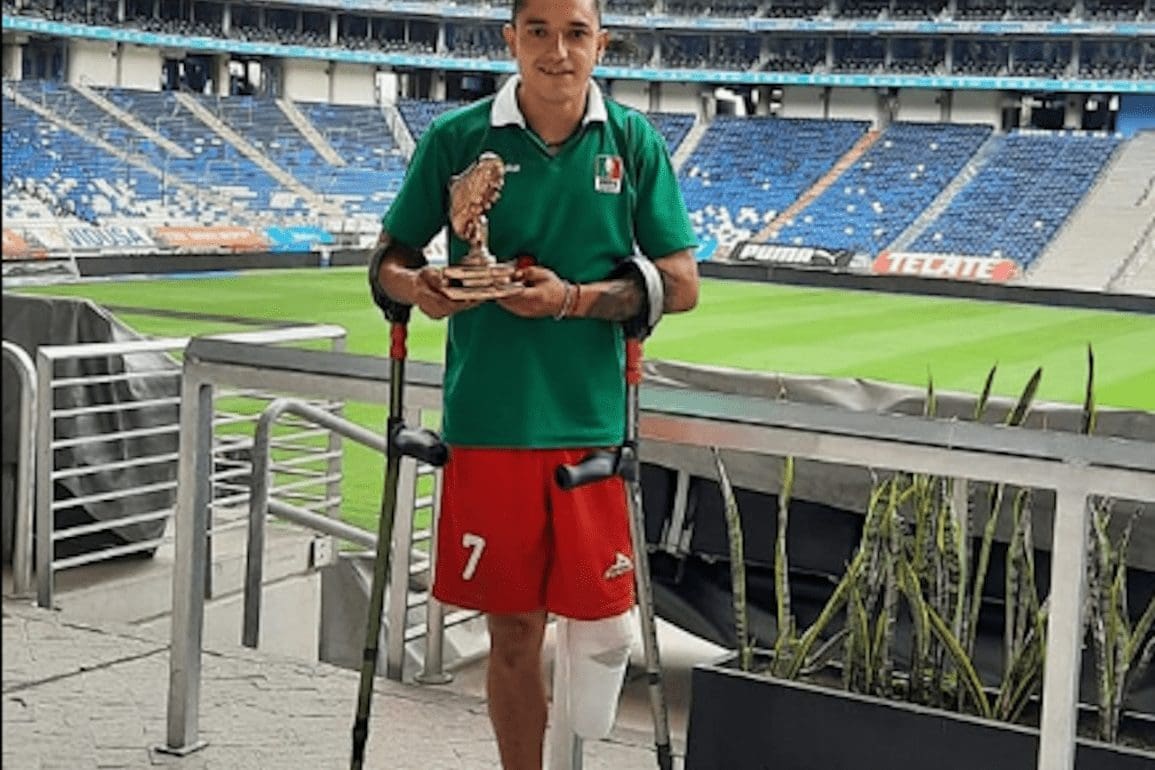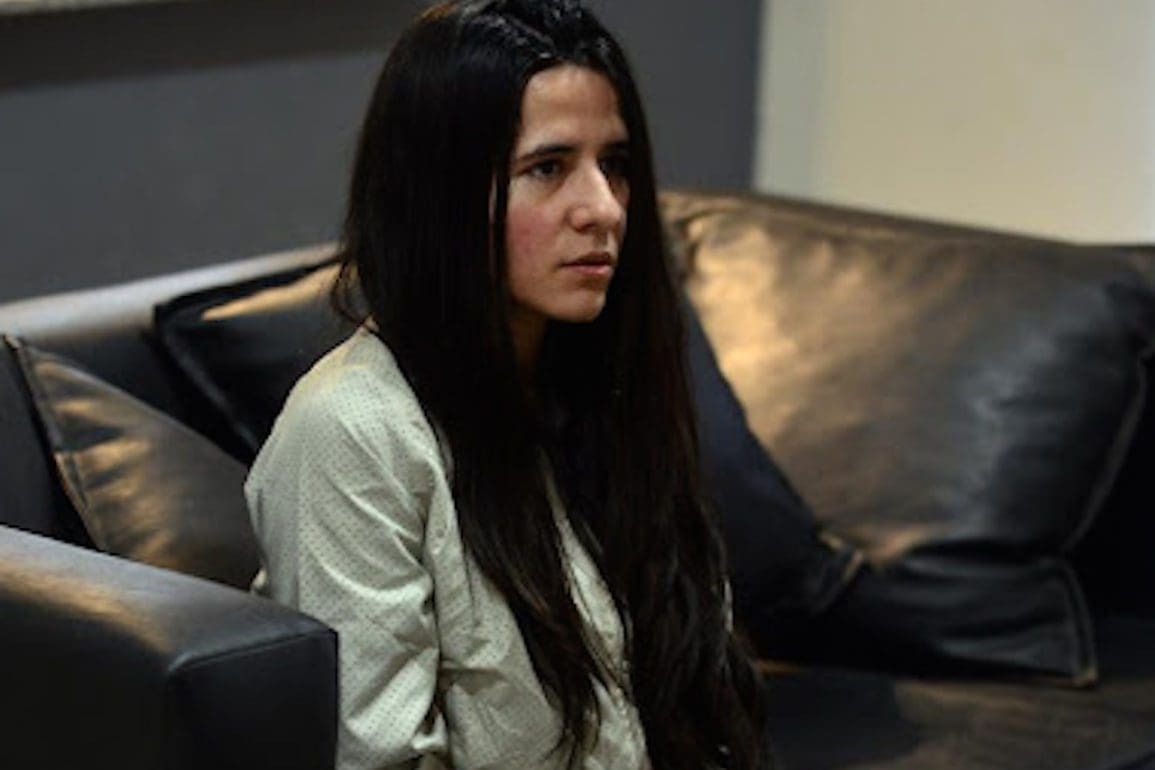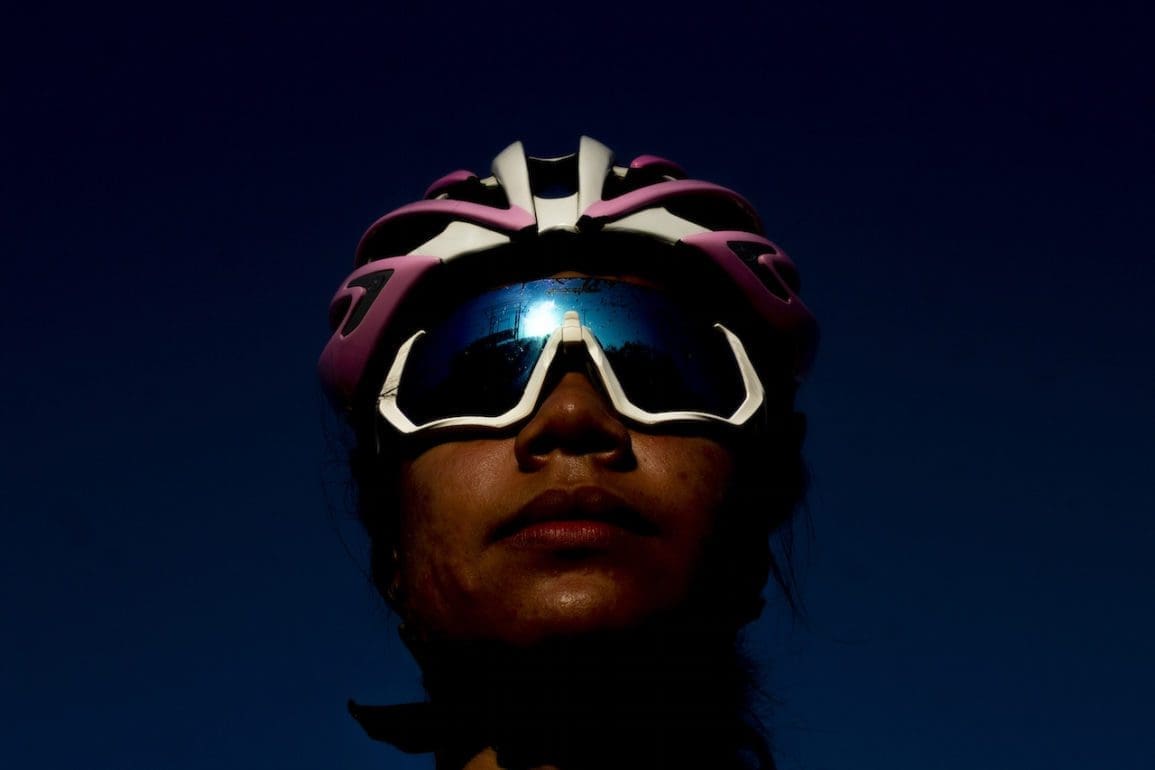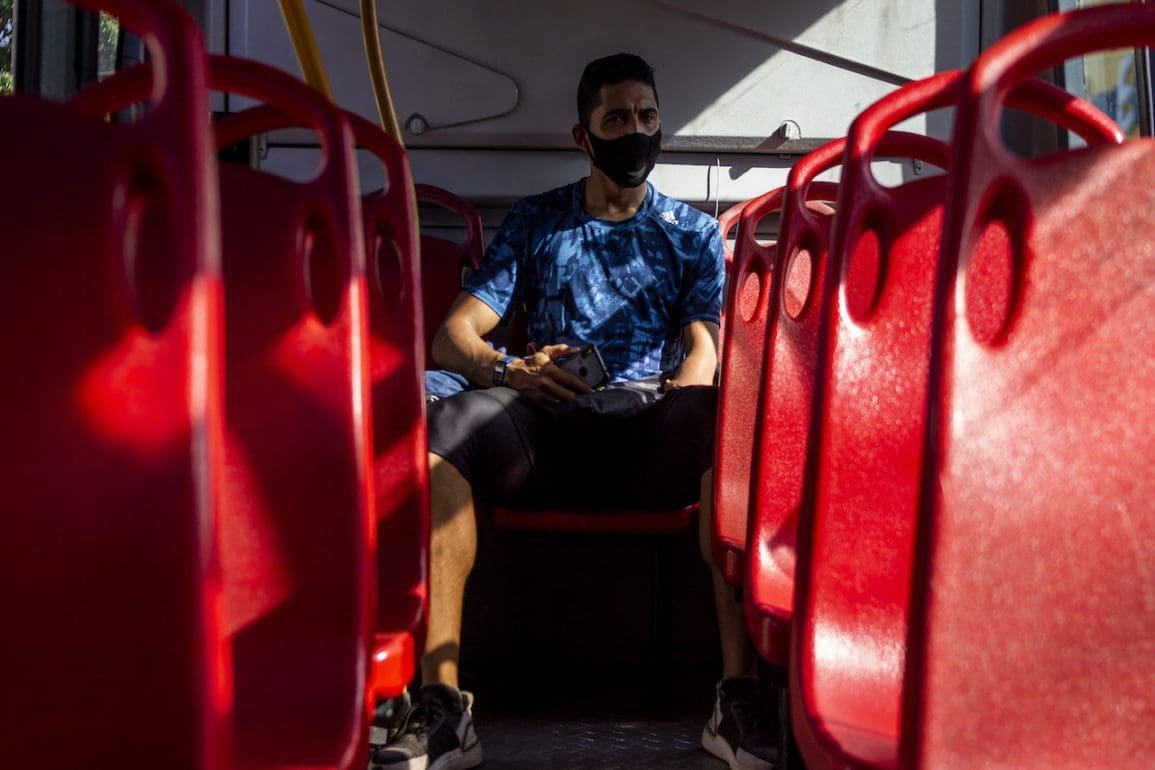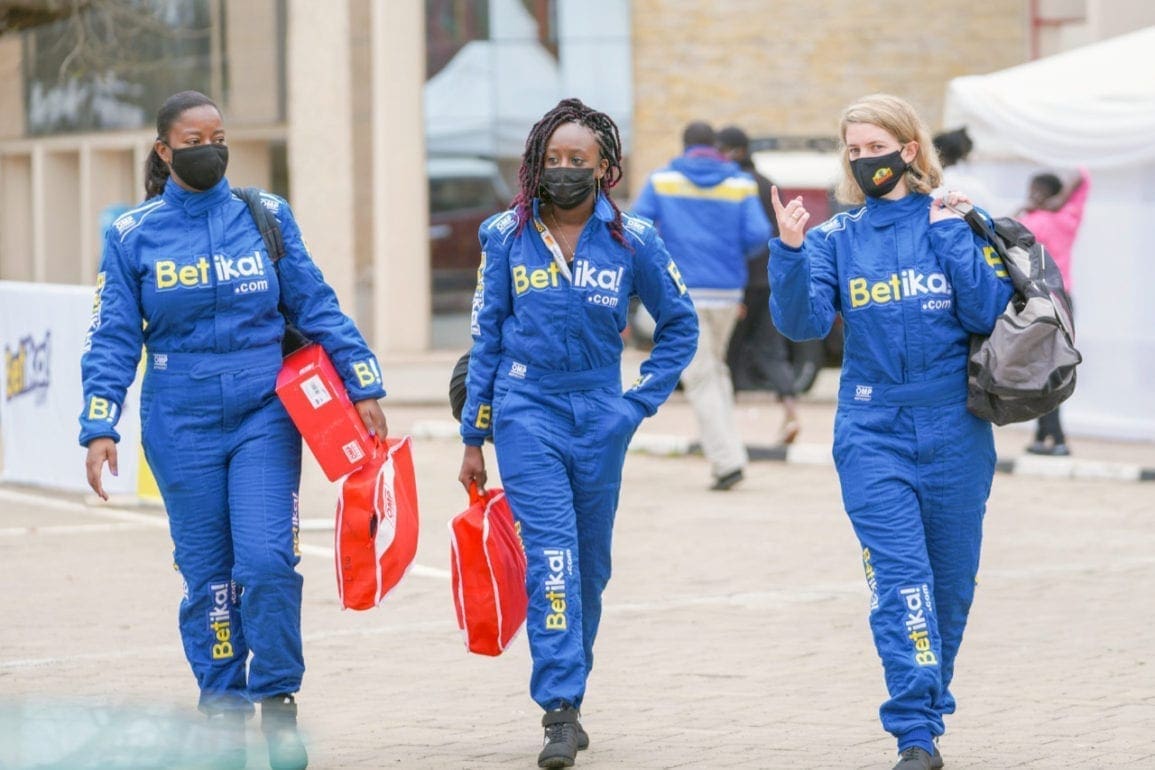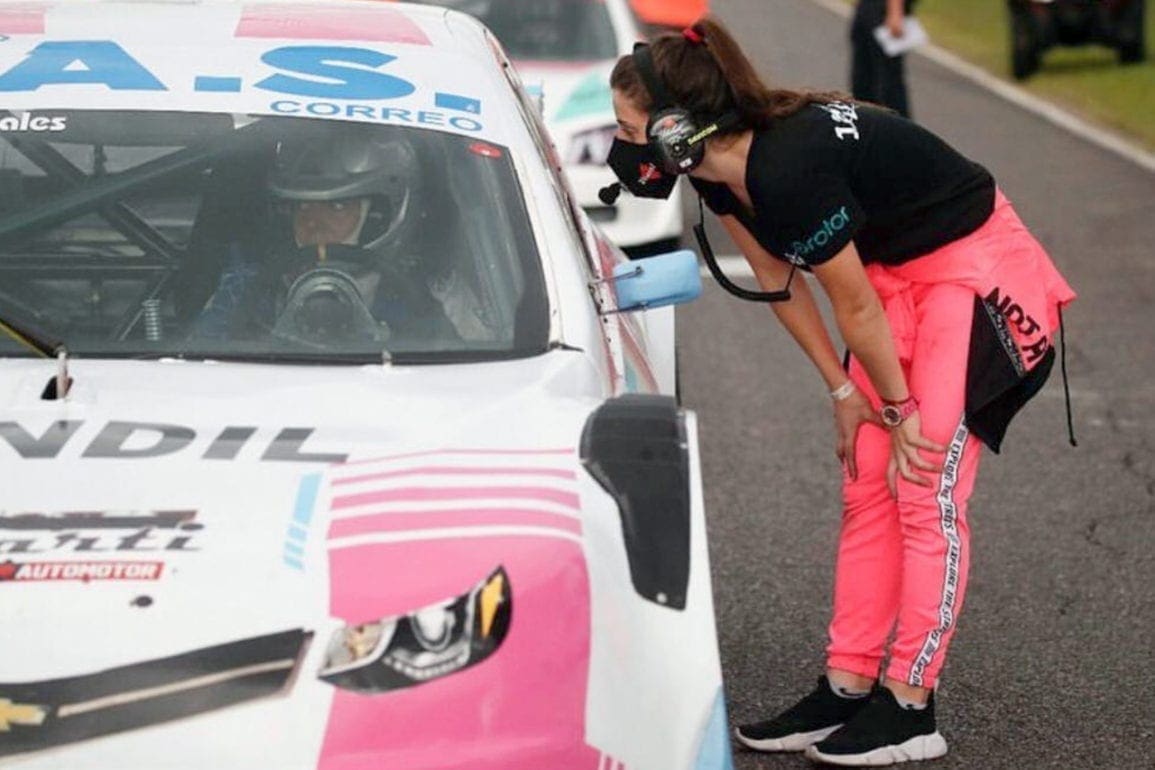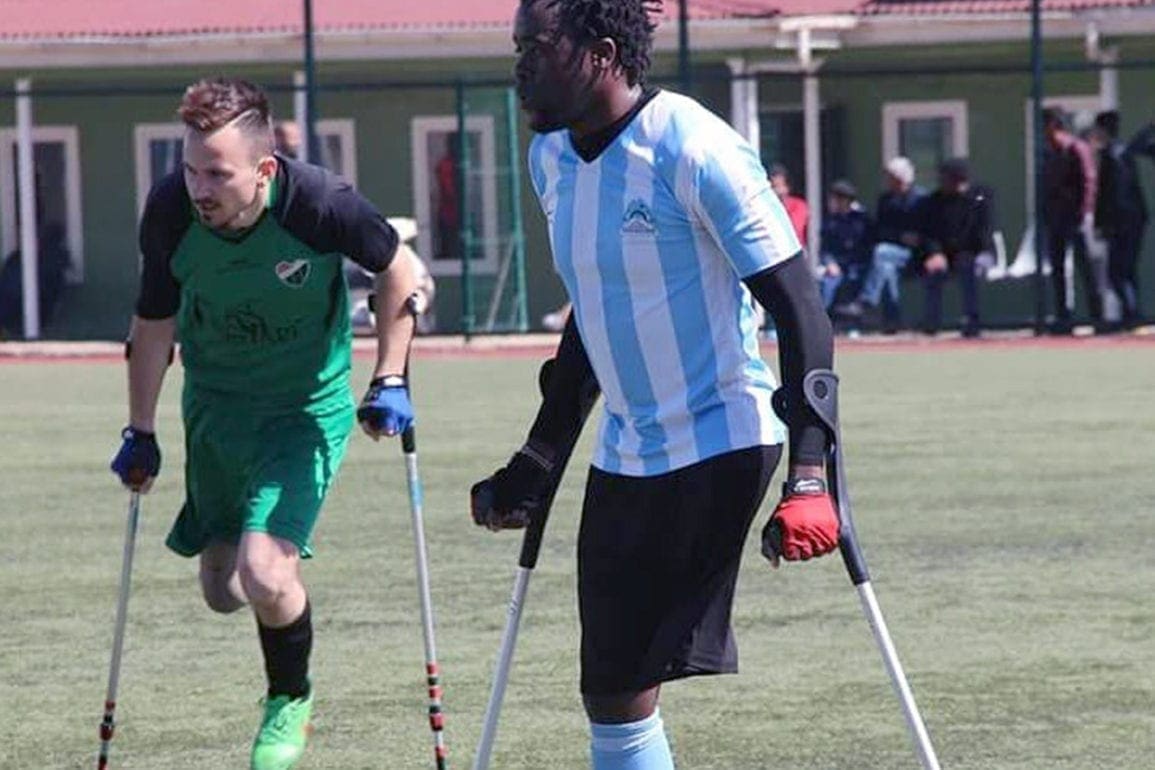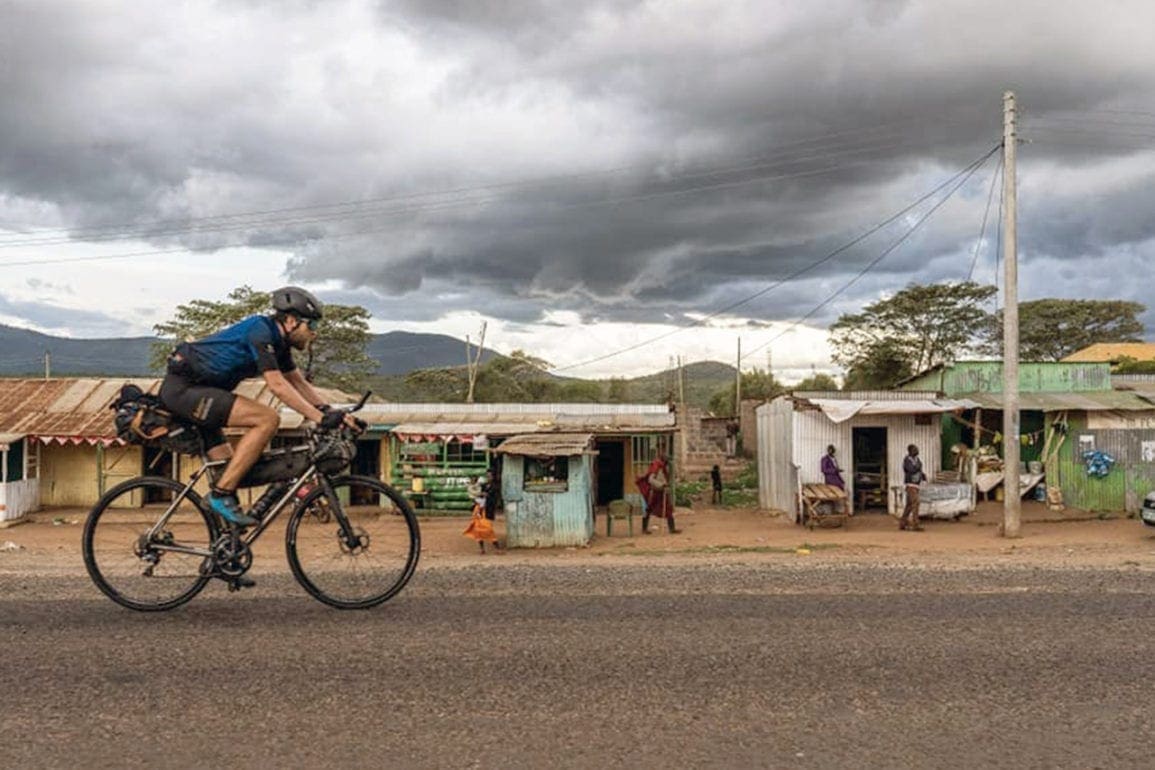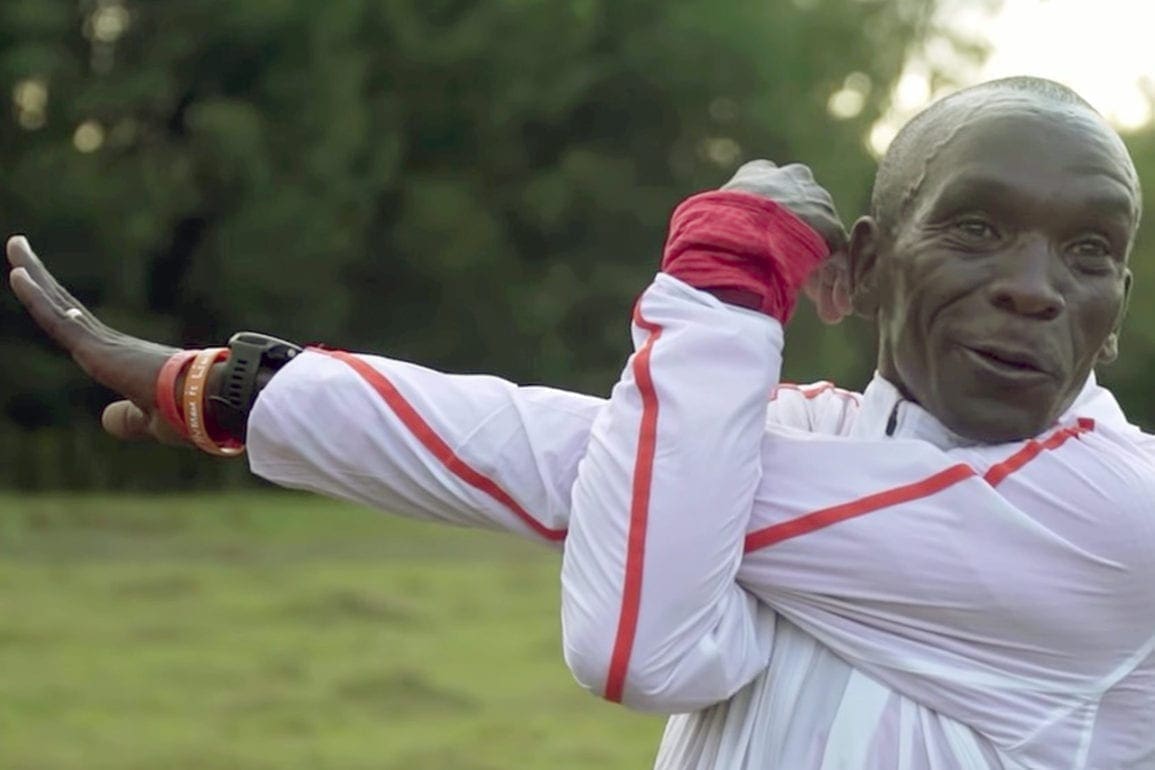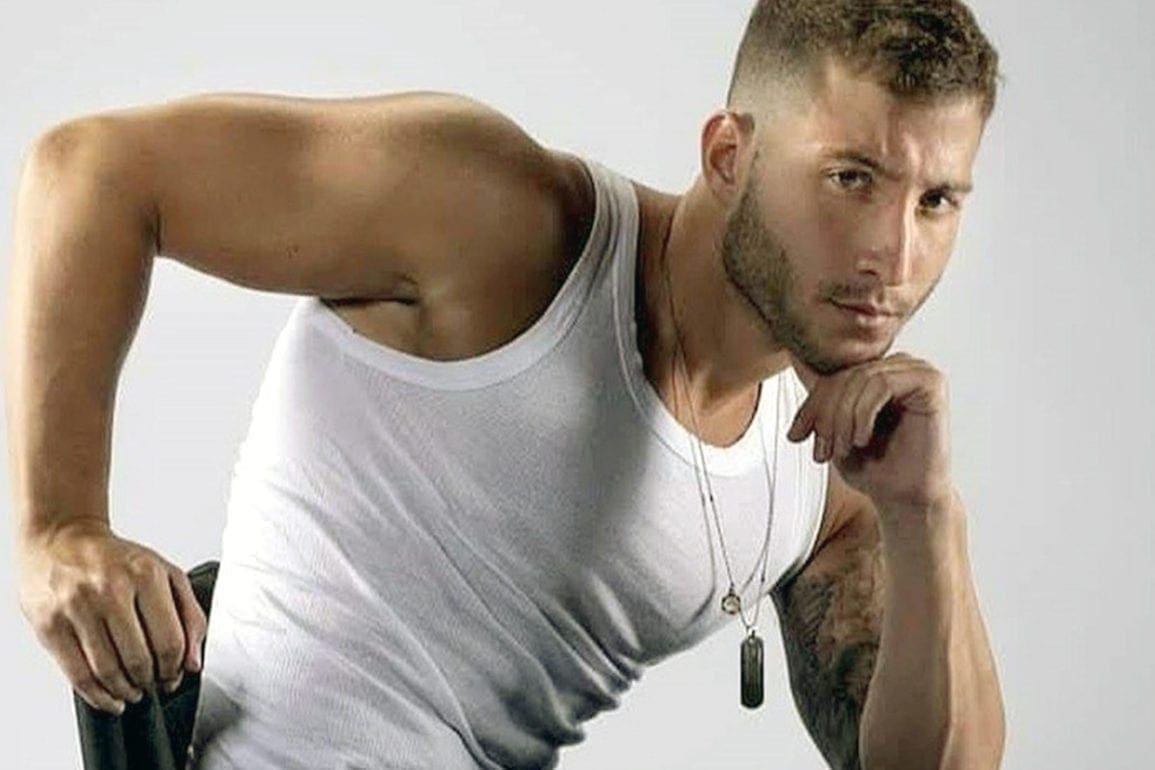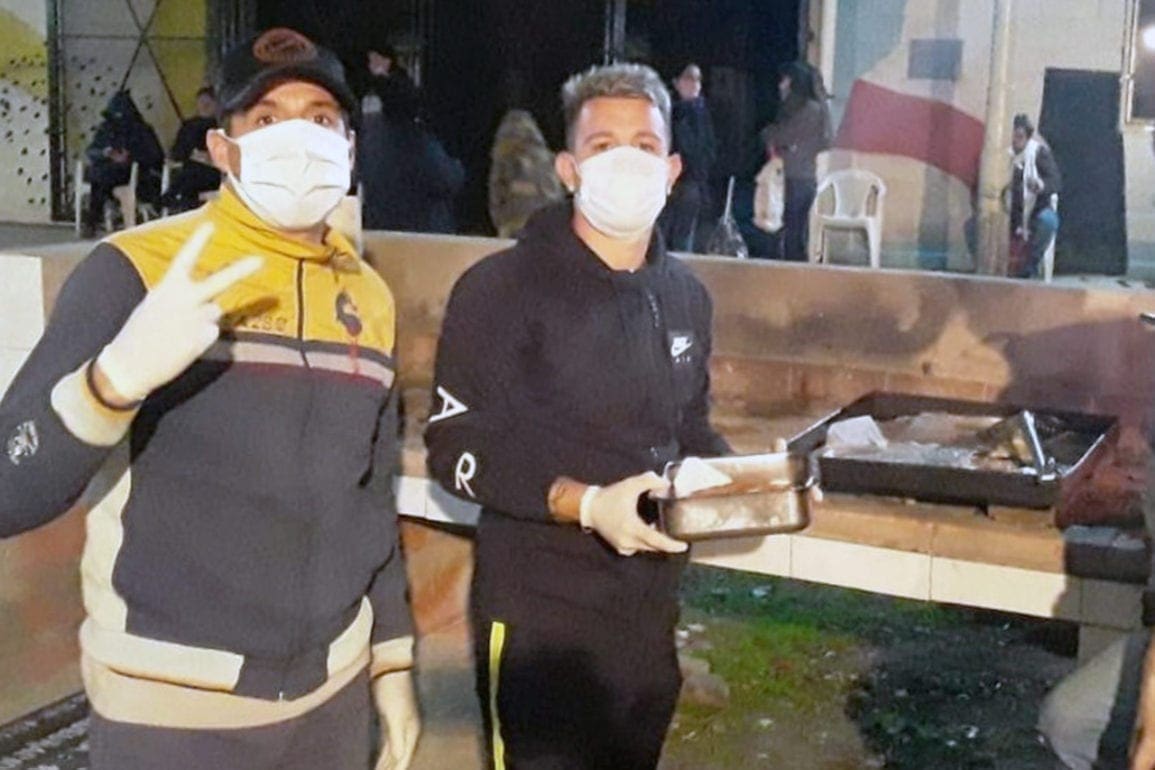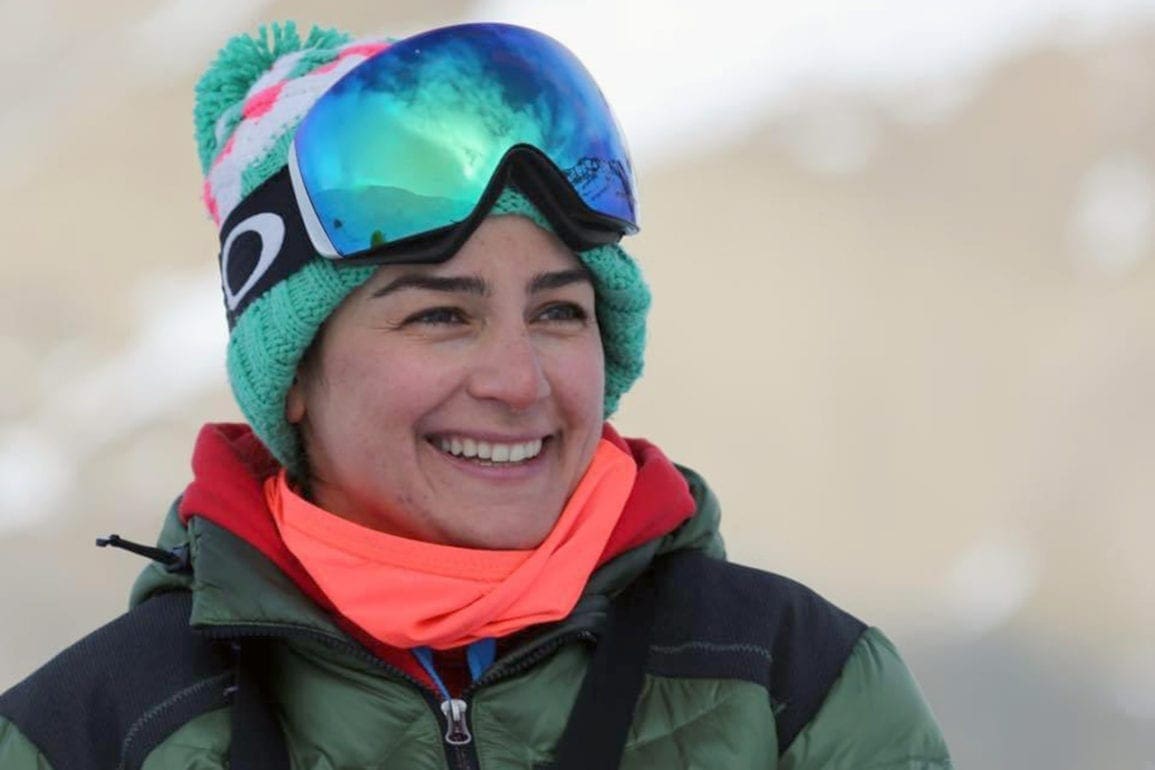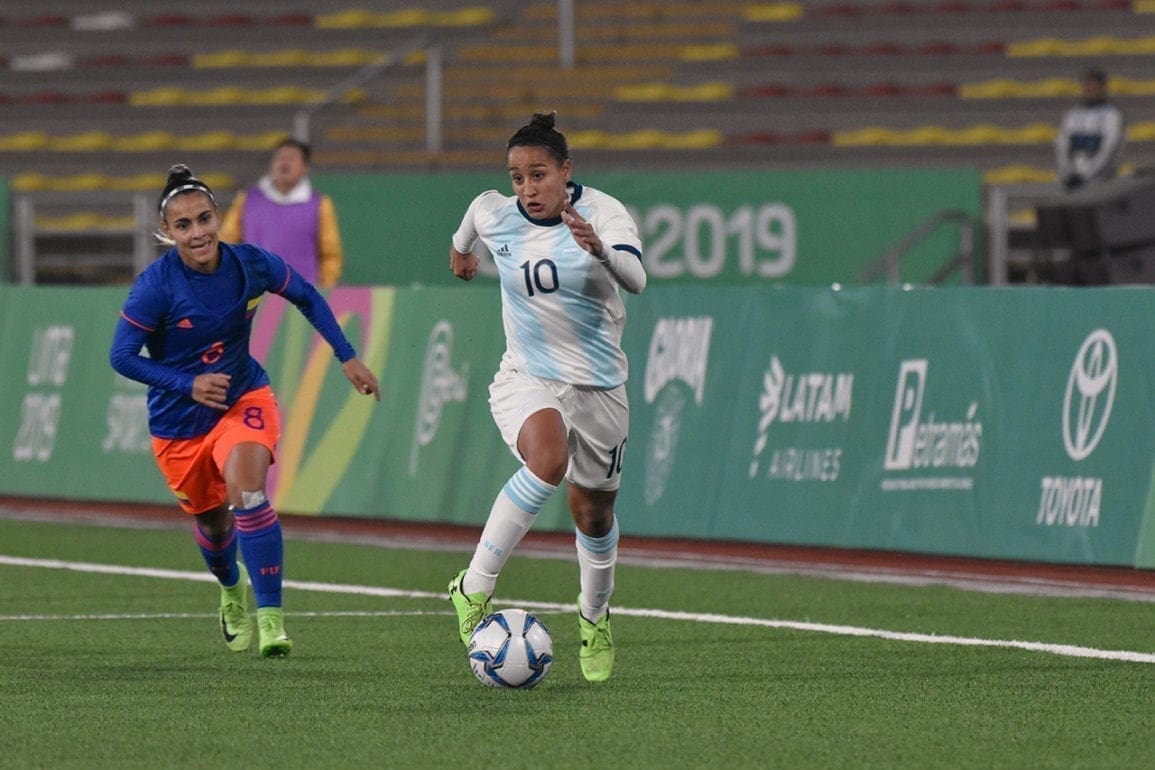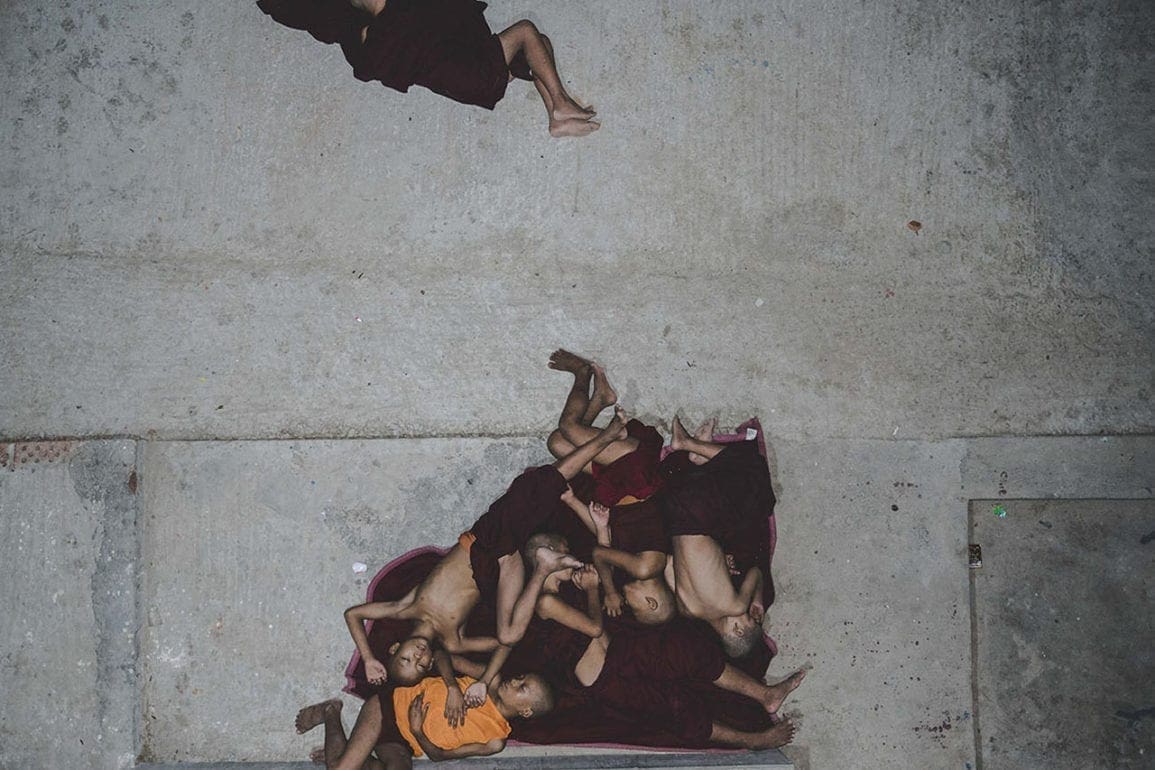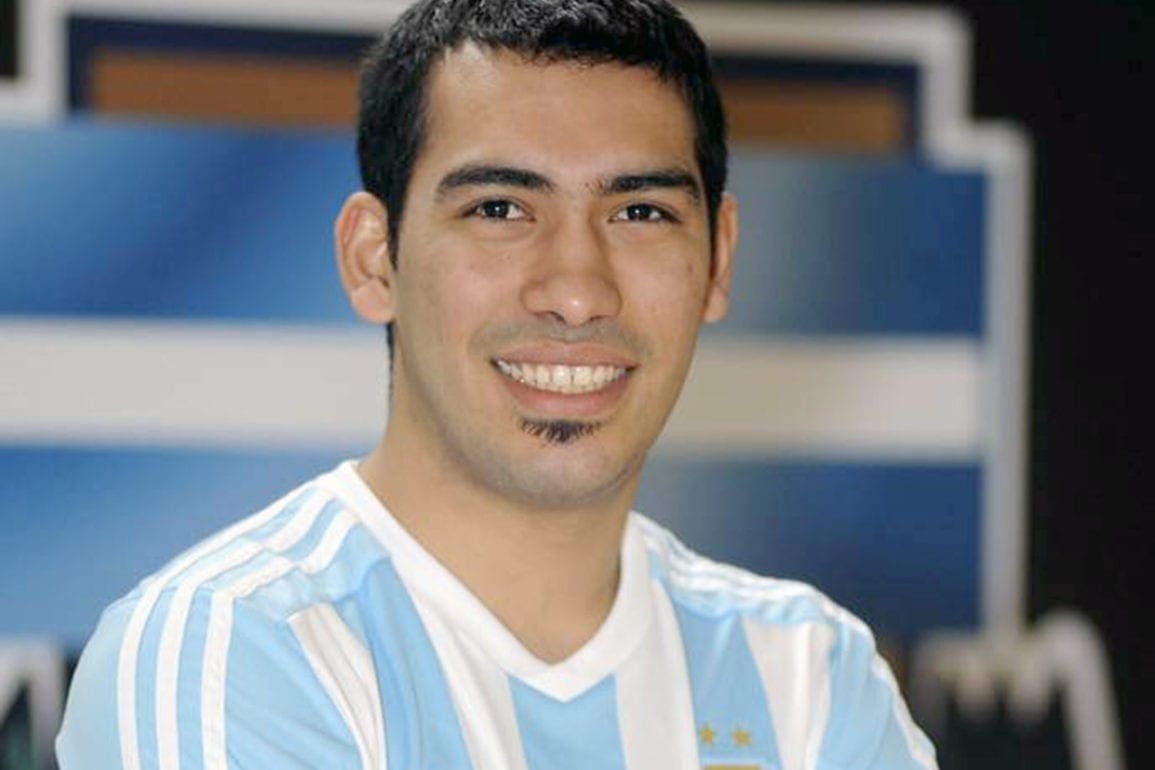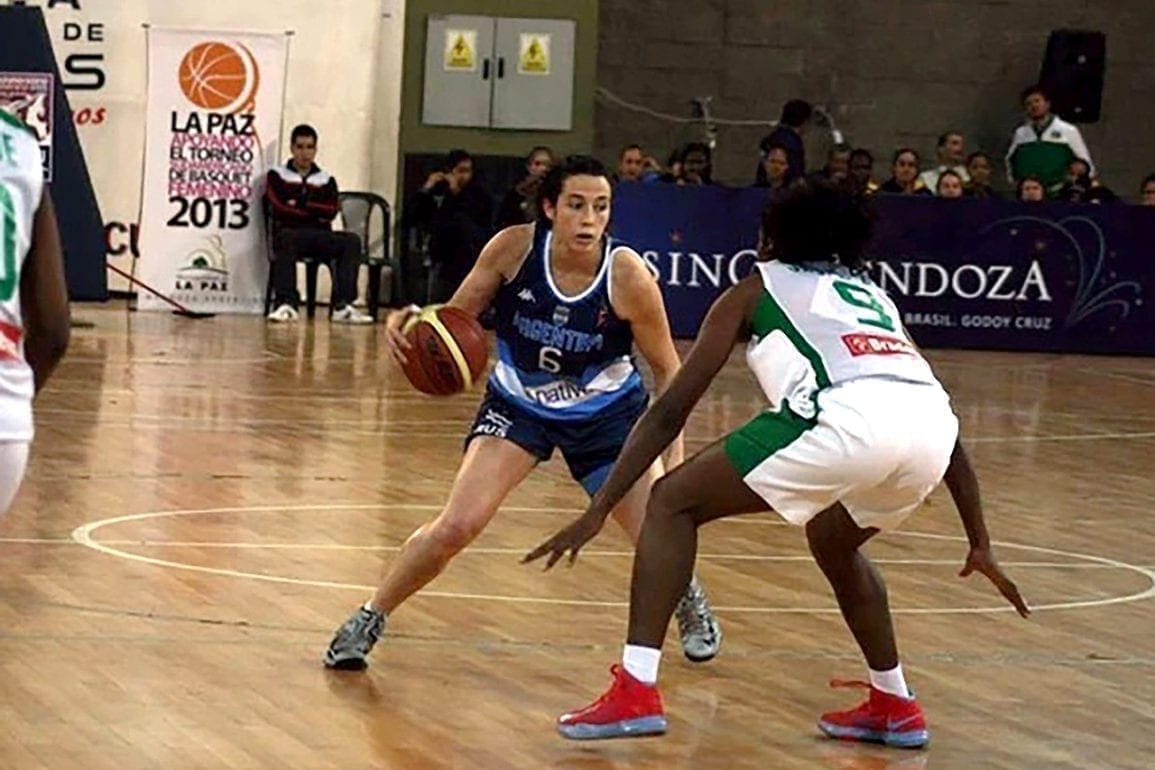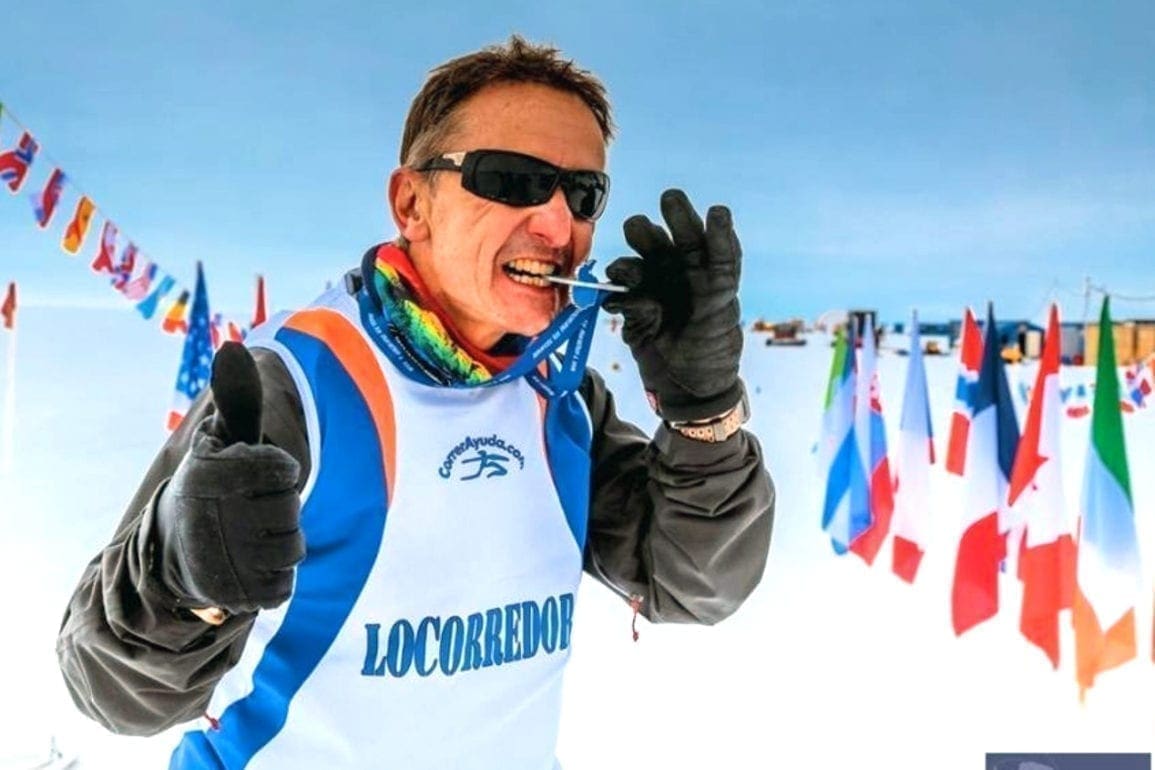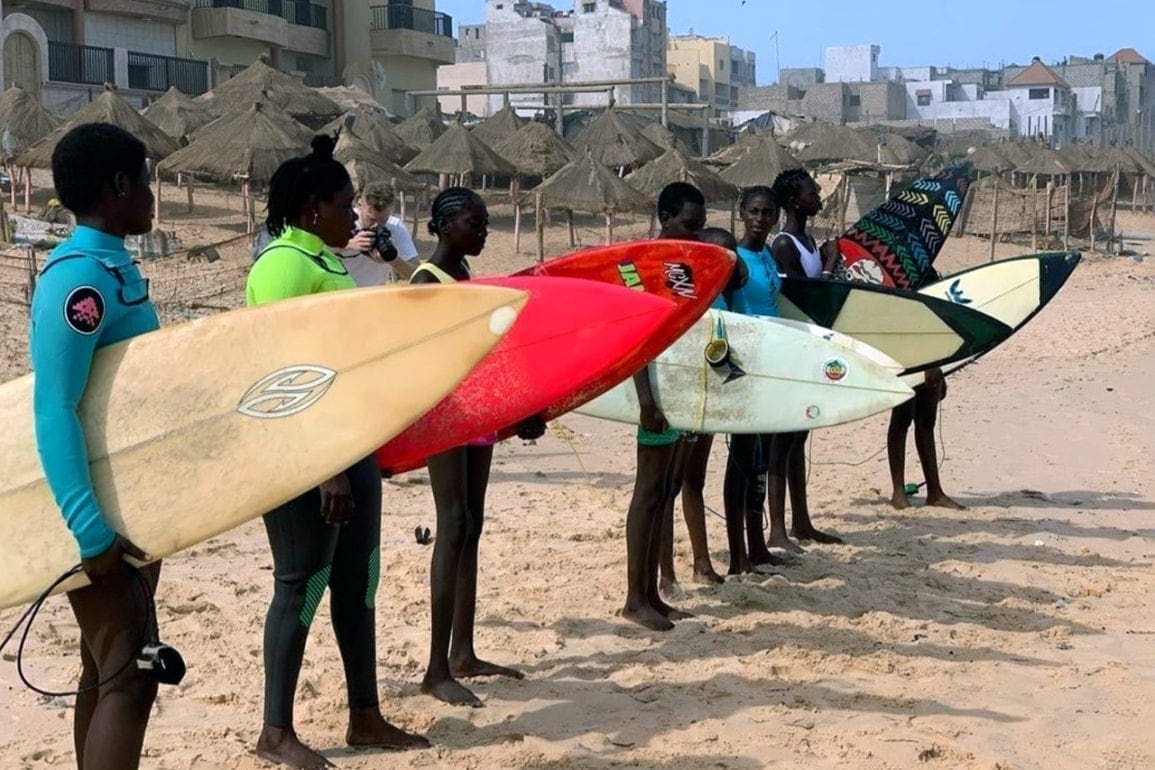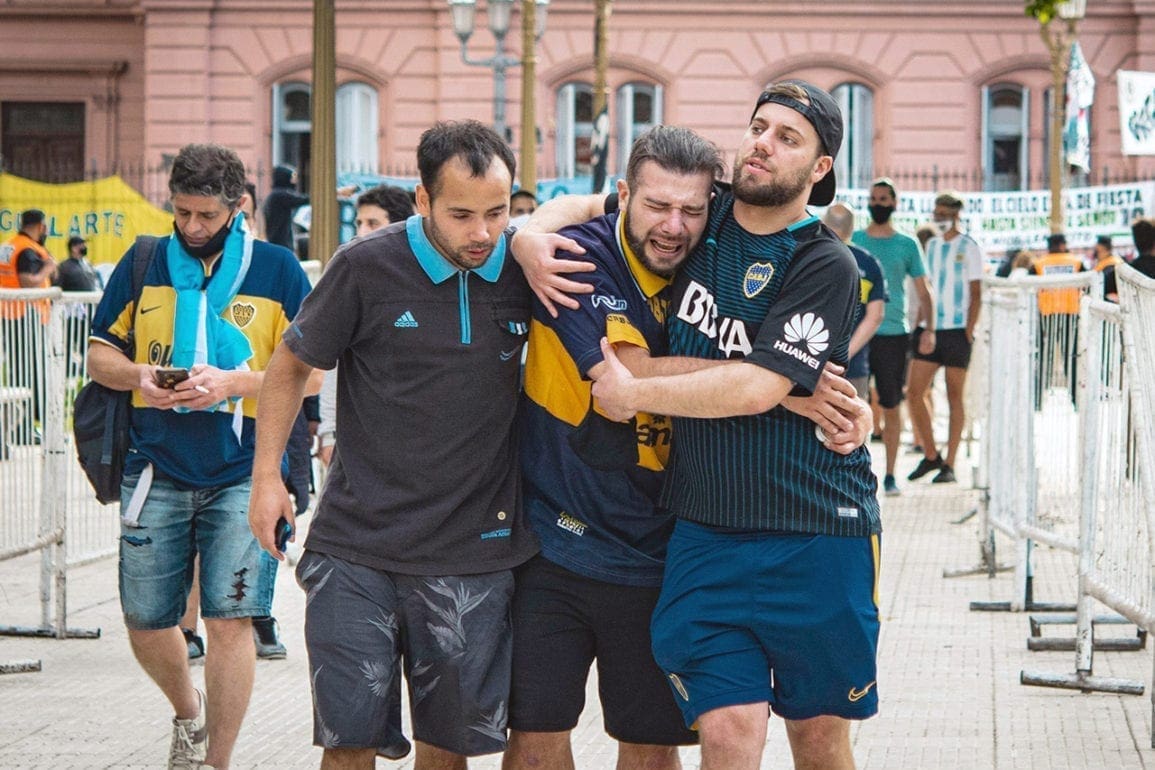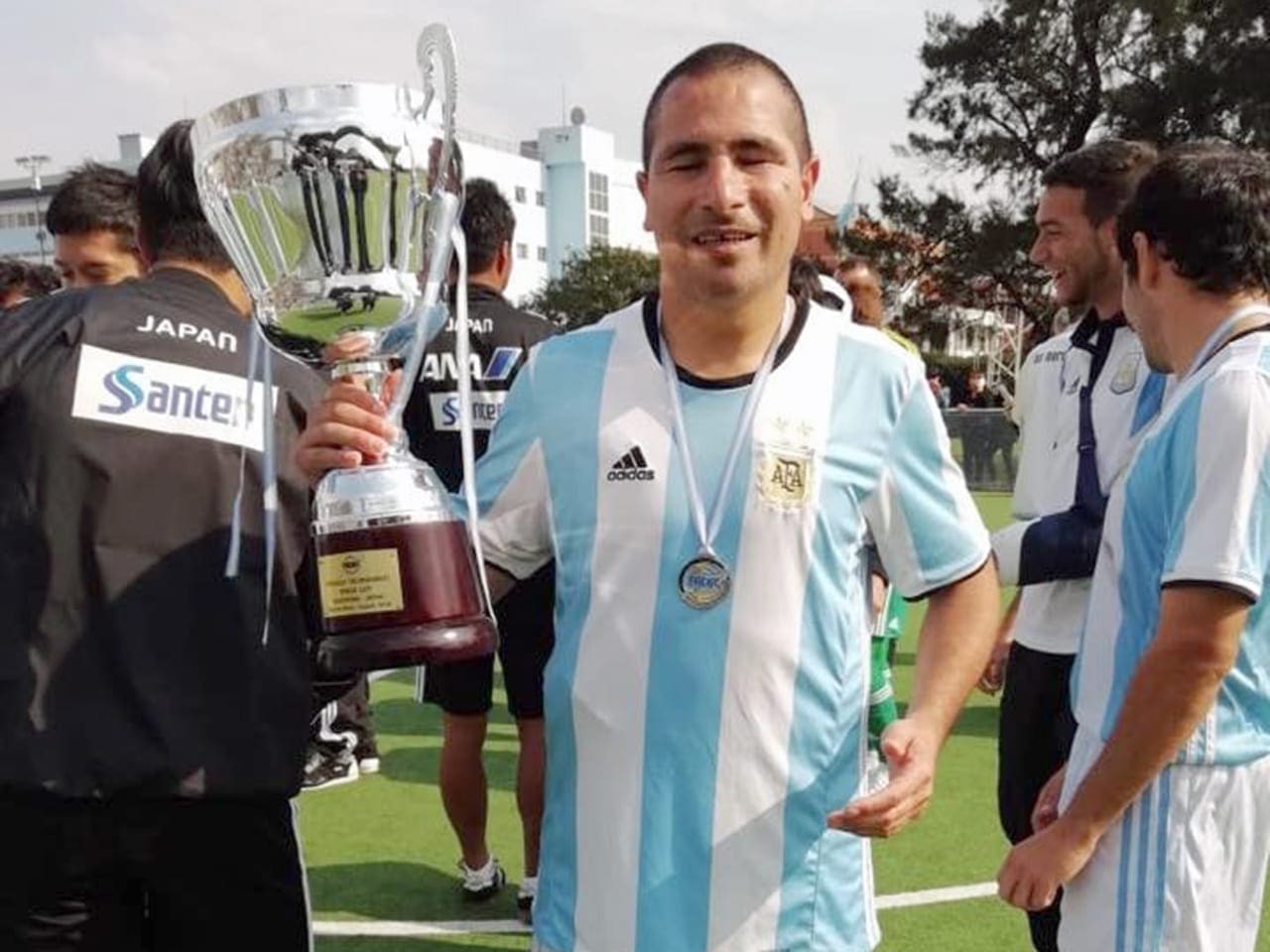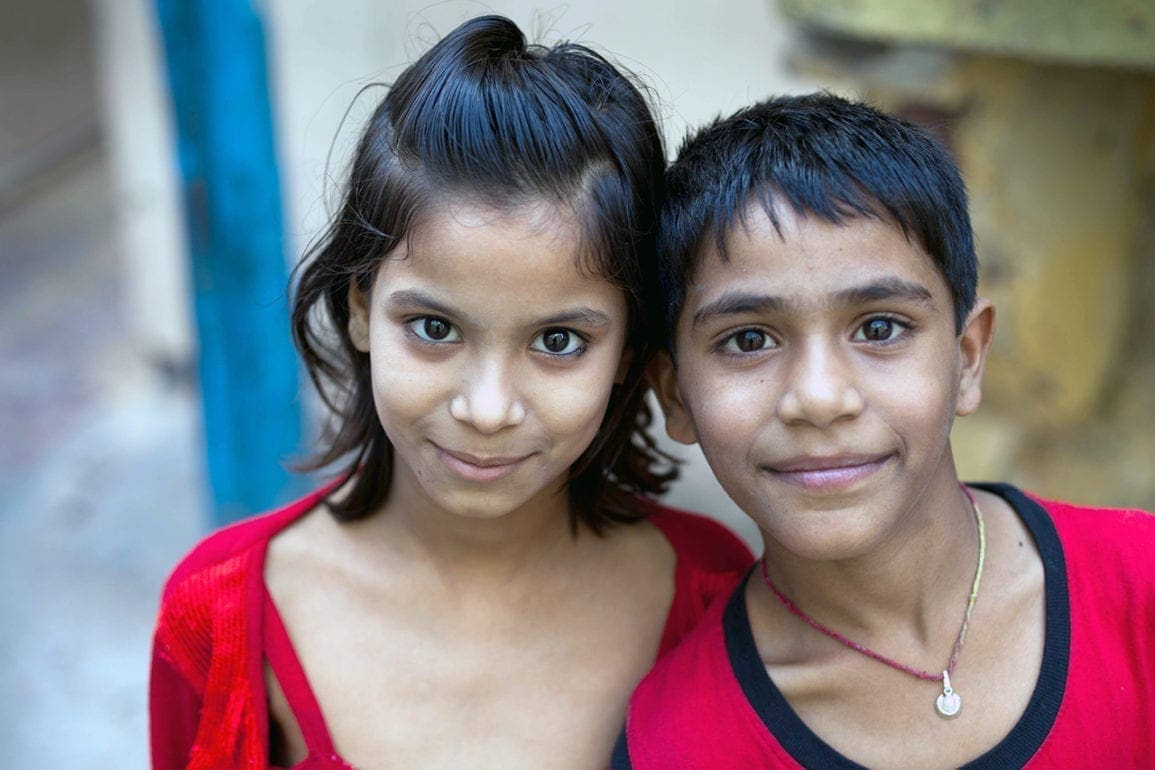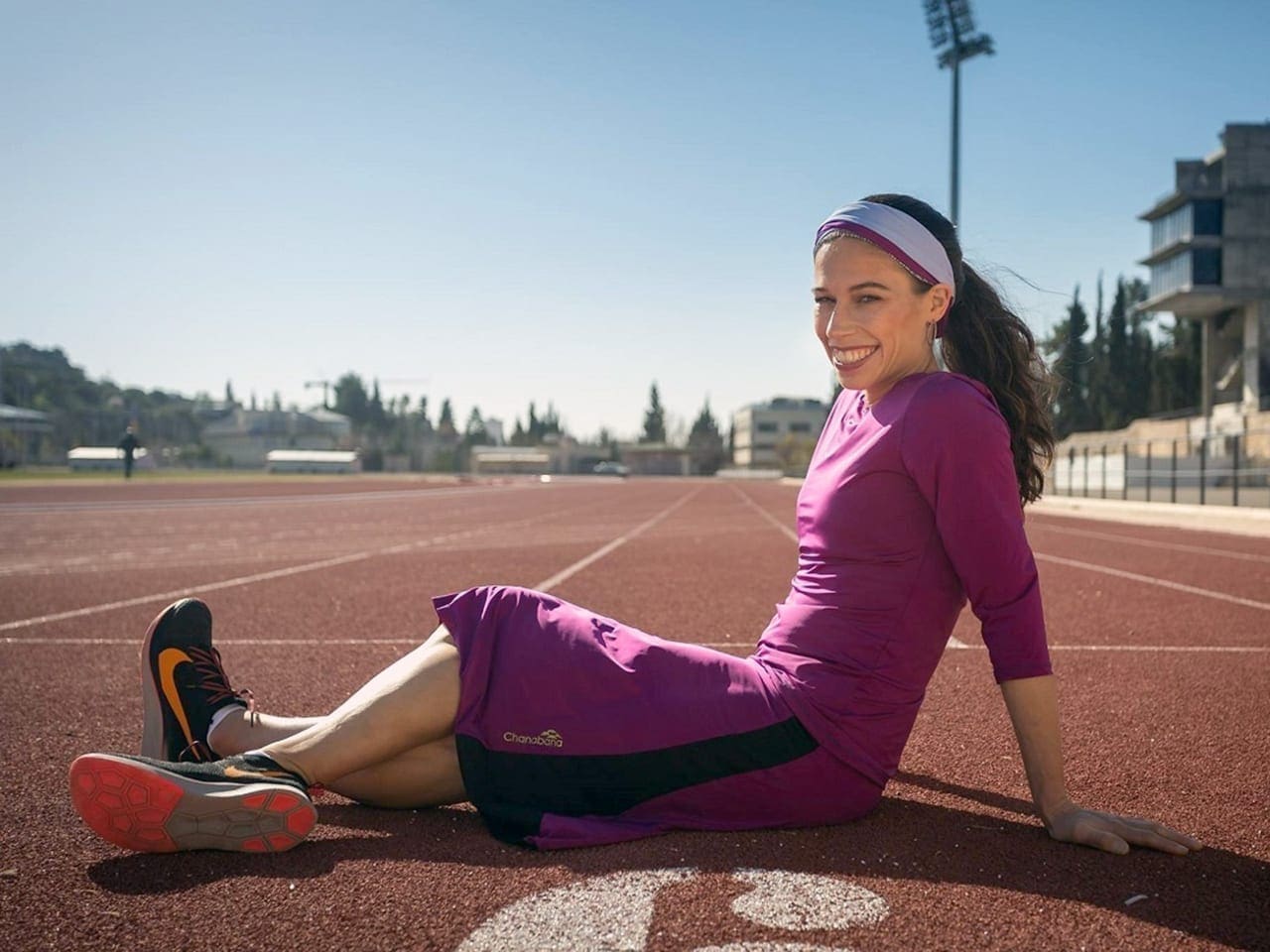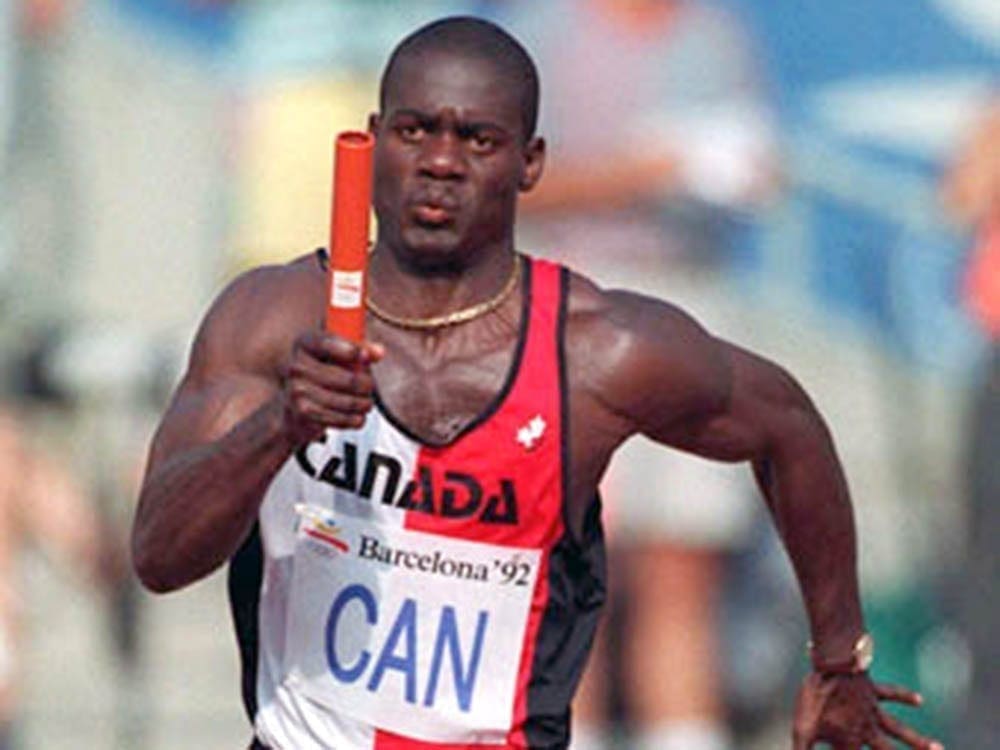Father and son with autism find connection and freedom on top of a tandem bike
I wanted to spread the word about what we had found on our tandem bicycle. I wanted to share our newfound connection, my son’s confidence, this inclusive sport that welcomed all, regardless of disability. Thus, Empujando Límites (Pushing Limits) was born.
- 4 years ago
April 20, 2022
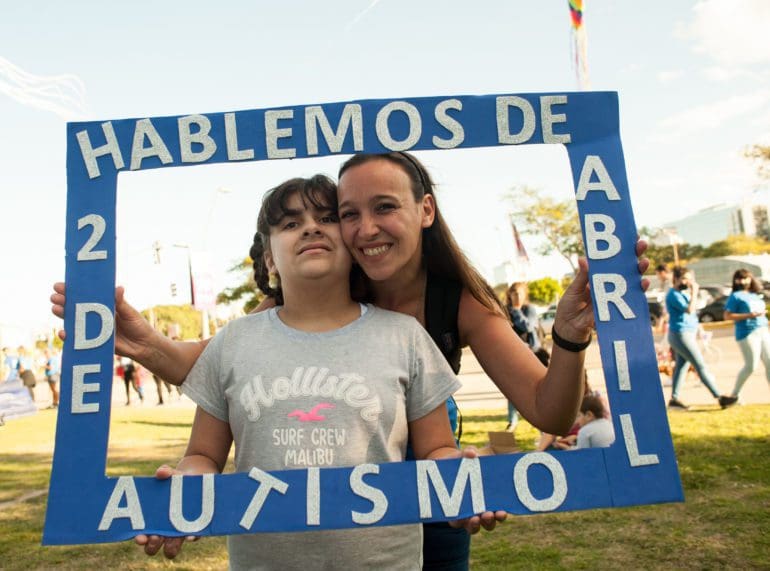
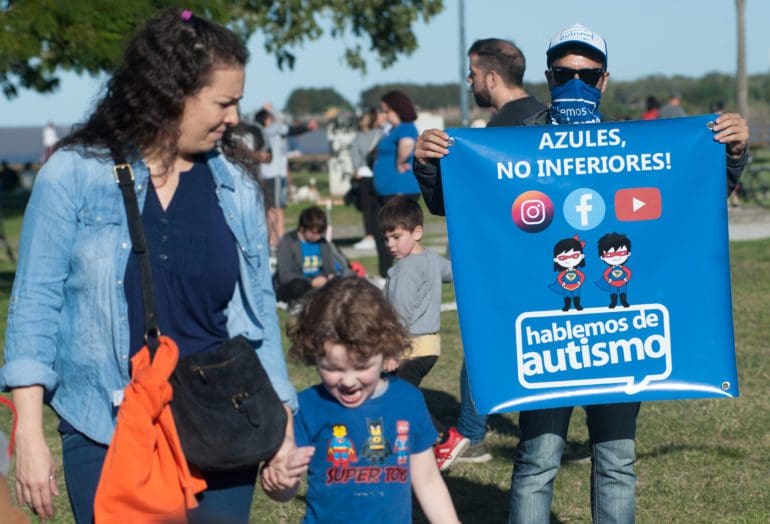
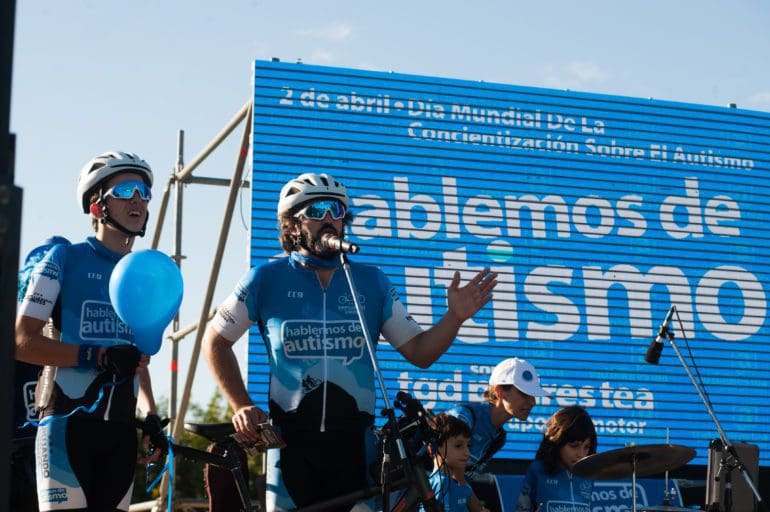



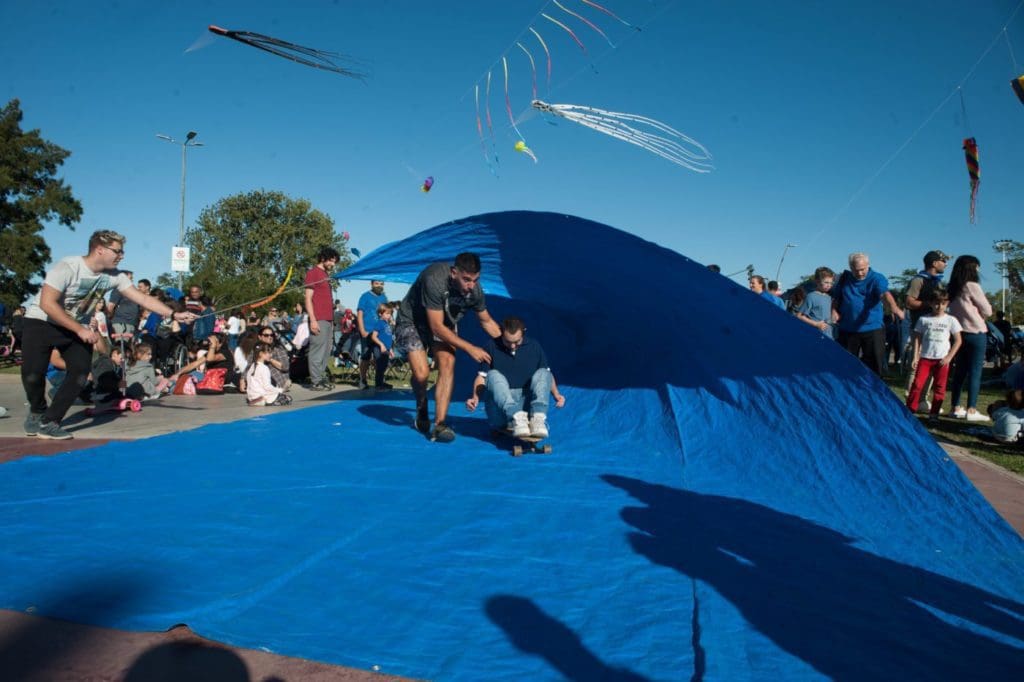
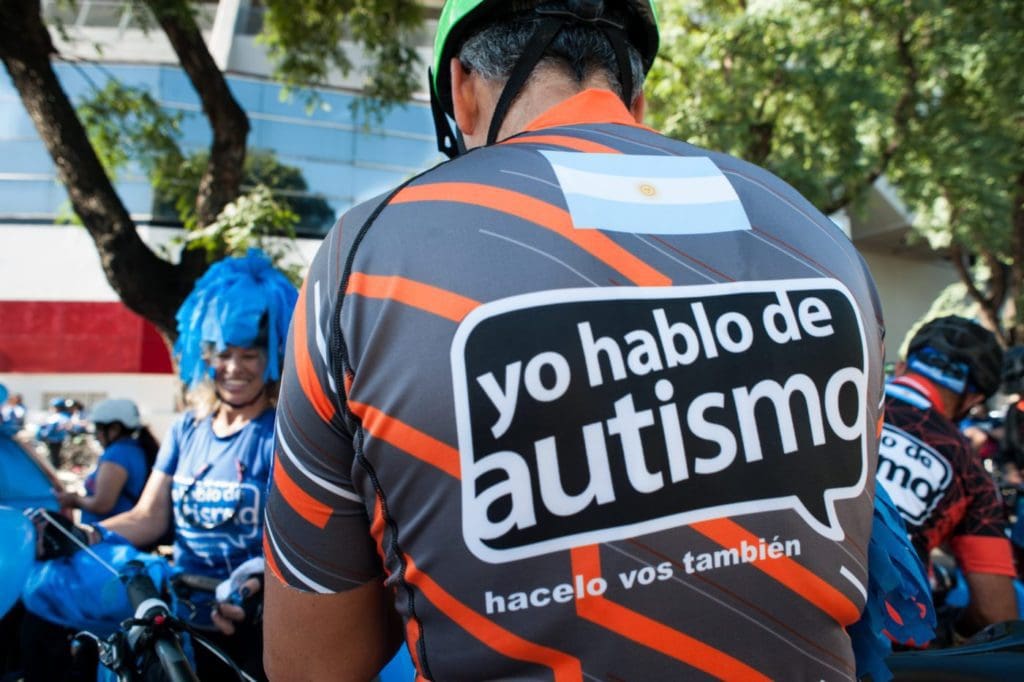
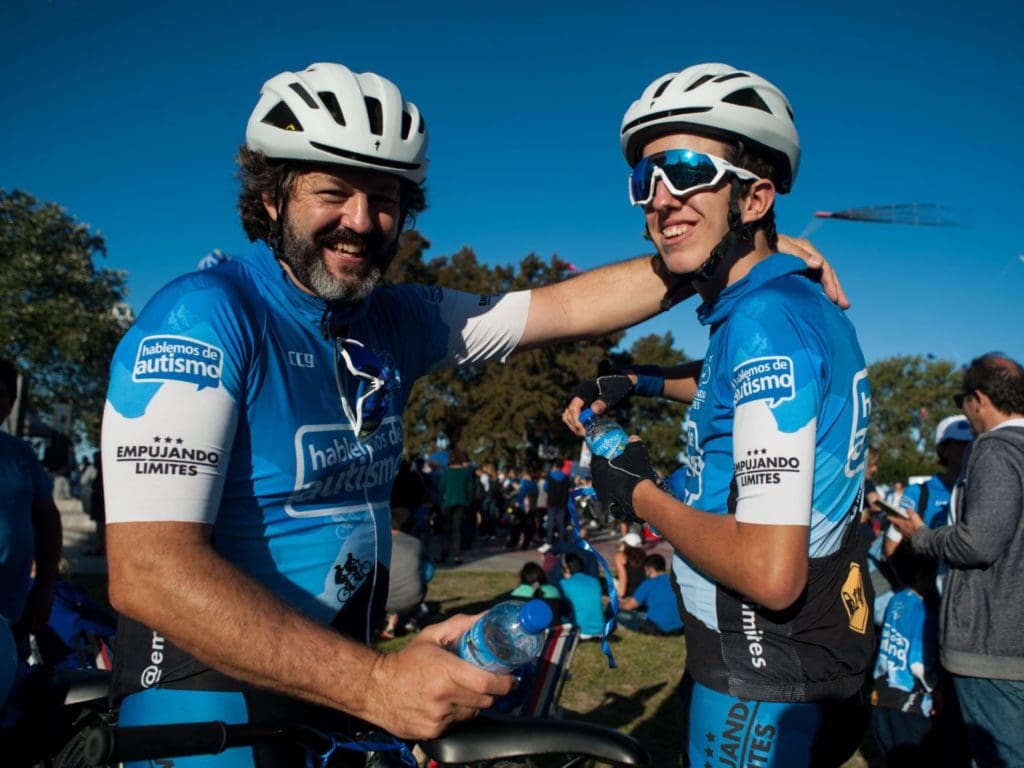
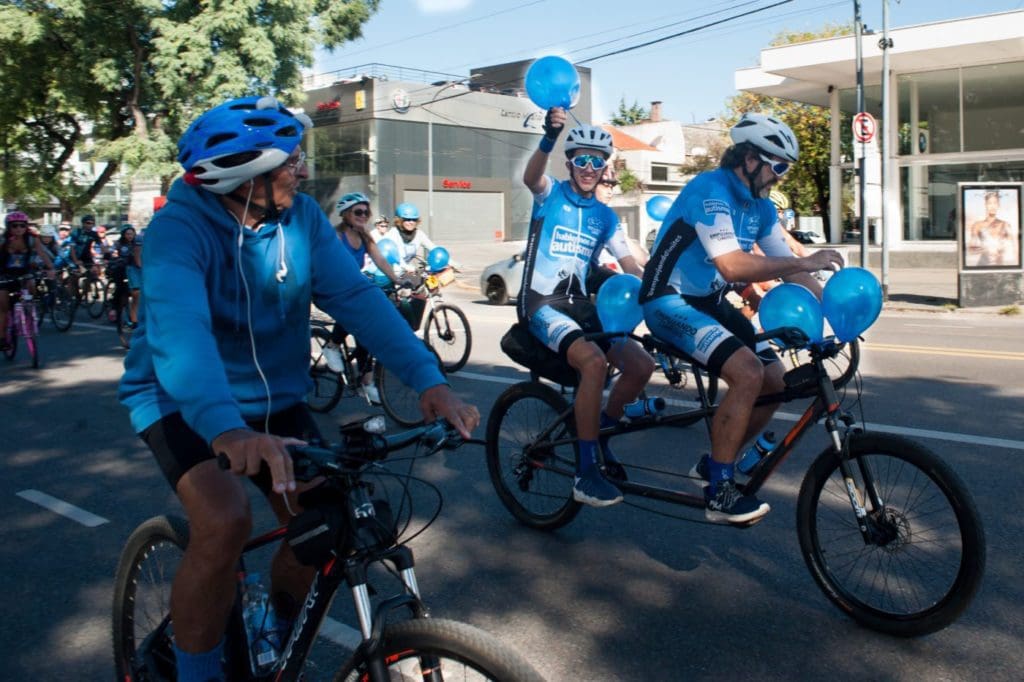
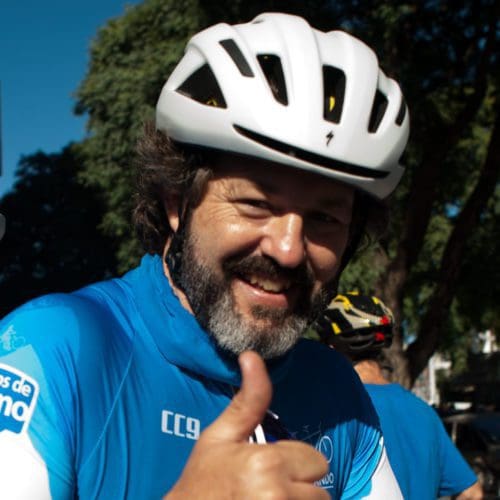
BUENOS AIRES, Argentina—Becoming a father changes all your priorities. When my daughter Anita was born, I felt a happiness beyond anything I could have imagined; then Santiago arrived and ended up revolutionizing everything I thought I knew.
An autism diagnosis begins a new phase of life
We did not notice much of a difference between Santi and his sister at first, but when he was 10 months old, my psychologist sister alerted us that he was behaving differently than others his age. Diagnoses of developmental delay and hypothyroidism came next, followed by muscular hypotonia and finally, autism spectrum disorder (ASD).
Being told that my son had ASD marked a distinct before and after. It was no longer a matter of treating Santi’s various condition with medication and/or therapies; we had to transform our attitude as a family to generate positive changes in his life and how he experiences the world.
My first priority was to connect to Santi’s world. I first tried to do this through “floor time,” a therapy where I would lay on the floor and look into his eyes for hours at a time. Then, my thoughts moved to exercise, hoping to find ways to connect and strengthen his body.
Discovering cycling as a link and method of improvement
Almost by chance, we found what unites us to this day and helps us push limits.
We played tennis at first—in our unique way, but we played. However, I noticed that he liked pedaling a bike much more. It generated a tremendous joy in him. I realized that I could spend much more time with him doing that activity, and that stoked a desire to do it in the best possible way.
He first started with a tricycle, with me running after him. However, time passed, Santi grew, and eventually the wheels exploded from his weight.
We taught him to ride a bicycle alone, a challenging task. I didn’t know what to do or say to trigger his enthusiasm and desire to do it, until one day, when he was about 7 years old, I told him without really thinking, “Santi, you have to learn to ride a bicycle alone because when you turn 15 we are going to cross the Andes mountain range and reach the Pacific Ocean.”
I don’t know if he understood the magnitude of the challenge—in fact, I don’t even think I really understood—but it motivated us both.
The final piece to the puzzle: a tandem bicycle
At 12, Santi had largely mastered riding a bike. However, one small detail made riding and training difficult: he was not interested in using the brakes. He loved the feeling of the wind in his face and discovering the new places that awaited him ahead—his interests did not include braking and bringing all that to an end.
We adapted though, and I fashioned a sort of hand brake attached to the back of his bike that I could operate. Although I was never very sporty, I accompanied him on rides daily to be able to bring him to a stop if needed.
One day, I met a local tour guide at a gathering of parents at my daughter’s school. I told him about my idea of crossing the Andes with Santi and expressed my doubts that we could ever make it happen. He replied that he had crossed the Andes with a blind person.
I felt astonished—understanding that such a trip was possible for others with disabilities opened up a whole new world of expectations for me. That’s how I learned of tandem or double bicycles, which allow two riders to cycle together on the same bike.
Overcoming unexpected challenges
Excited about our new discovery, we hit another barrier; in Argentina, tandem bikes were difficult to find, as well as expensive and heavy.
However, the coastal area of Miramar is known for unique bikes. We went there and rented a tandem whenever we could, pedaling that heavy and unfriendly bike up and down the coast.
I realized how good it was for him. Yes, it helped his muscular development, but much more importantly it finally connected with his inner world.
We fundraised and finally managed to buy a double bike, adapting it for our future journey. With much effort and training—logging 80 kilometers (50 miles) every weekend—we eventually met our goal and achieved our challenge.
Empujando Límites is Born
While an amazing physical accomplishment, seeing my son gain confidence during our miles of pedaling meant much more to me. The experience taught me something crucial: fears do not go away, but we can learn to tolerate and challenge them.
I knew I couldn’t keep this discovery to myself—I wanted to spread the word about what we had found on our tandem bicycle. I wanted to share our newfound connection, my son’s confidence, this inclusive sport that welcomed all, regardless of disability. Thus, Empujando Límites (Pushing Limits Civil Association) was born, for the inclusion in cycling of people with disabilities and their families.
All photos by Jaime Andrés Olivos






